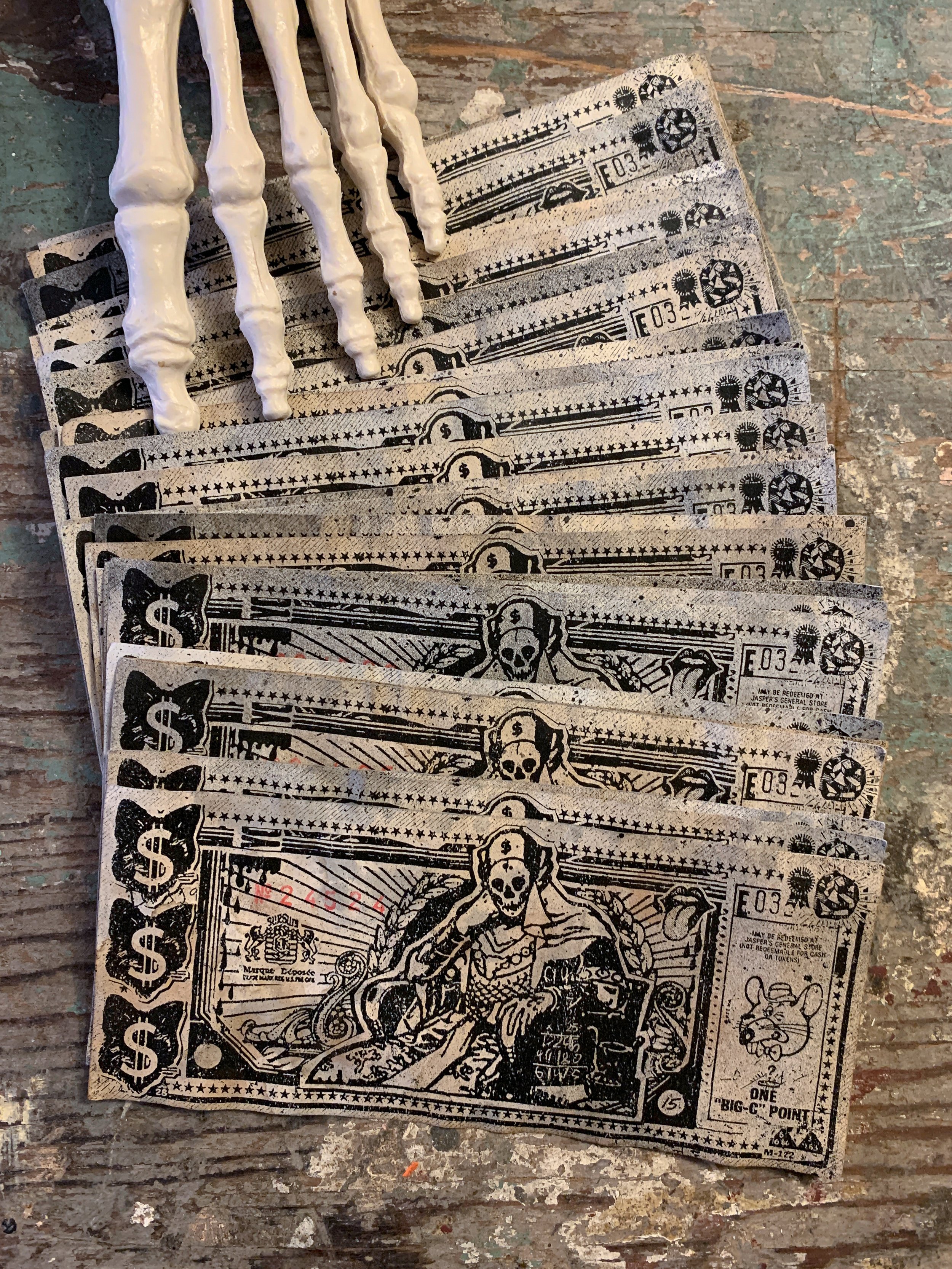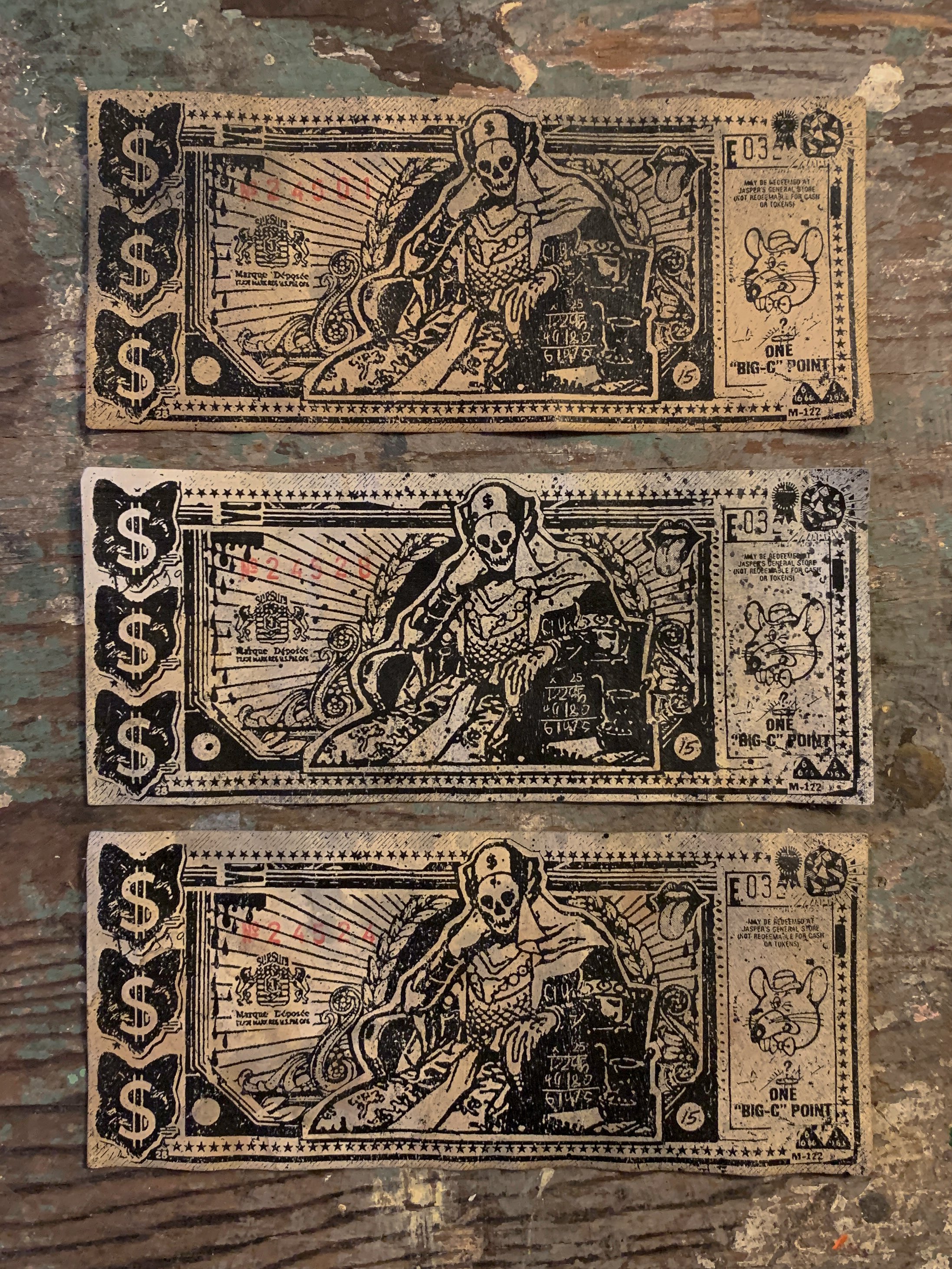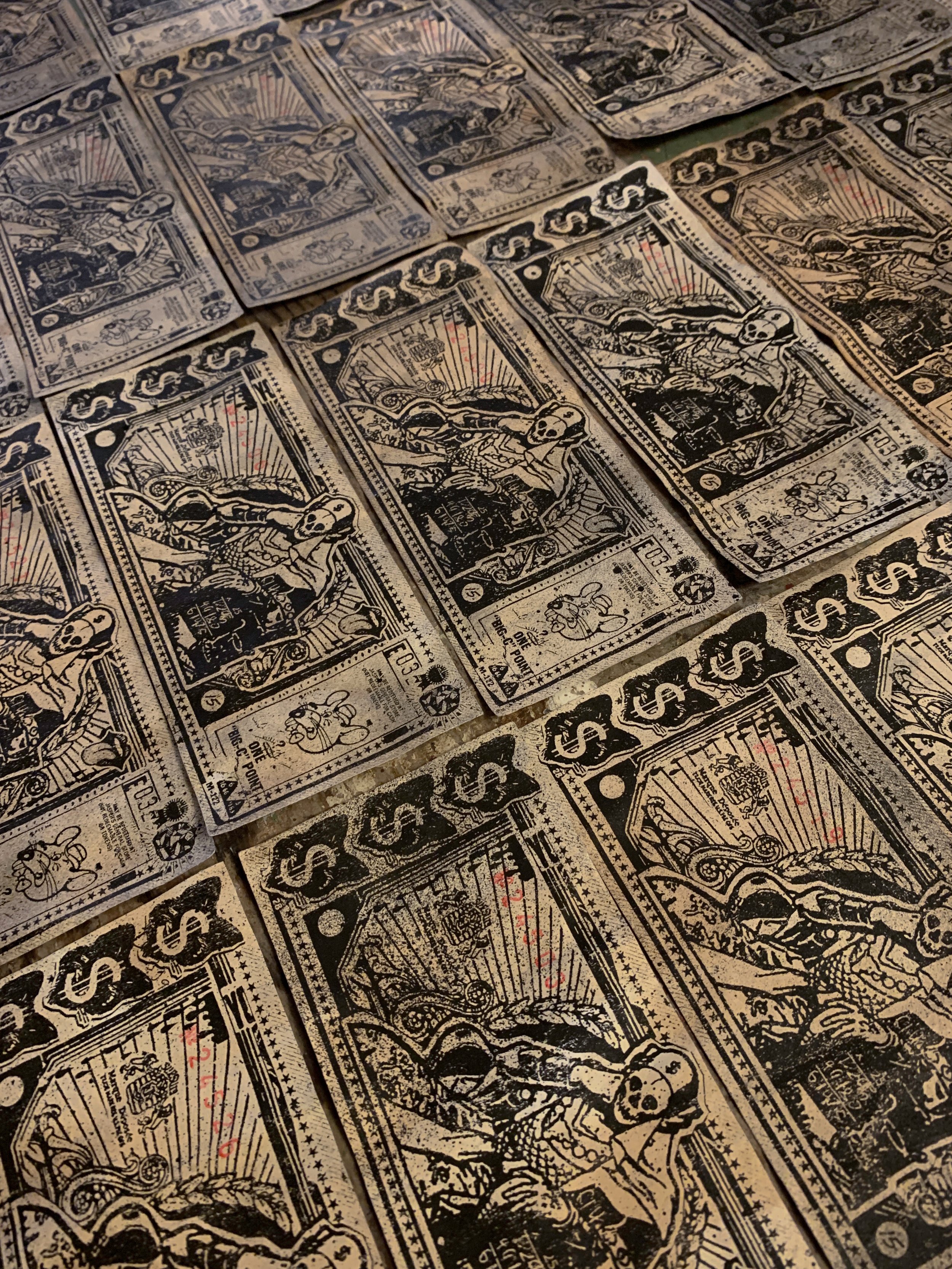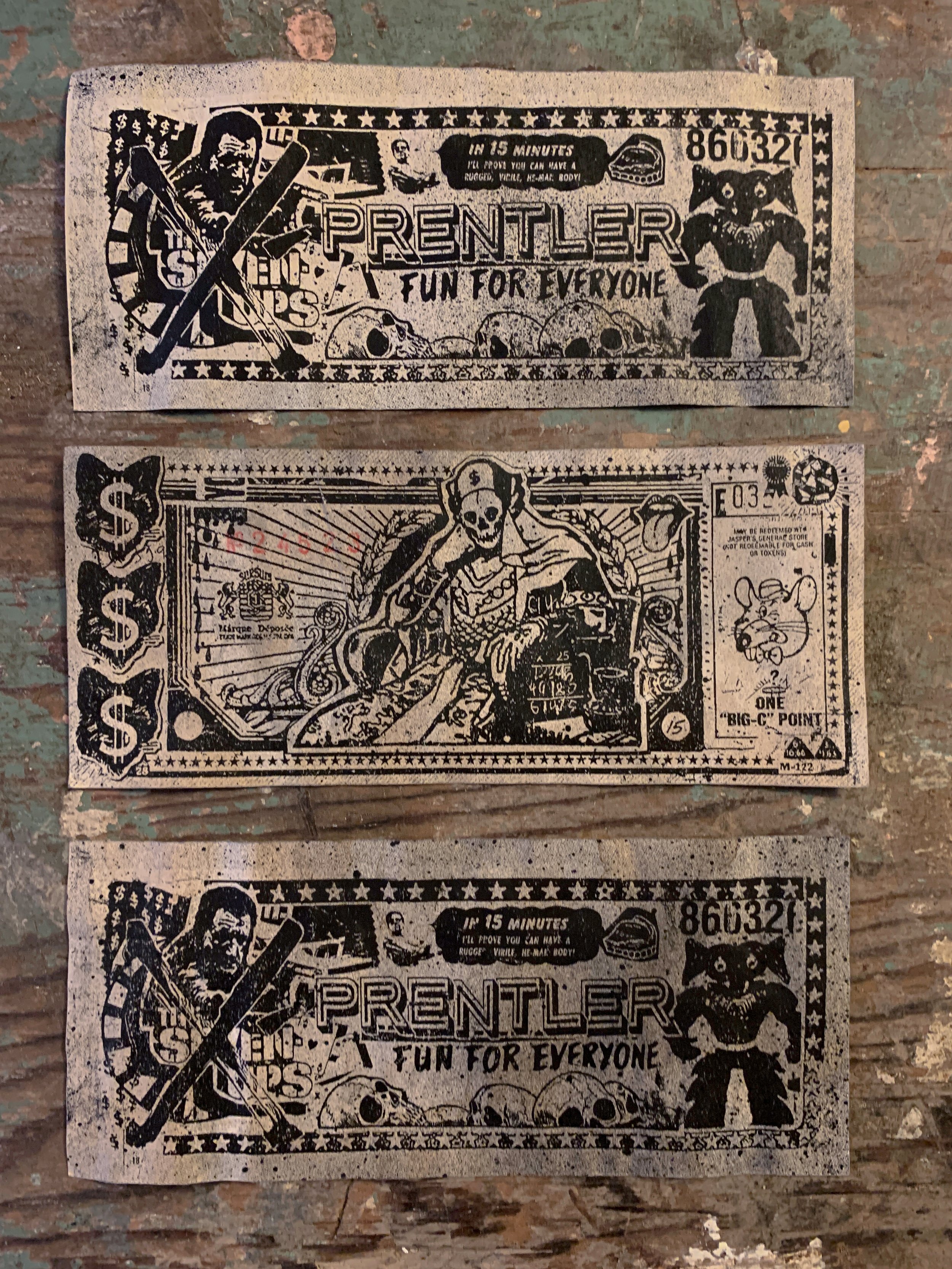<<Behind the scenes>>
From start to finish, this project took about 7 weeks of production leading up to installation, and 2 weeks for editing photos, putting together the overall presentation and website. When I began, I really didn't have a full sense of what I was trying to achieve. I didn't think it would grow into a full show. It started when I was designing some fictional currency, just for fun. I tend to daydream when I’m in a creative flow, and the seed of the idea crept in while staining and distressing the fake money. My mind drifted: where could it have come from? How old was it? Thinking about all of the hands it has passed through, and how that would effect the wear of each bill.
The process of aging paper has alway been enjoyable to me. As a kid I’d make fake pirate maps, little books and other things using similar techniques. Even back then, I would imagine the backstory and feeling I was trying to create. Because I enjoy making work in a series, I wanted to create more things that connected to the backstory and world I was forming in my head.
<<< studio Madness >>>
Here’s a selection of photographs of the artwork coming together. I wish I had taken more, but in that stage of the process I was very focused on the making - days started flying by like minutes. Towards the end of the project, I was spending all available time getting things finished up, solving problems, and coordinating the installation. I do not recommend this work pace, as I was extremely exhausted and nearing burnout. I even questioned why I was doing this more than a few times. Luckily, I'm fairly good a quieting that inner-voice when it creeps in. My drive to finish the work carried me through the hardest few days before installing the show. It also helped knowing I had some much needed down time to look forward to when it was all over.
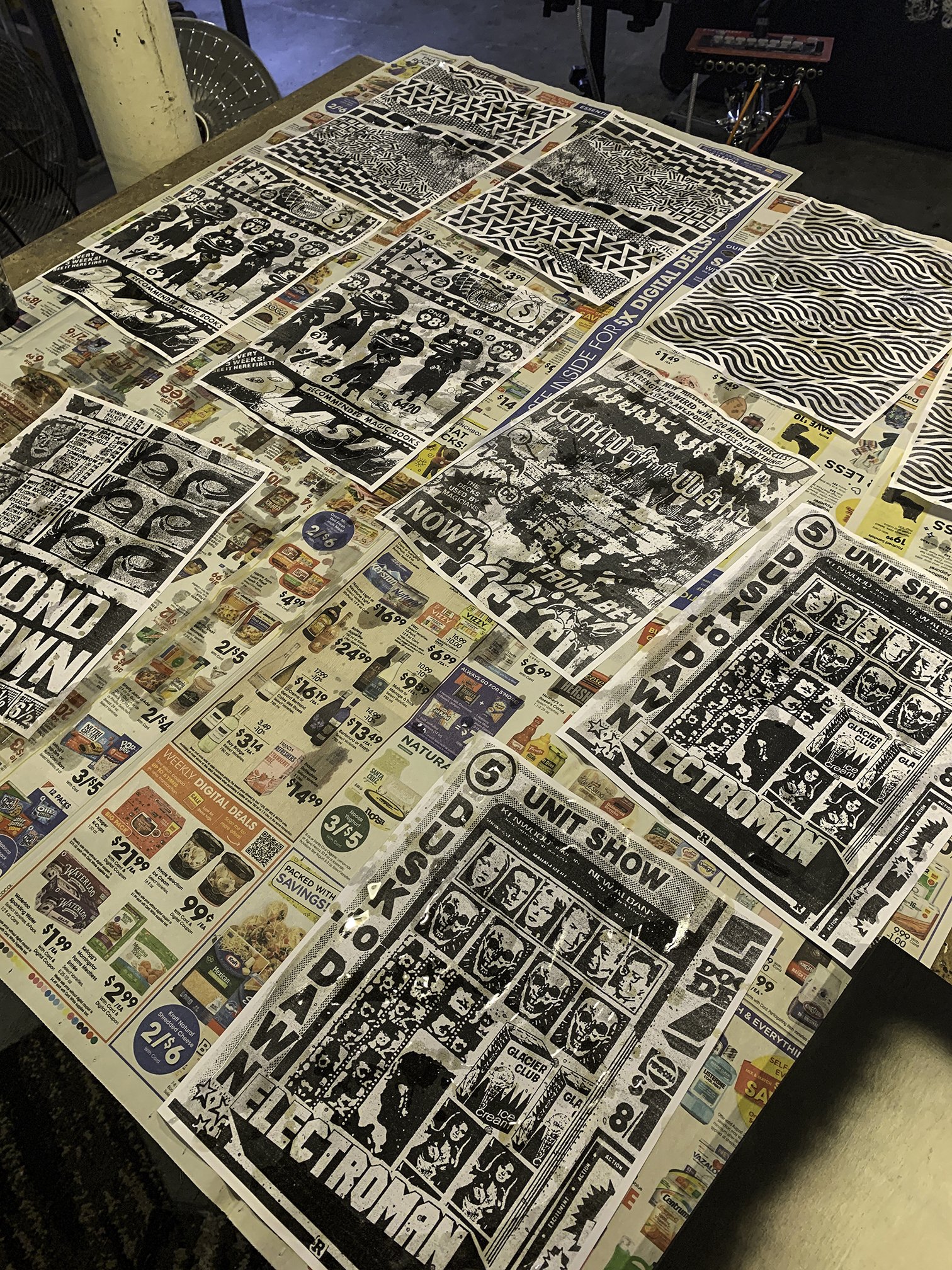
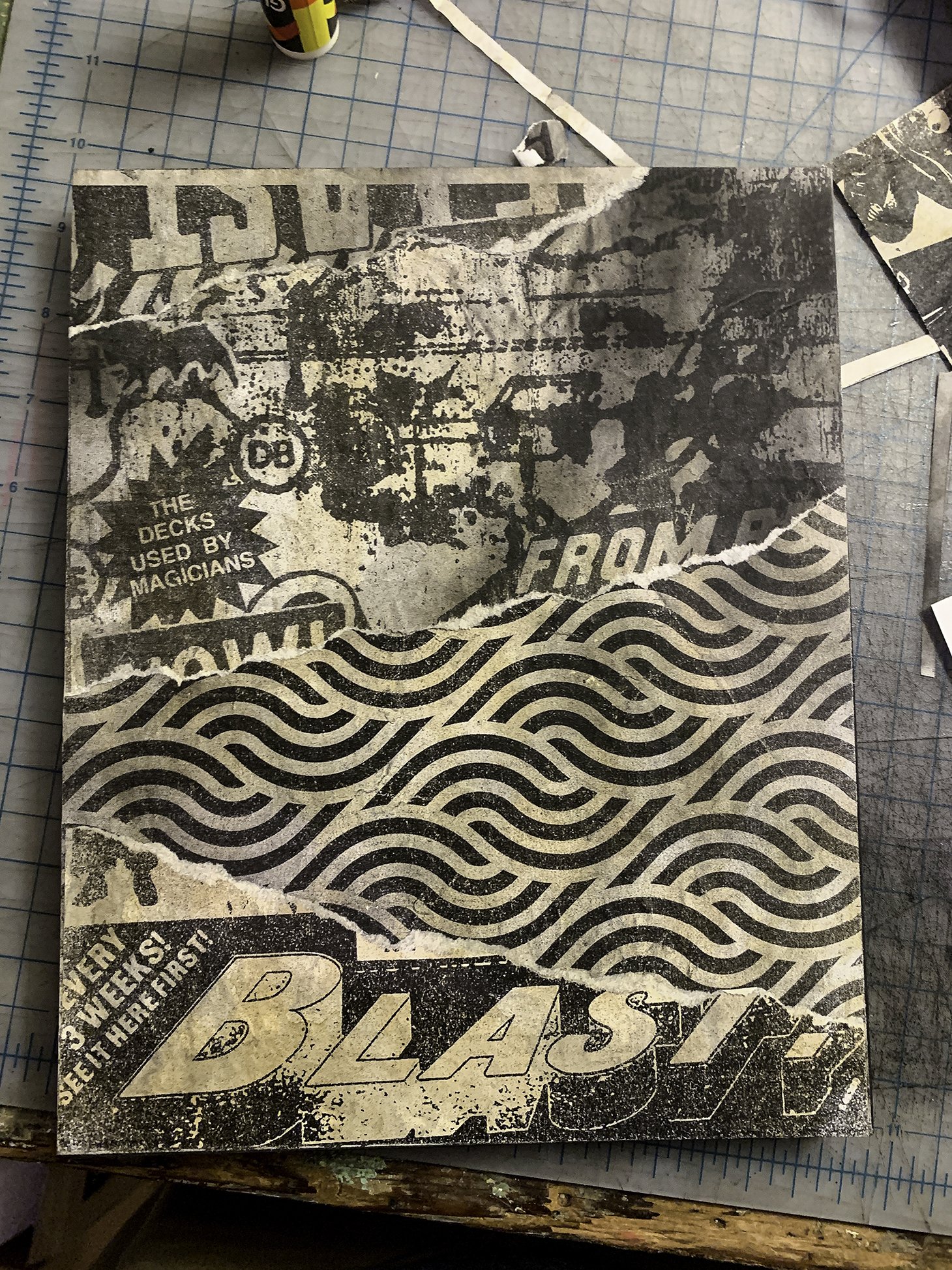
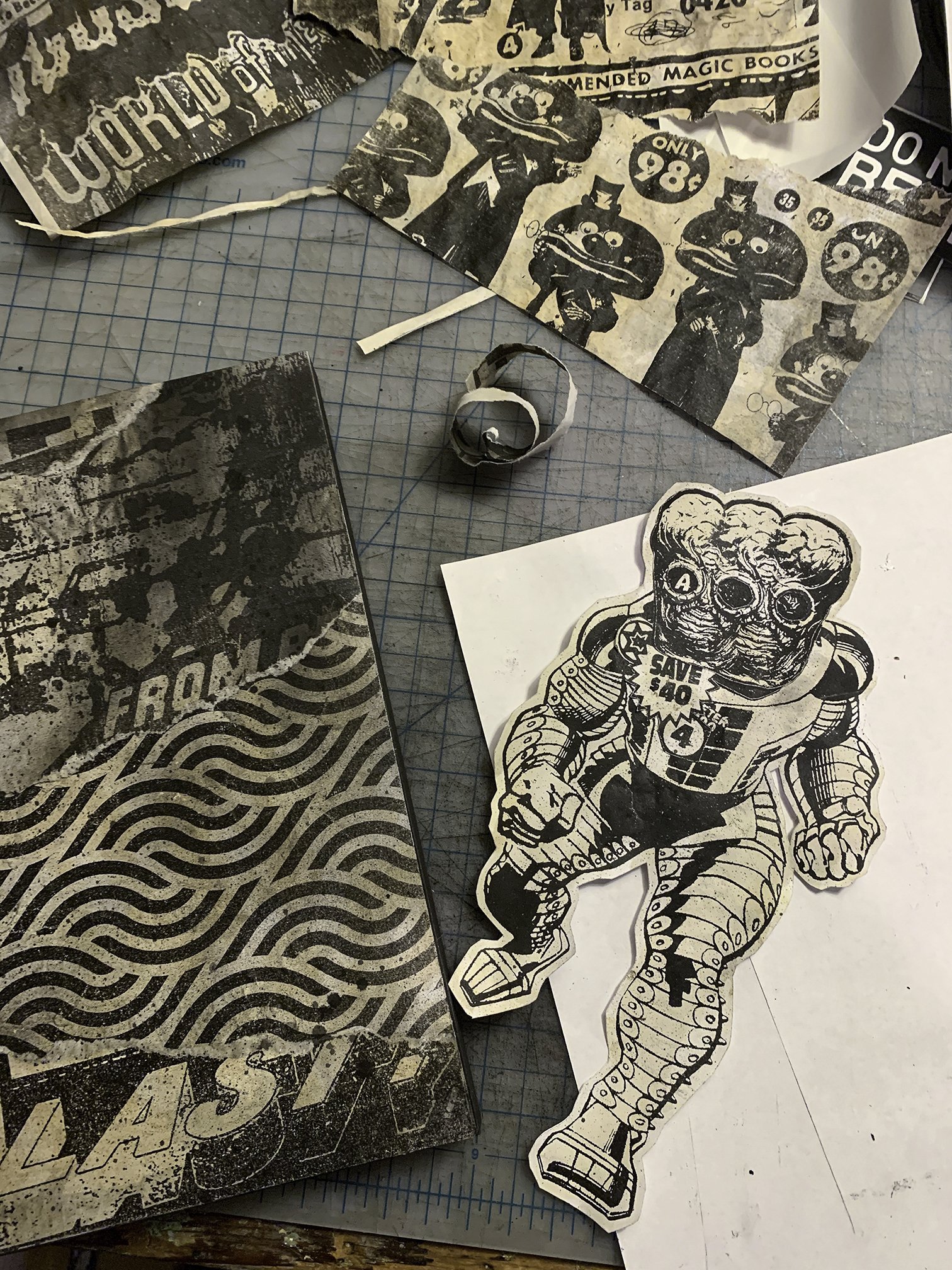
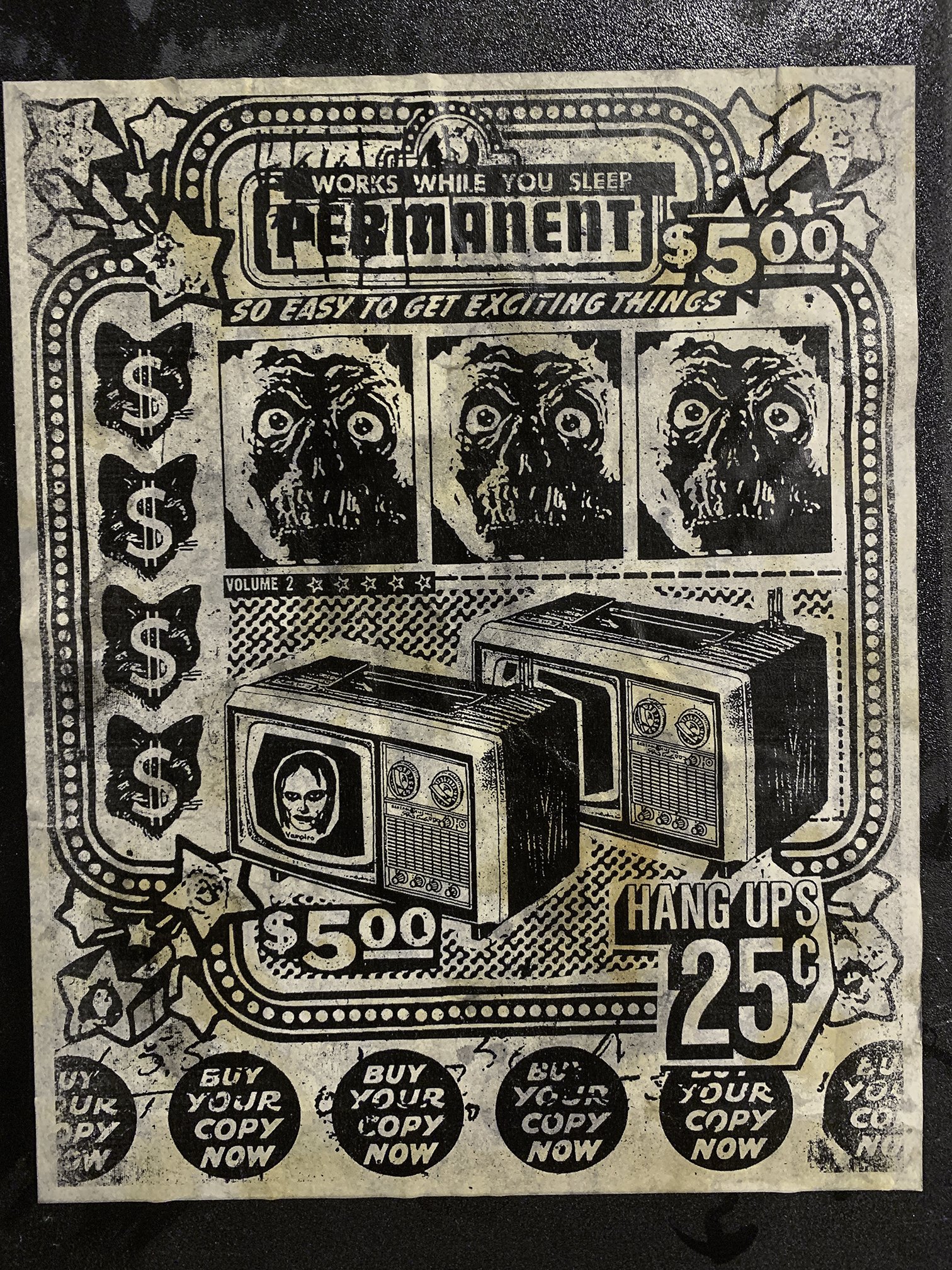
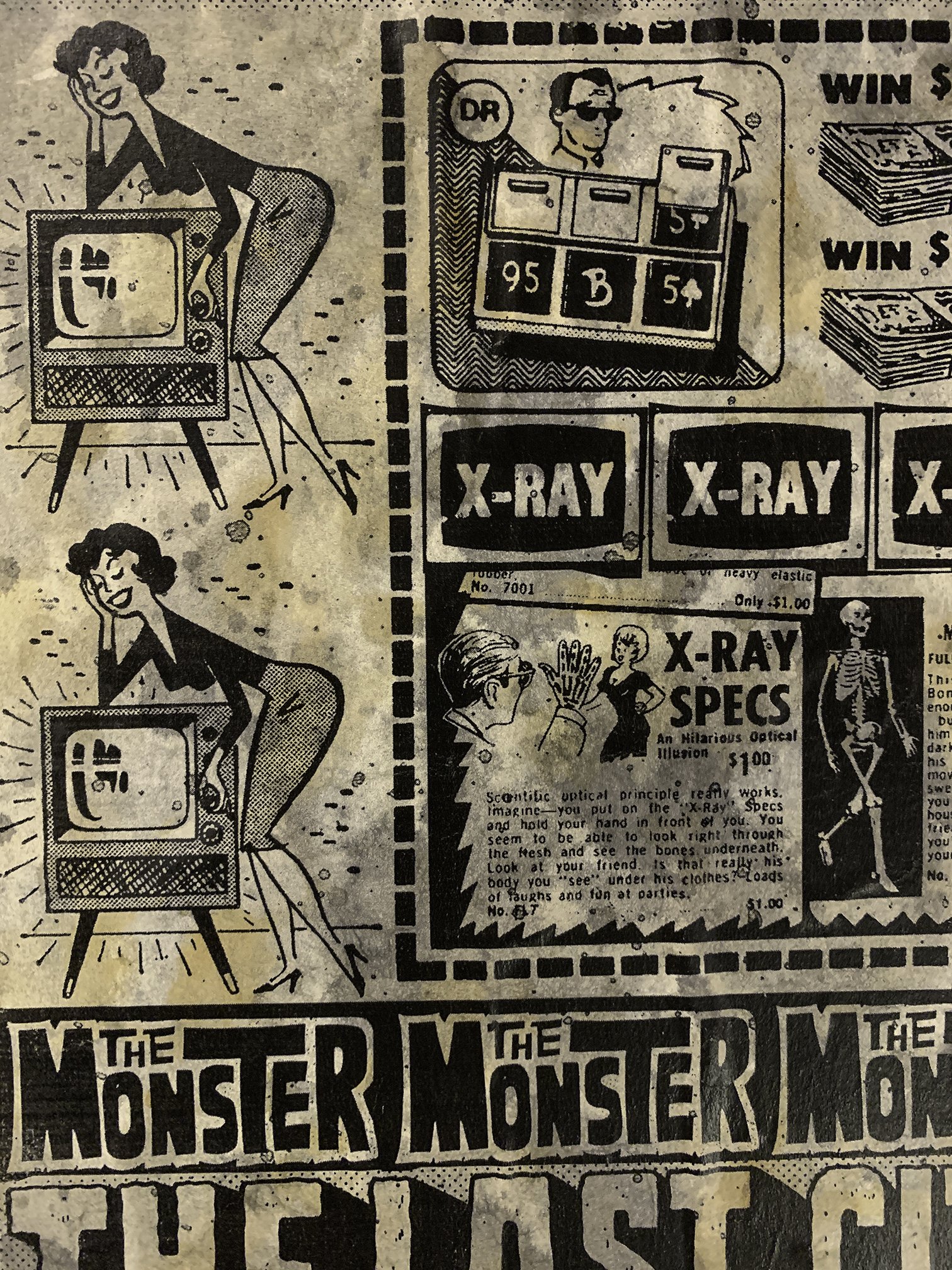

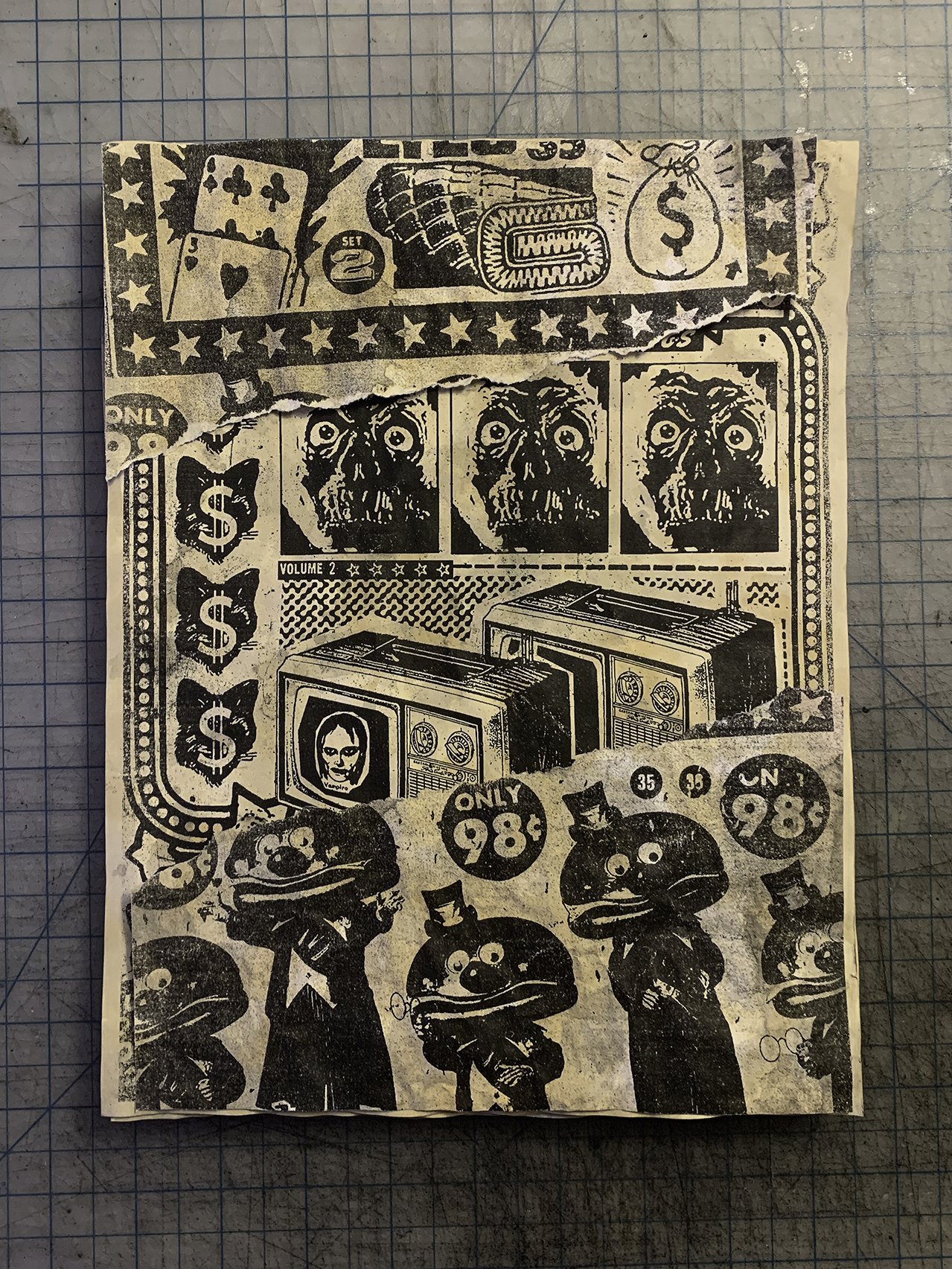
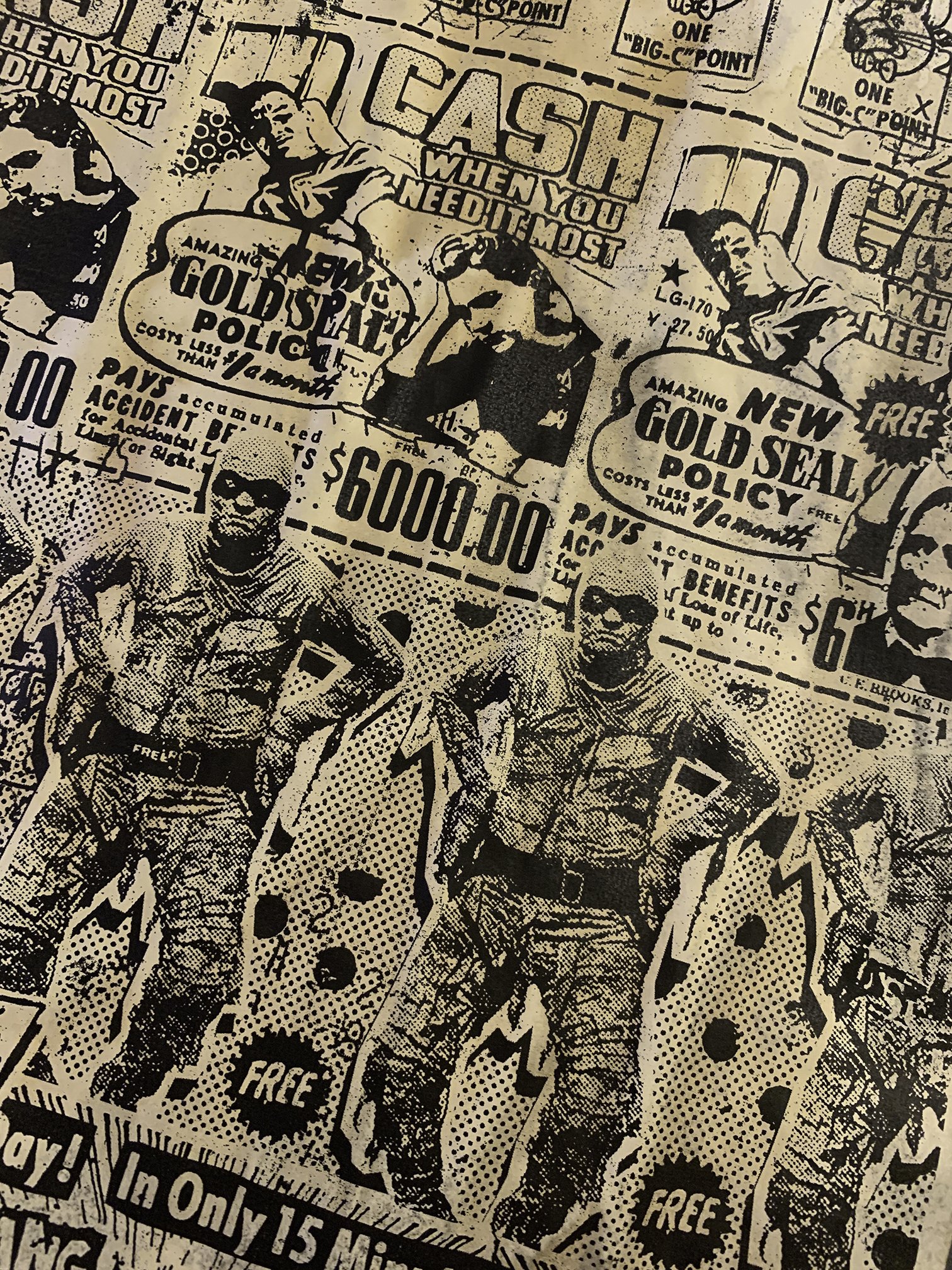
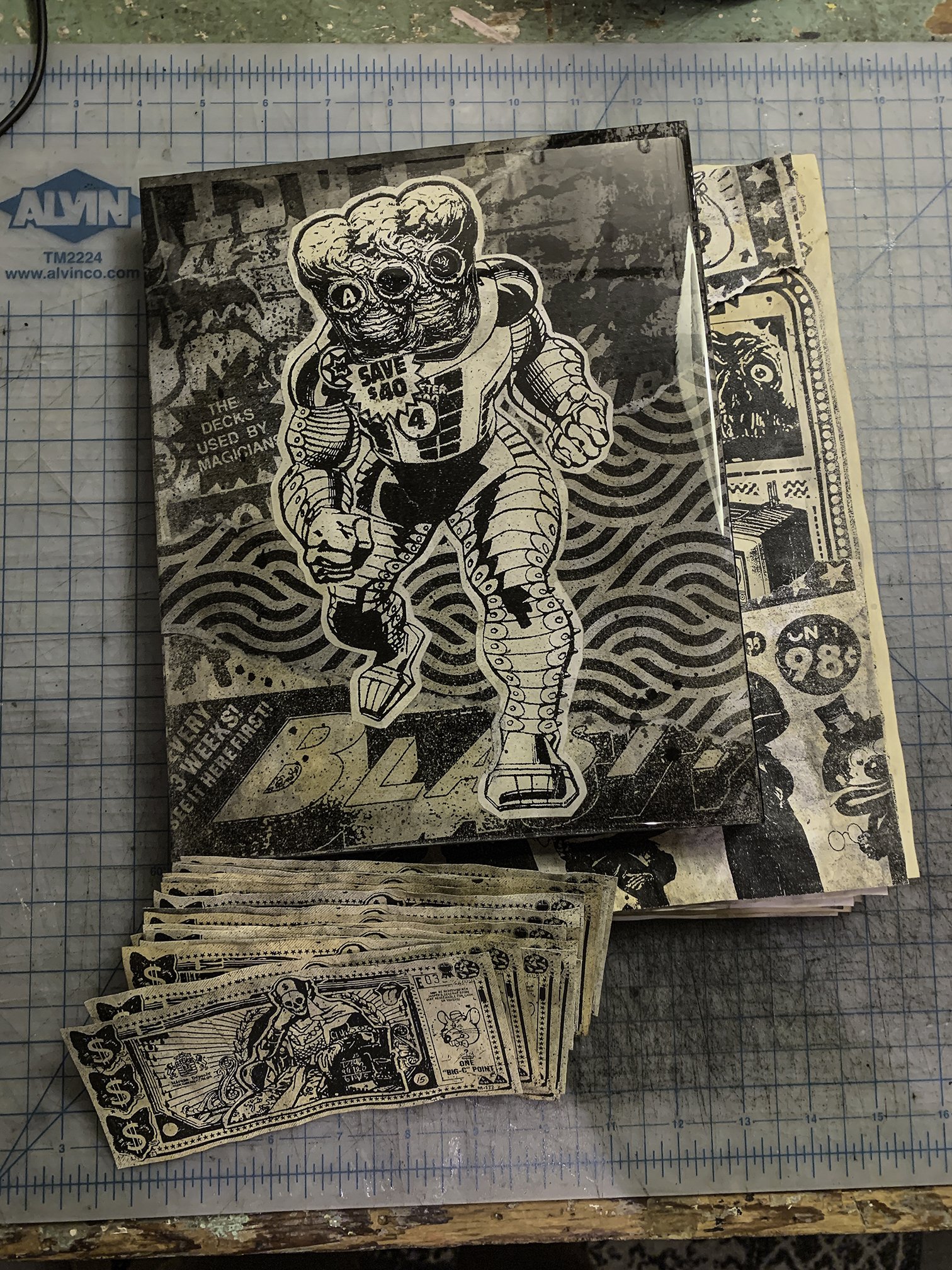
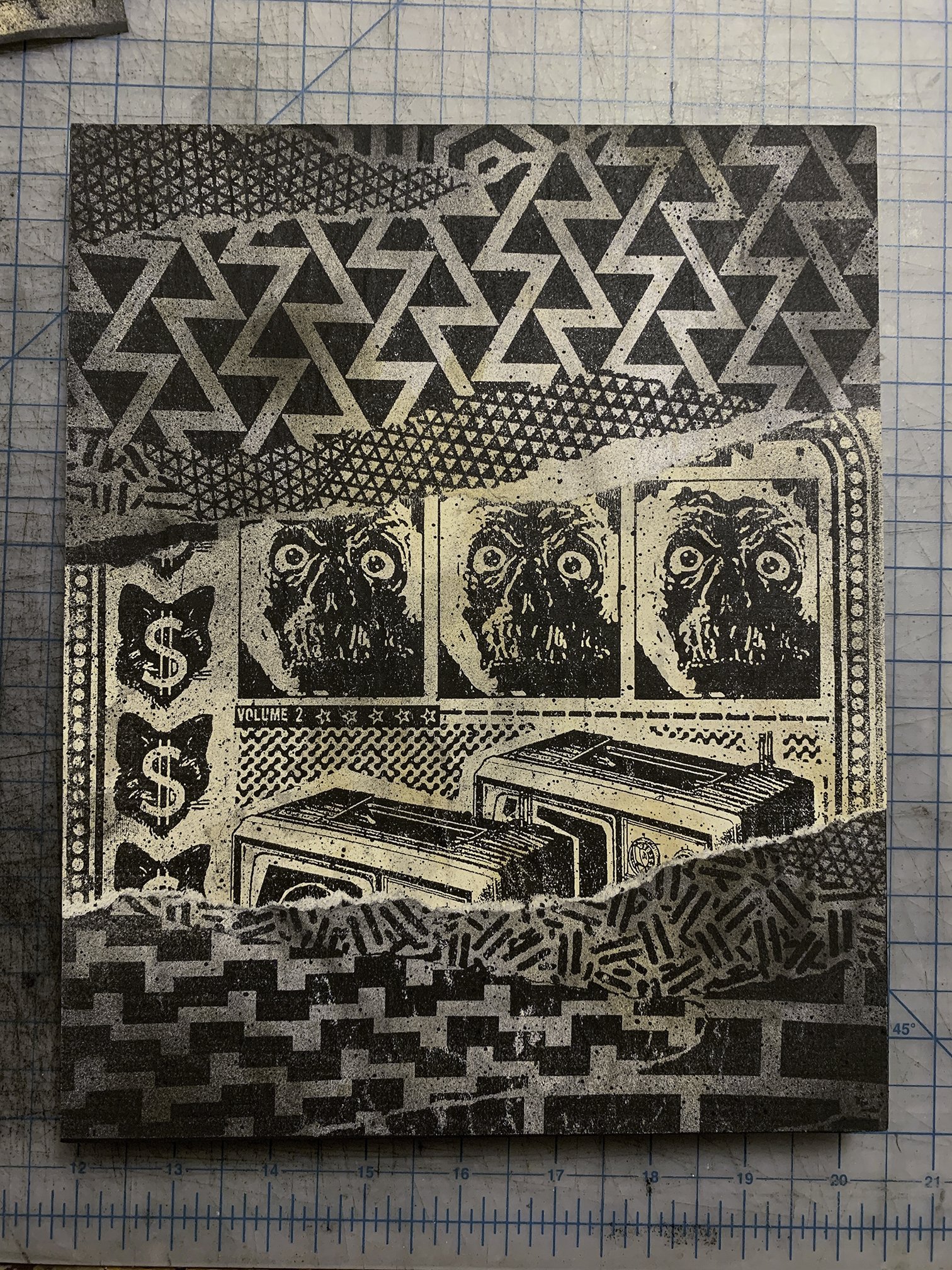
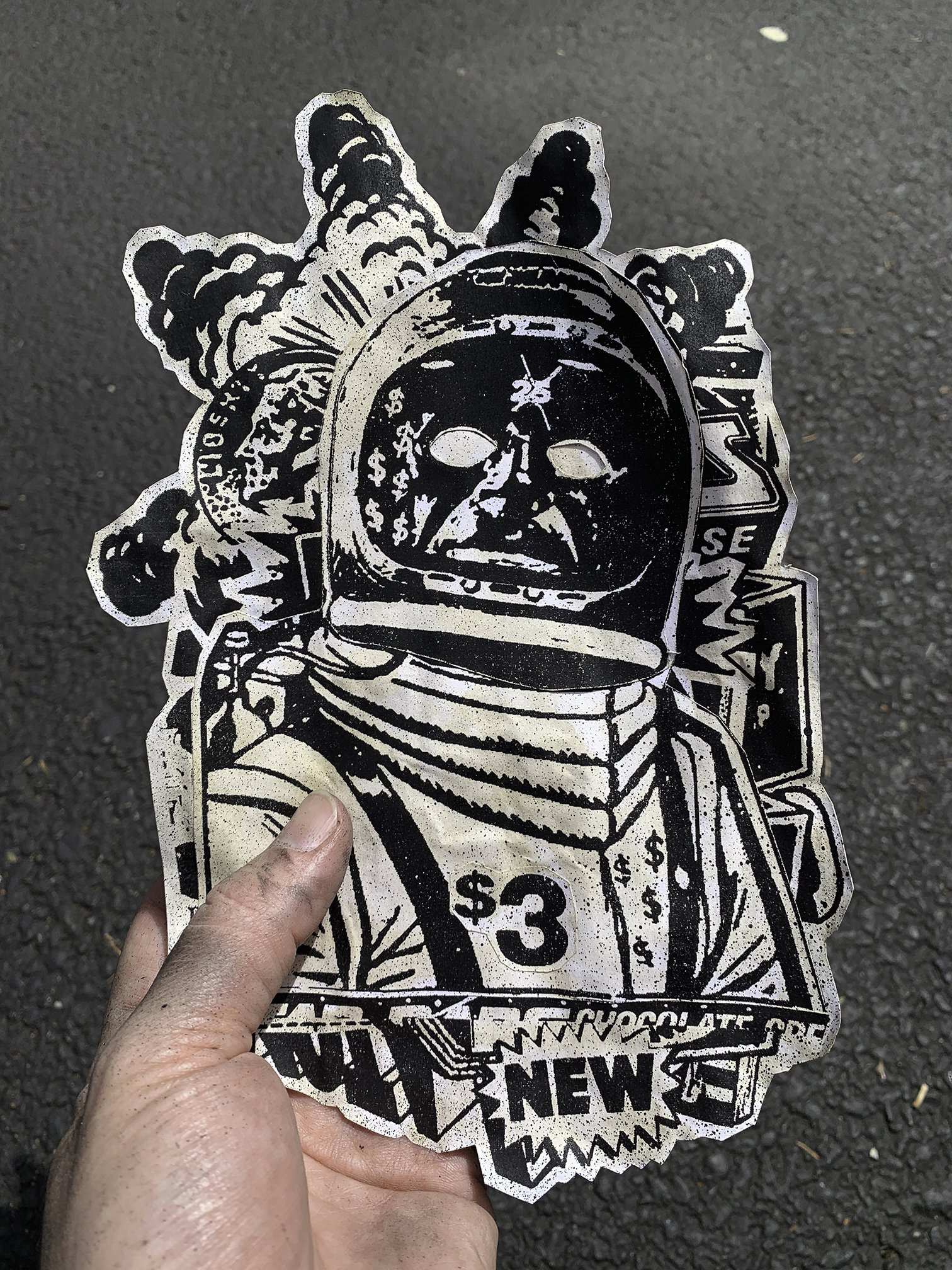
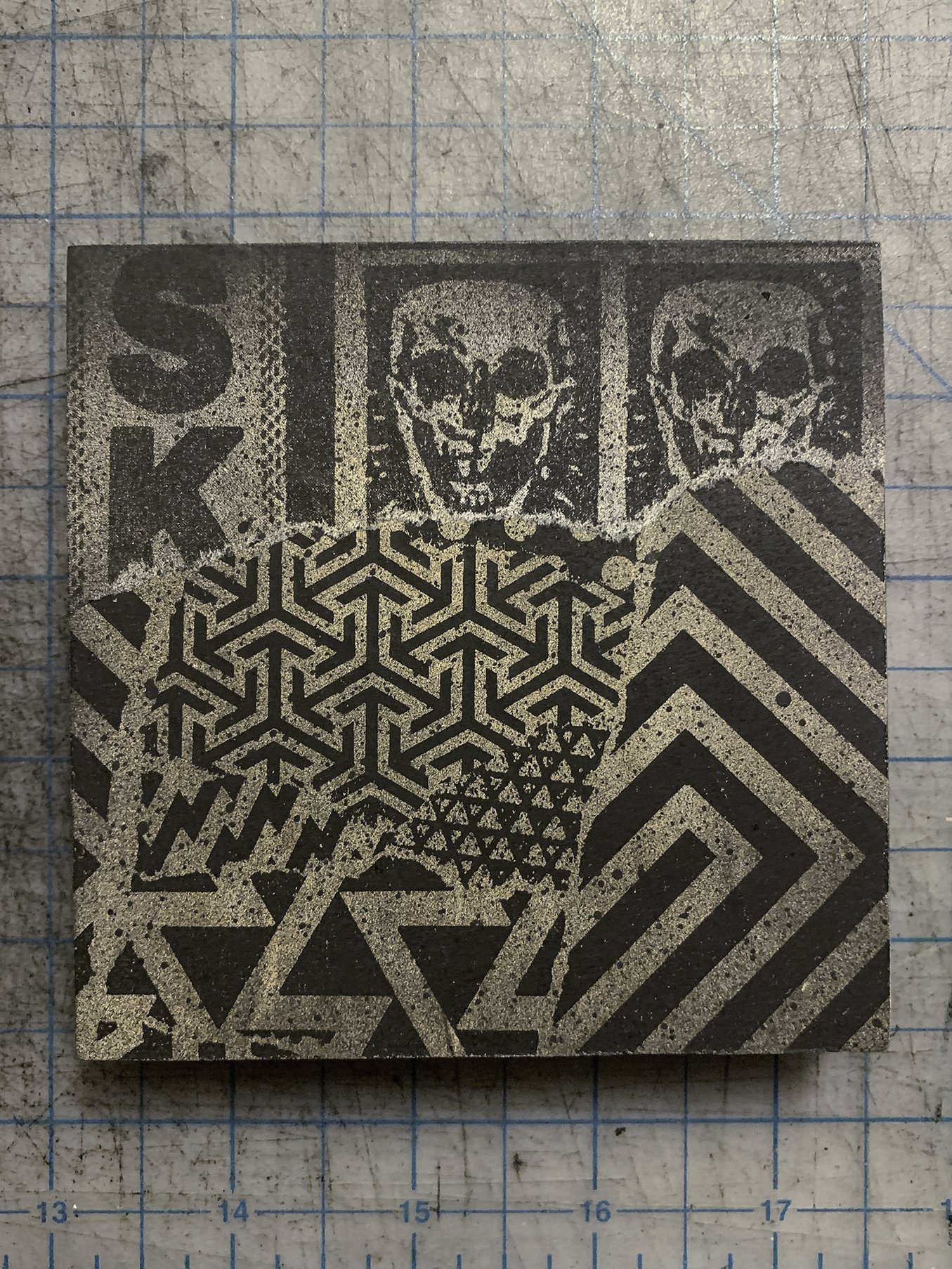
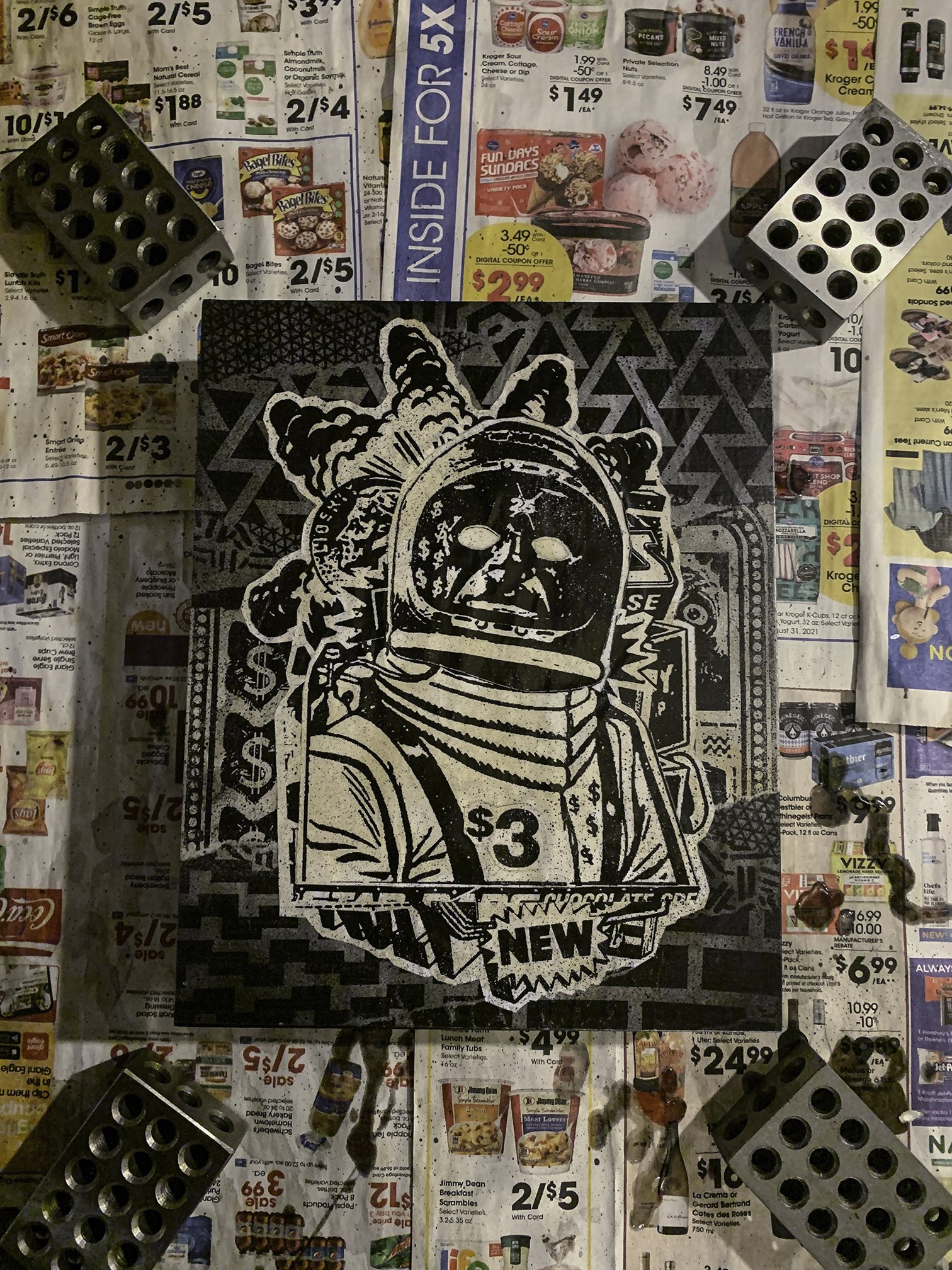
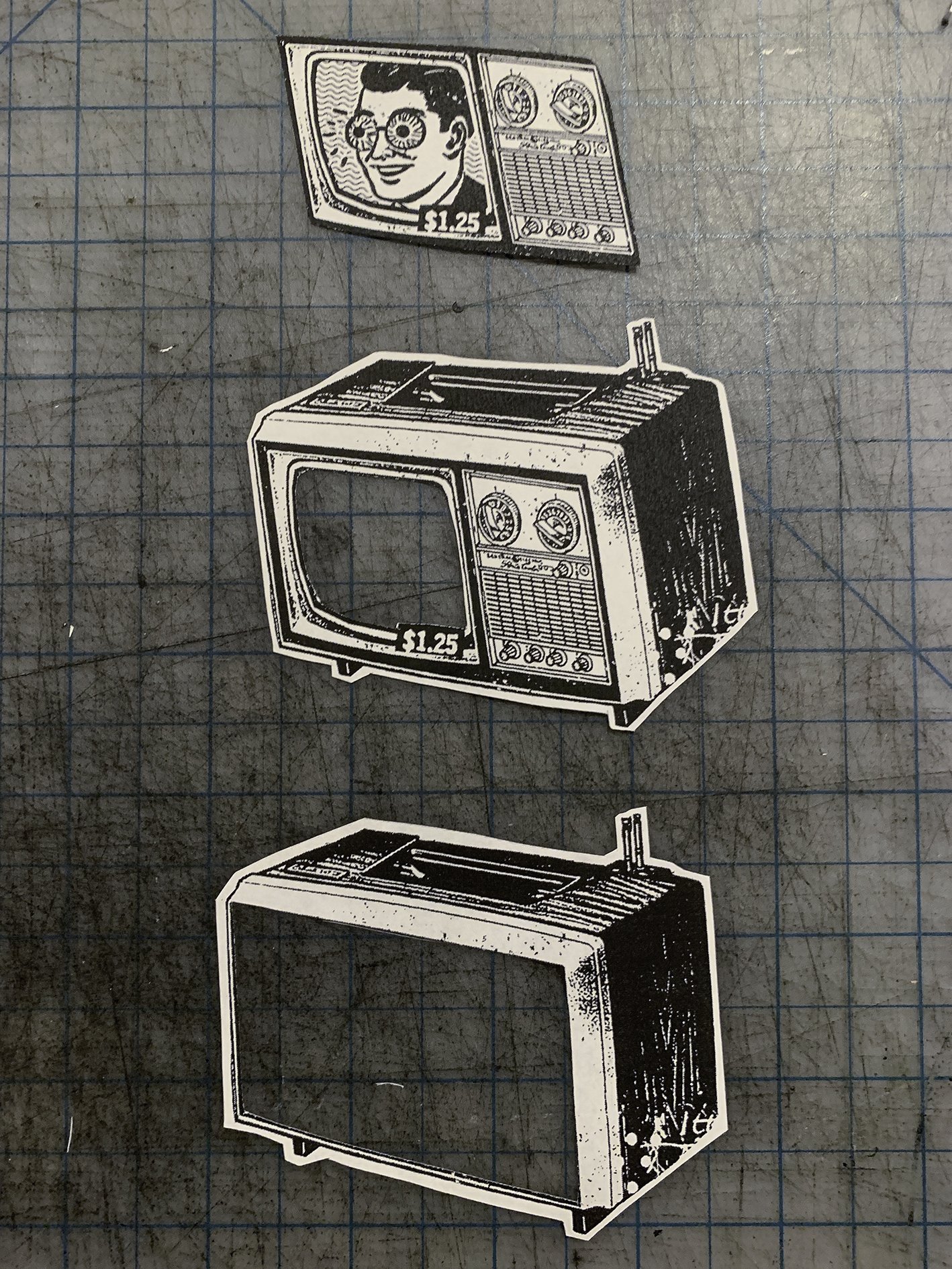
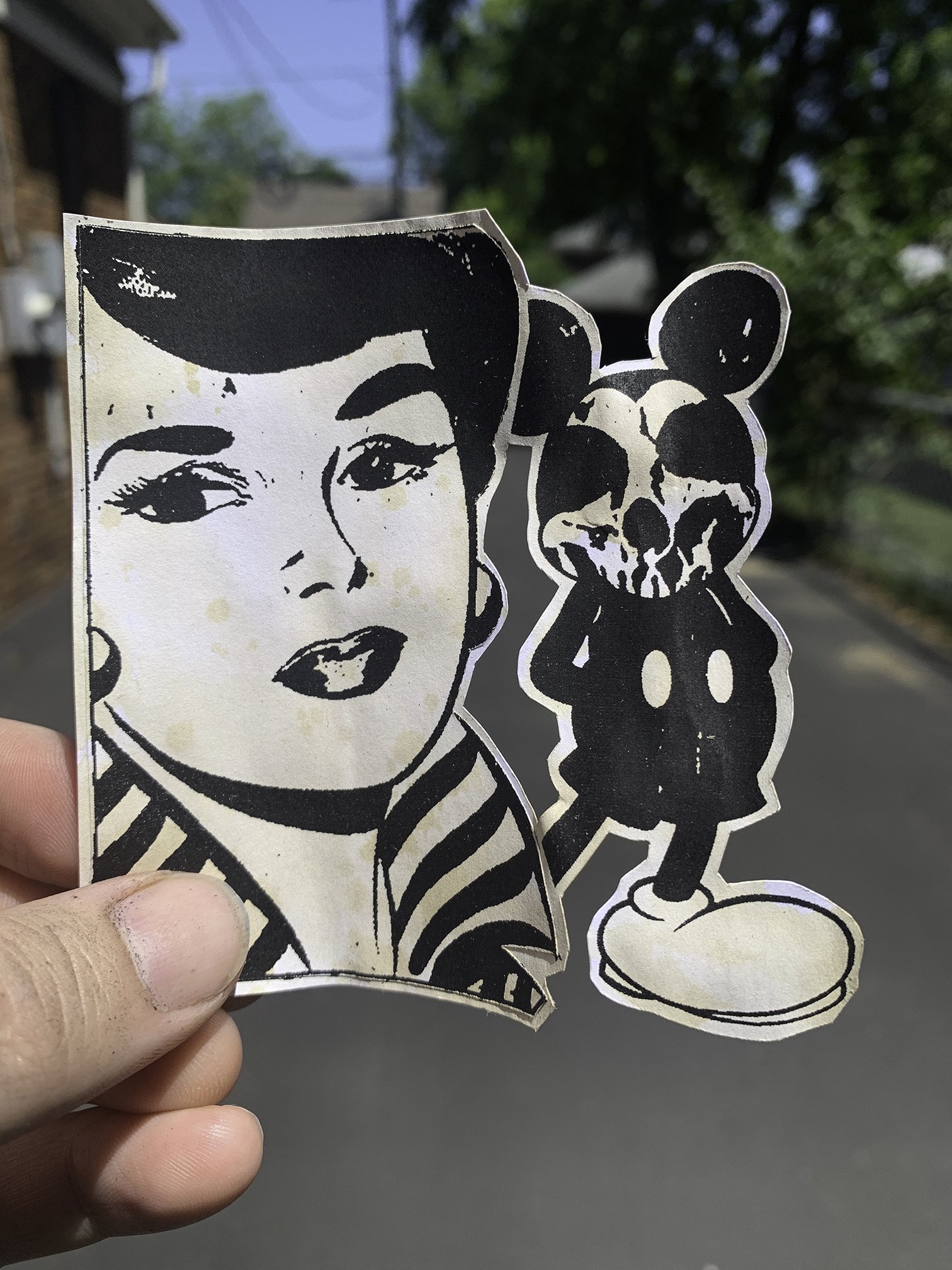
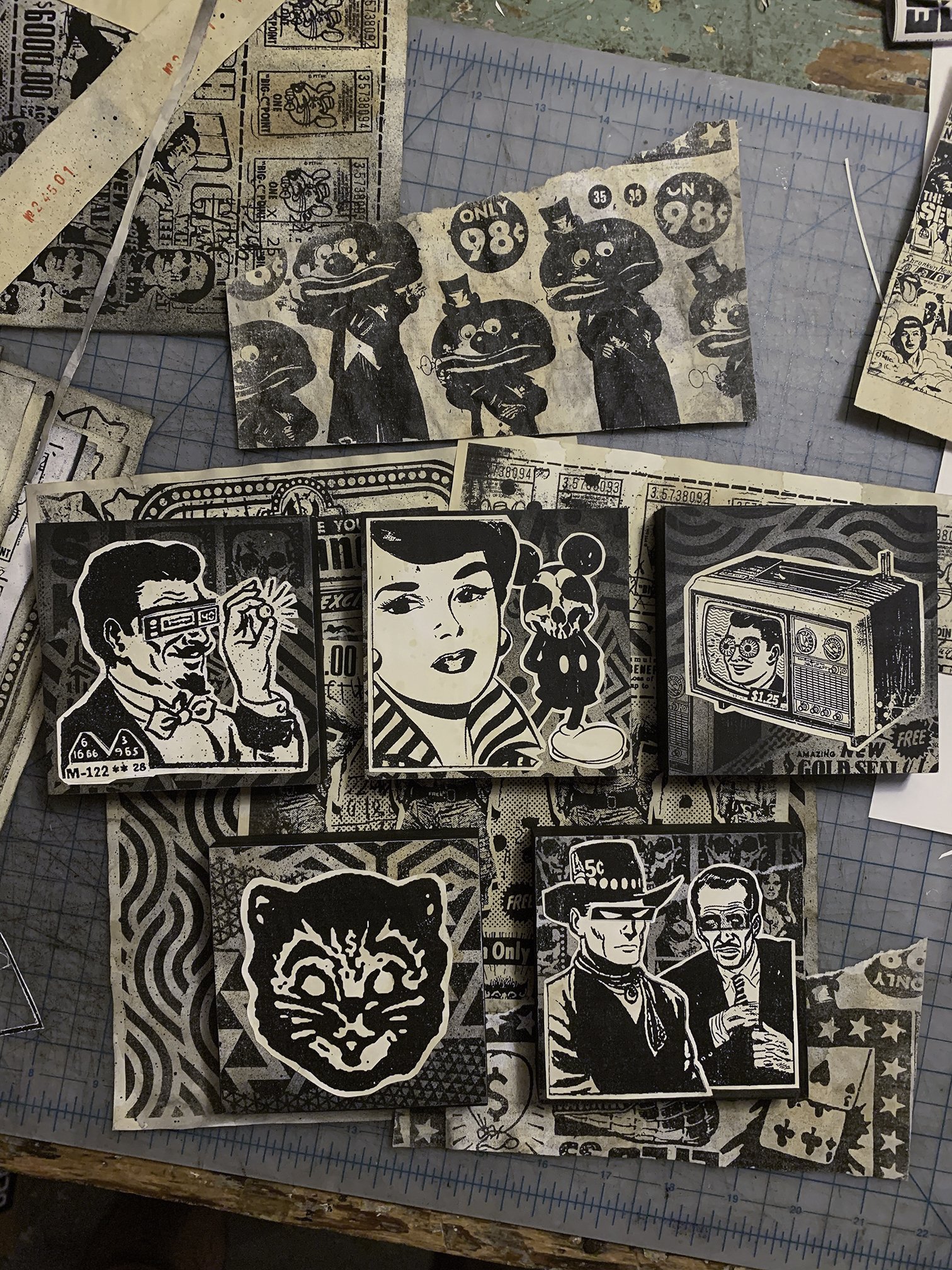
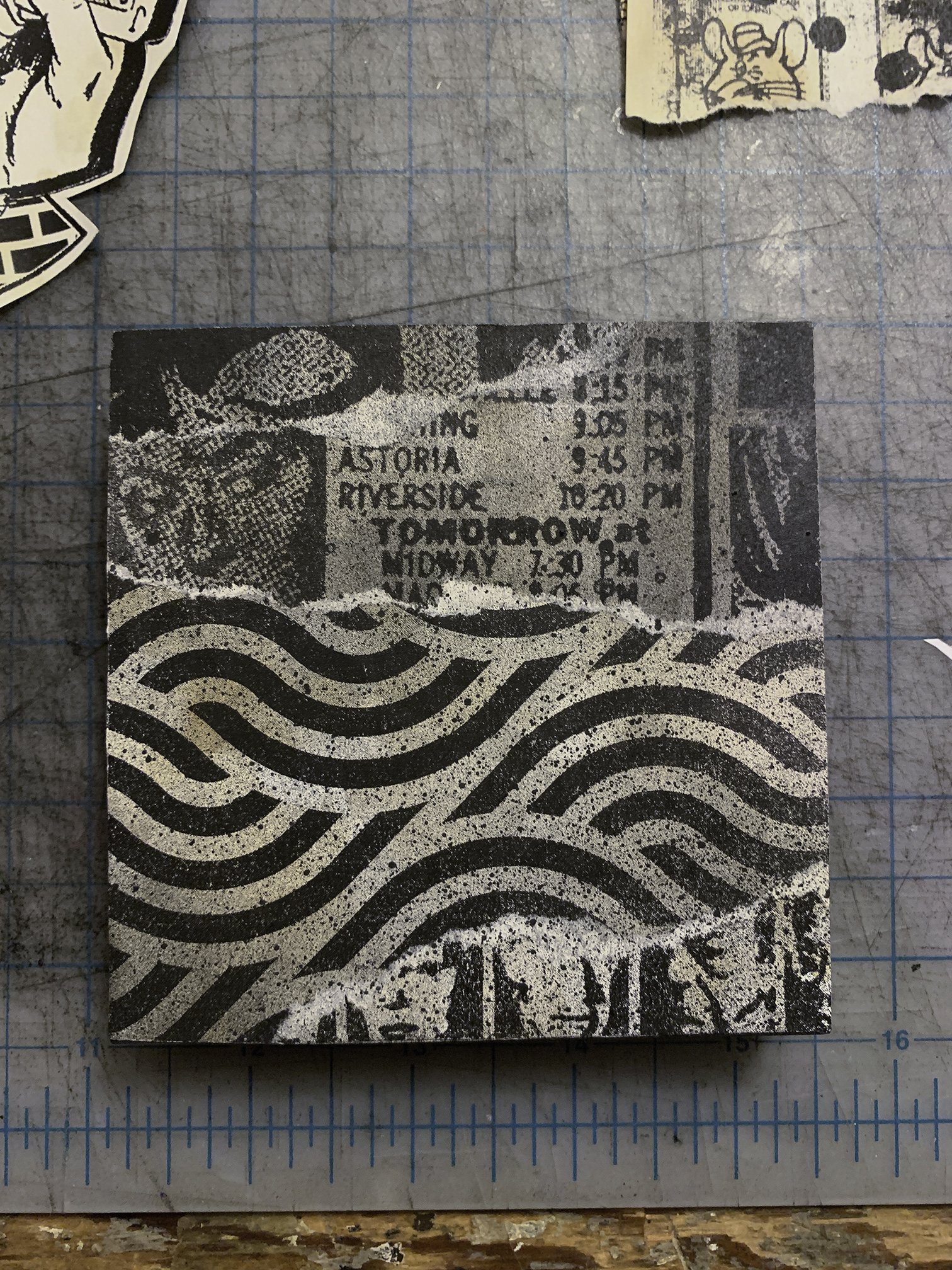
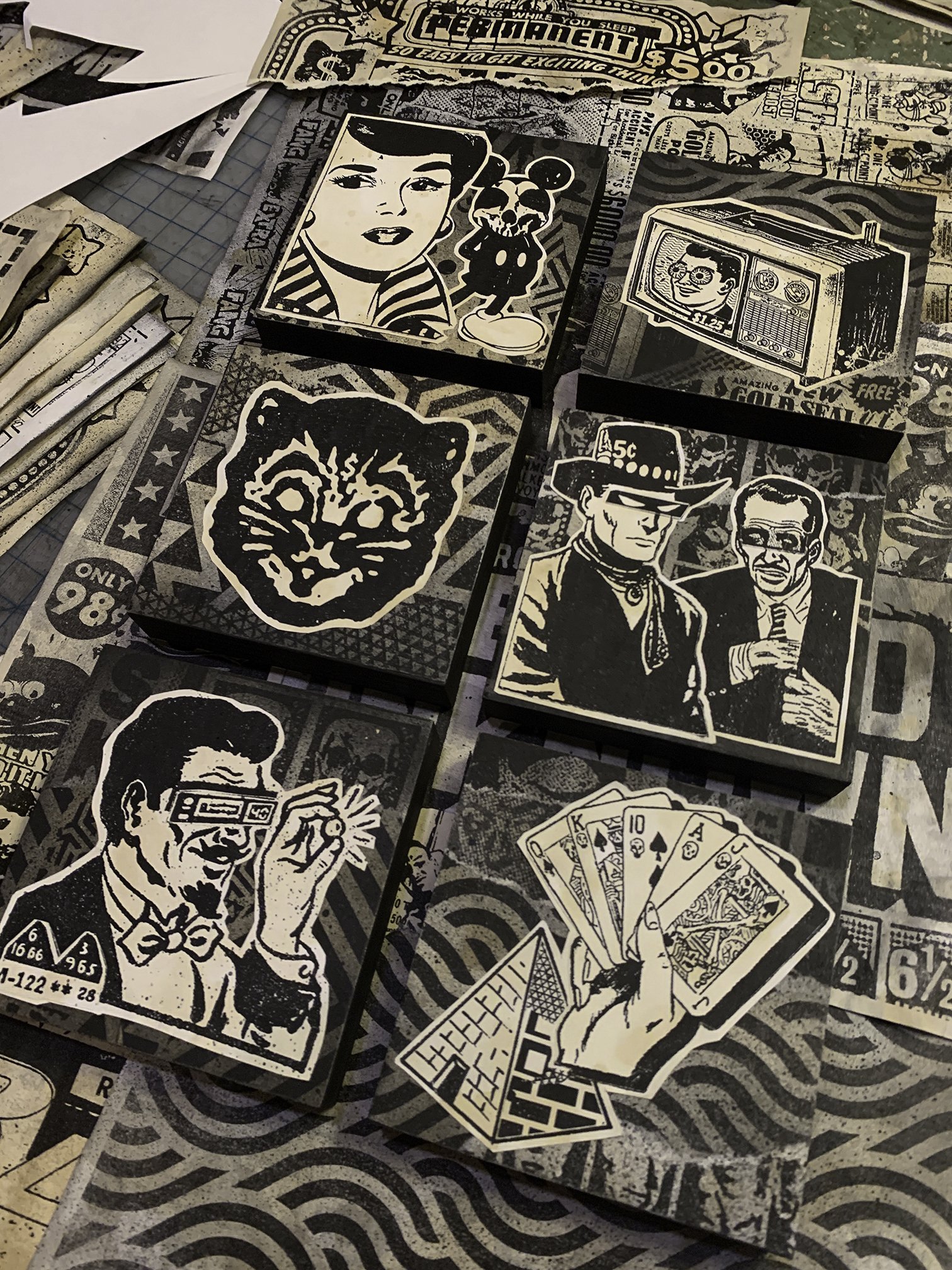
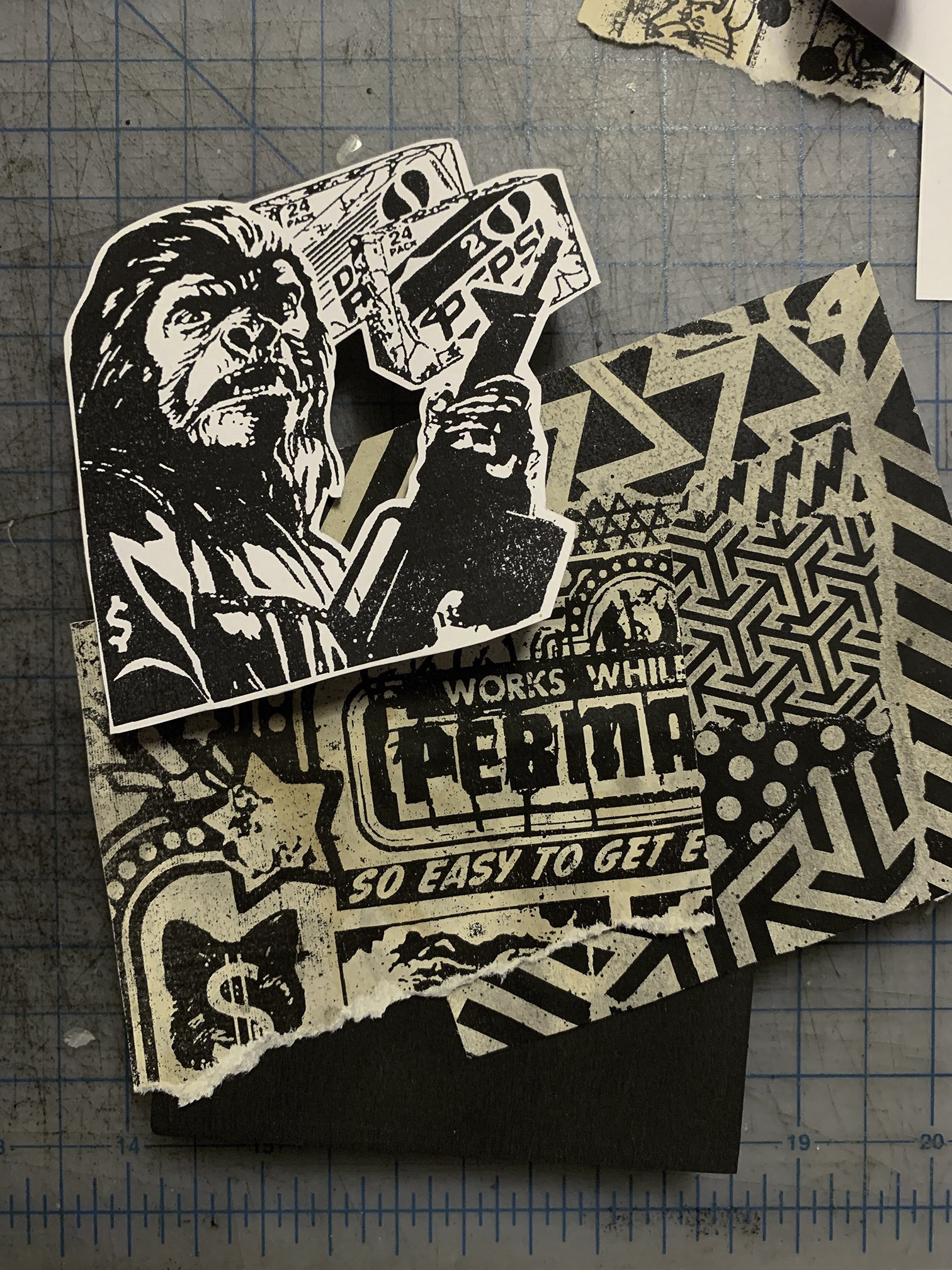
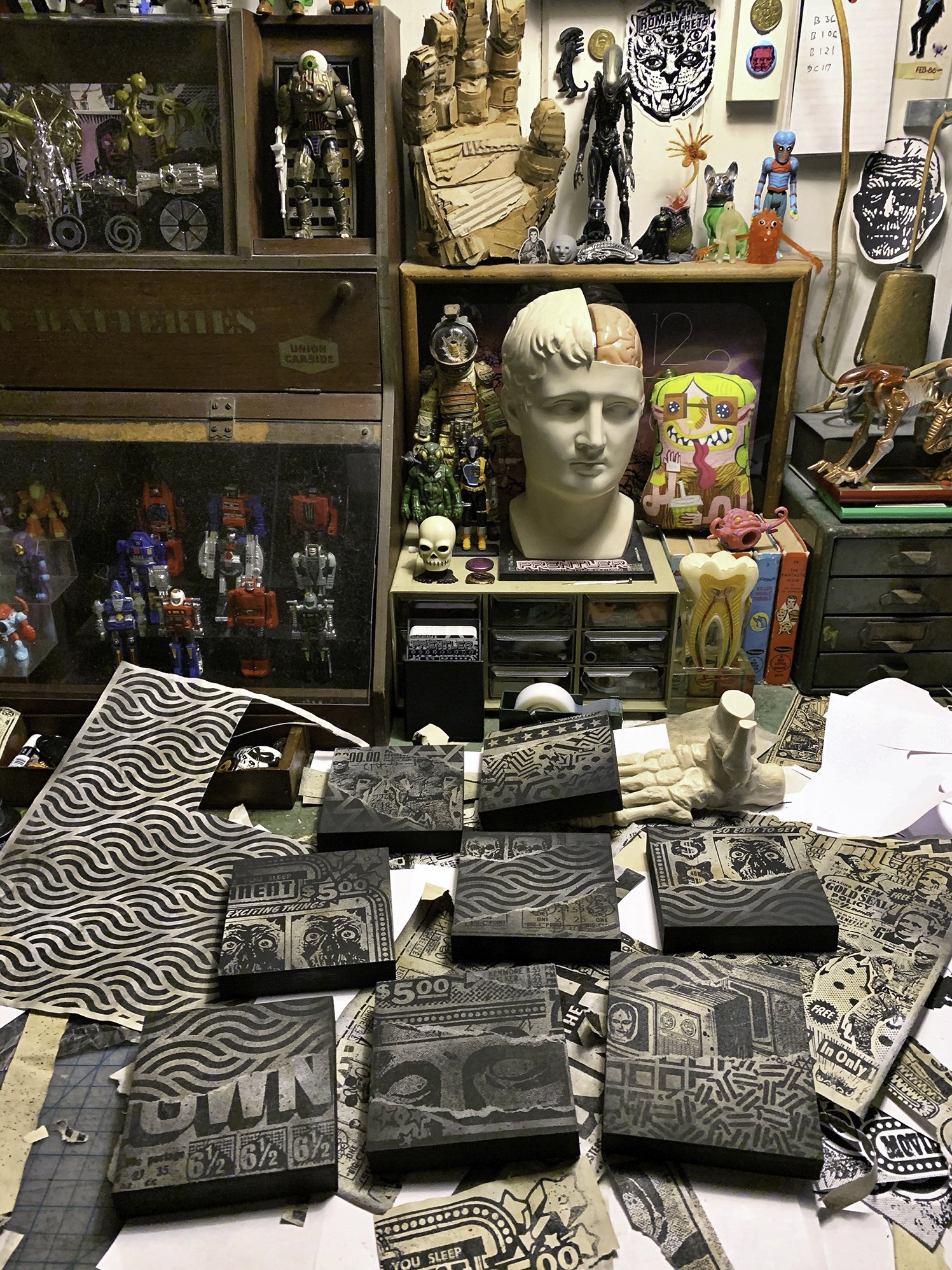
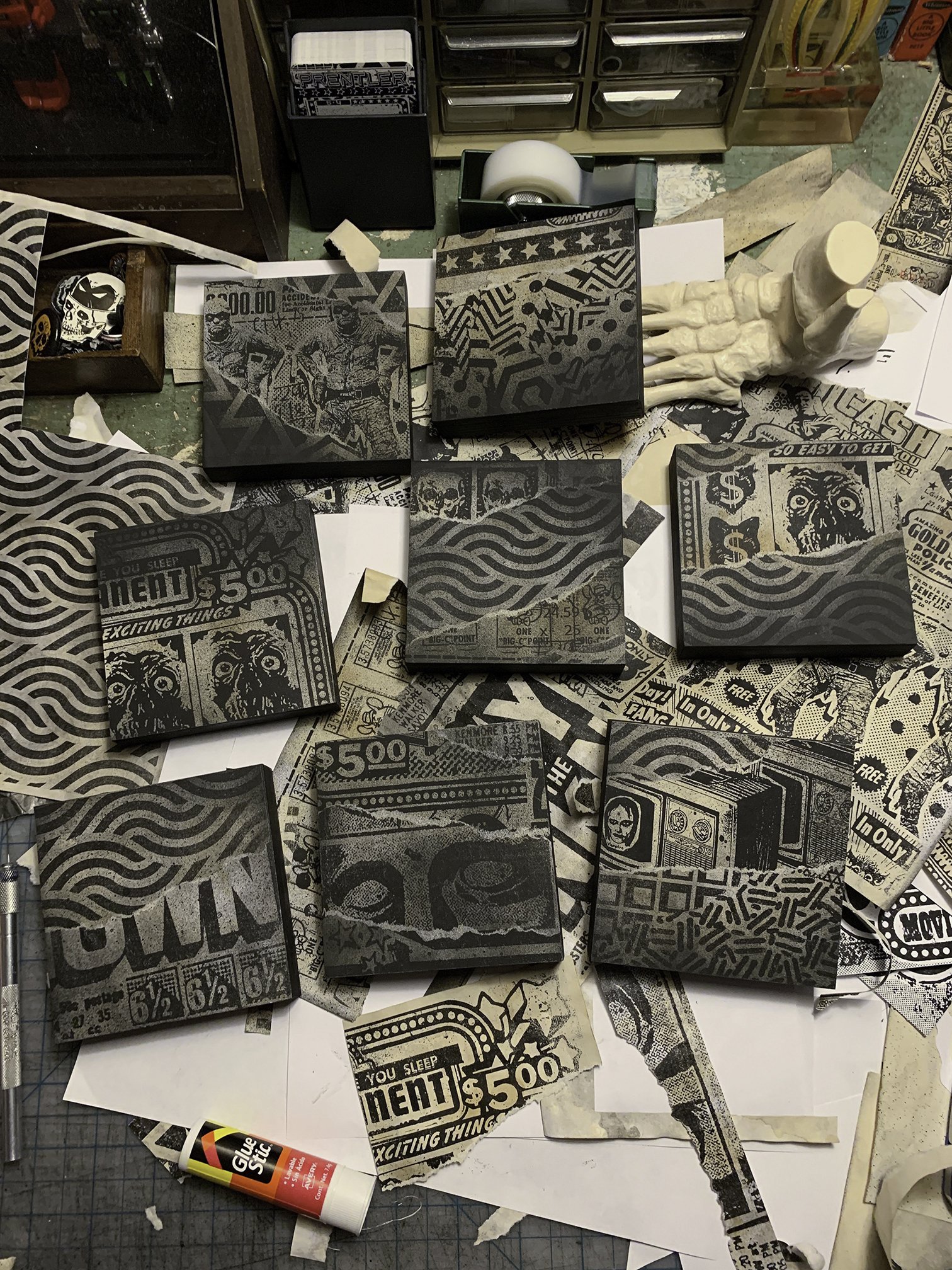
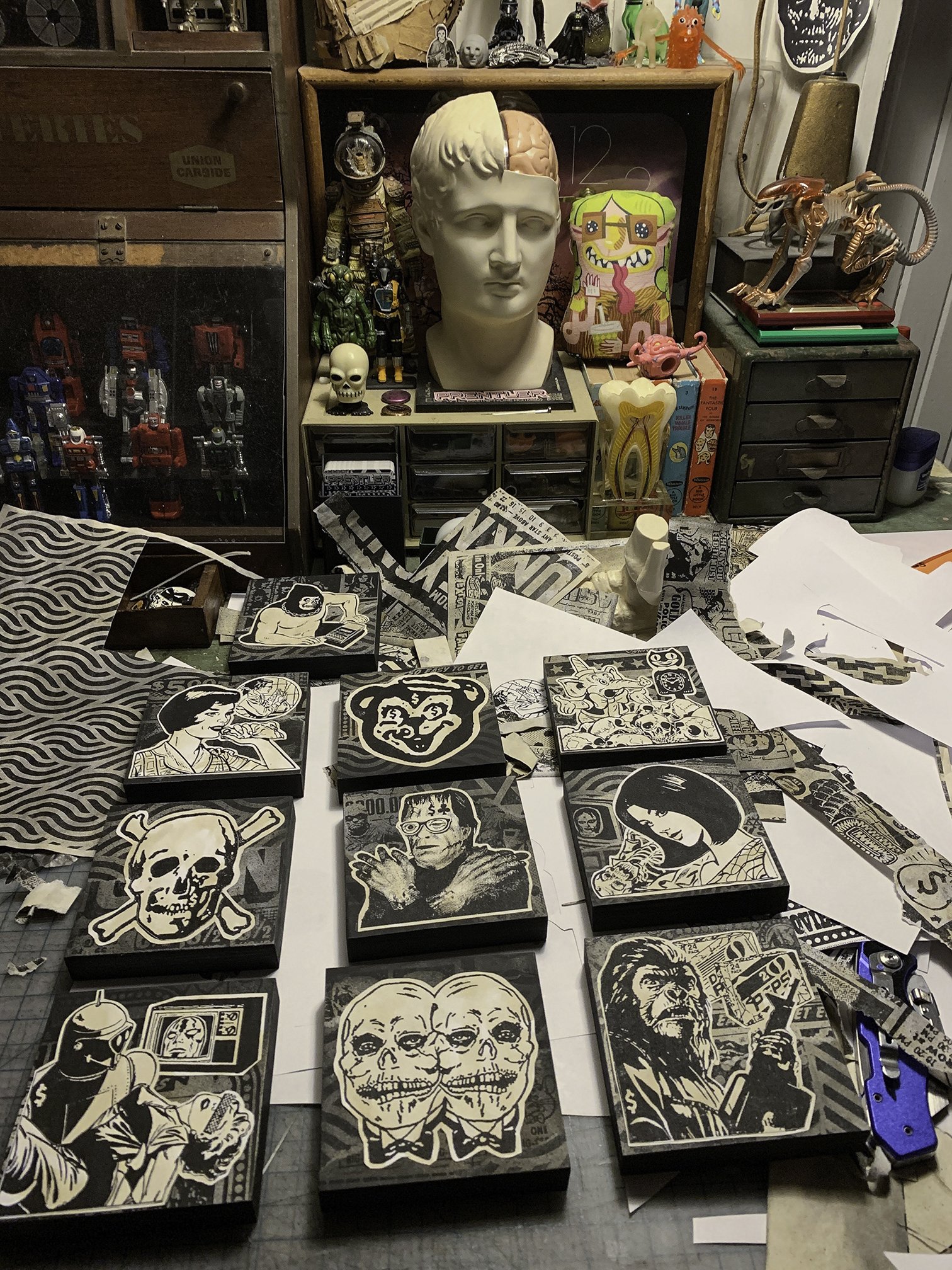


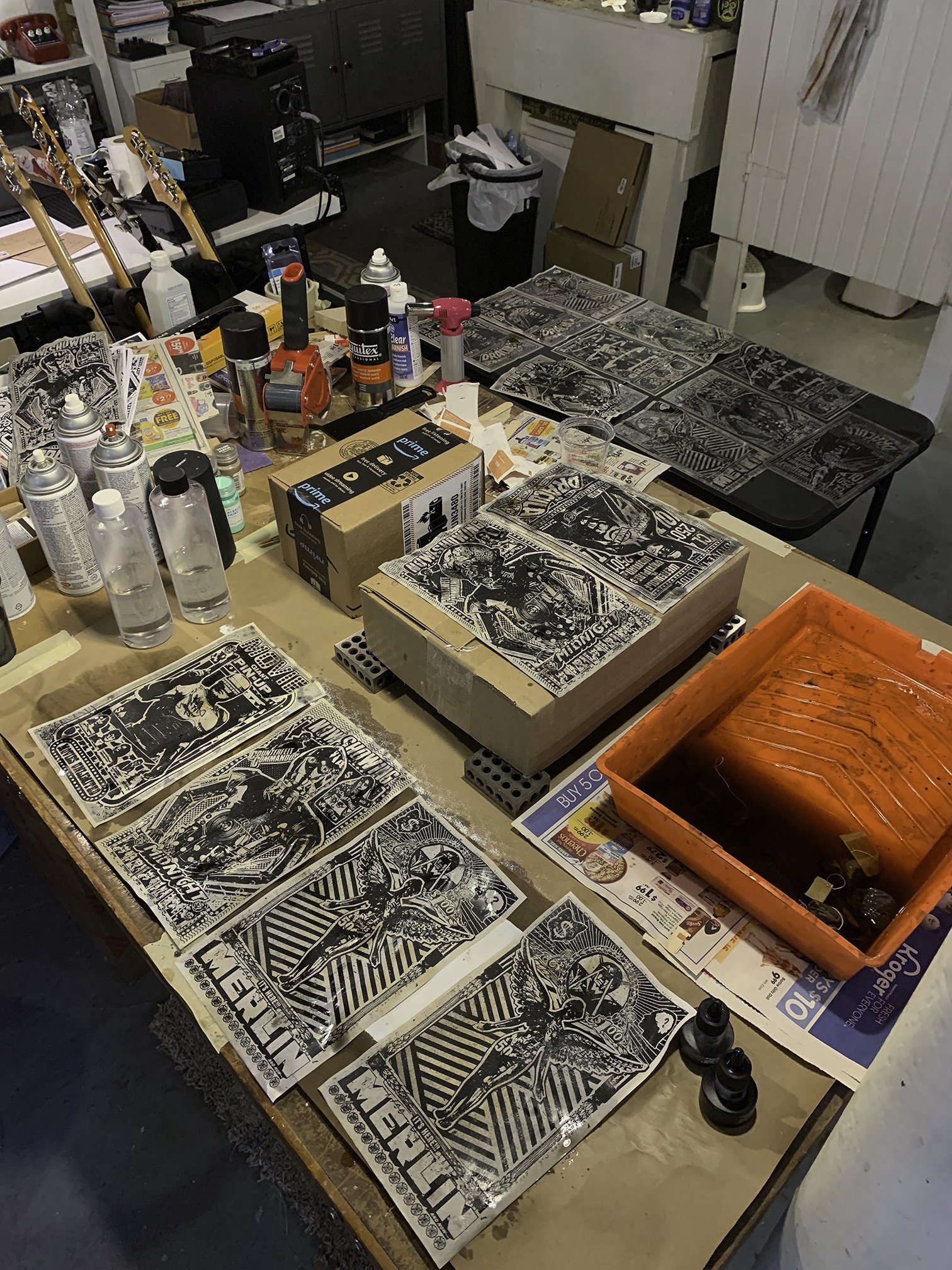
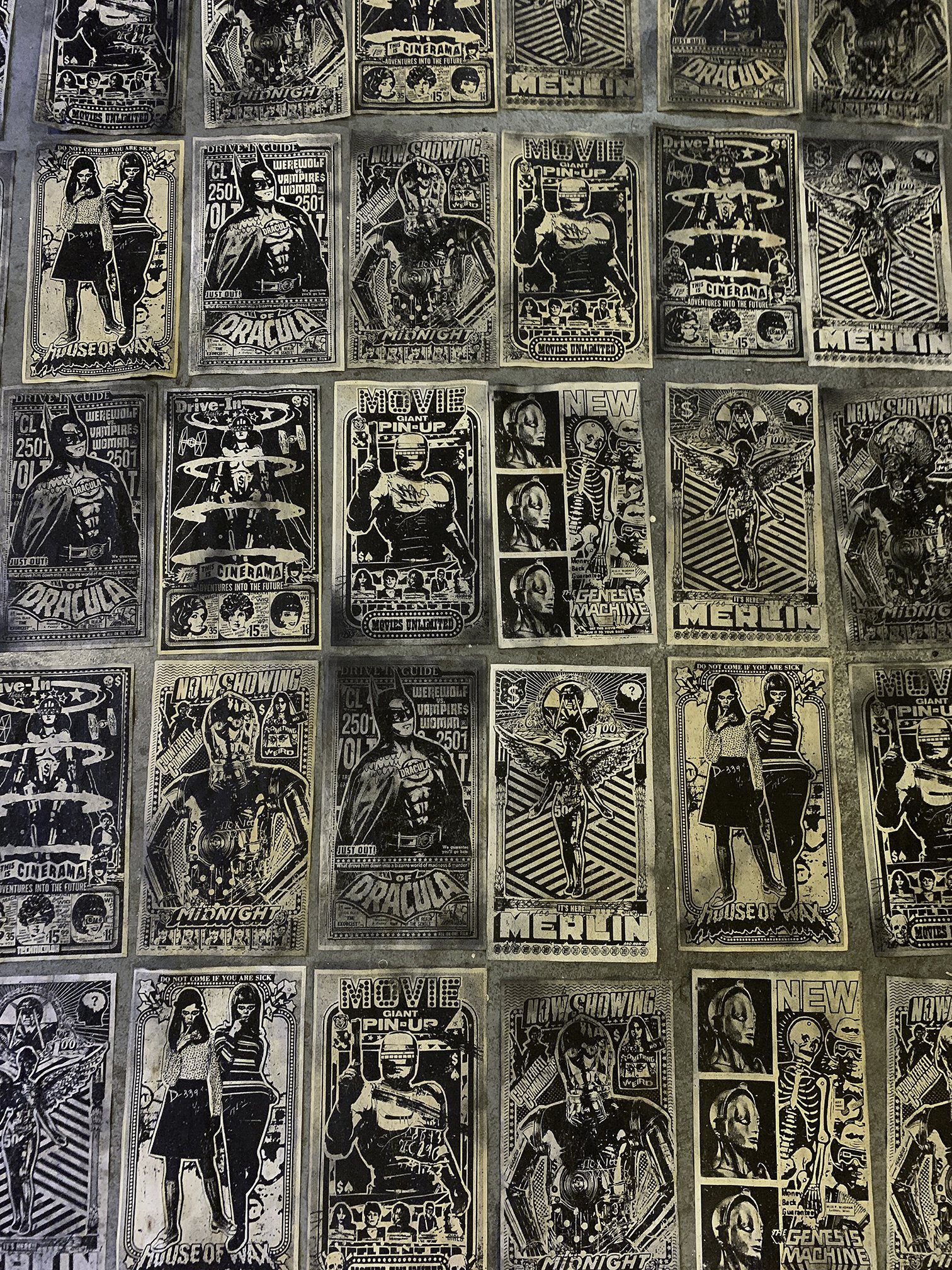
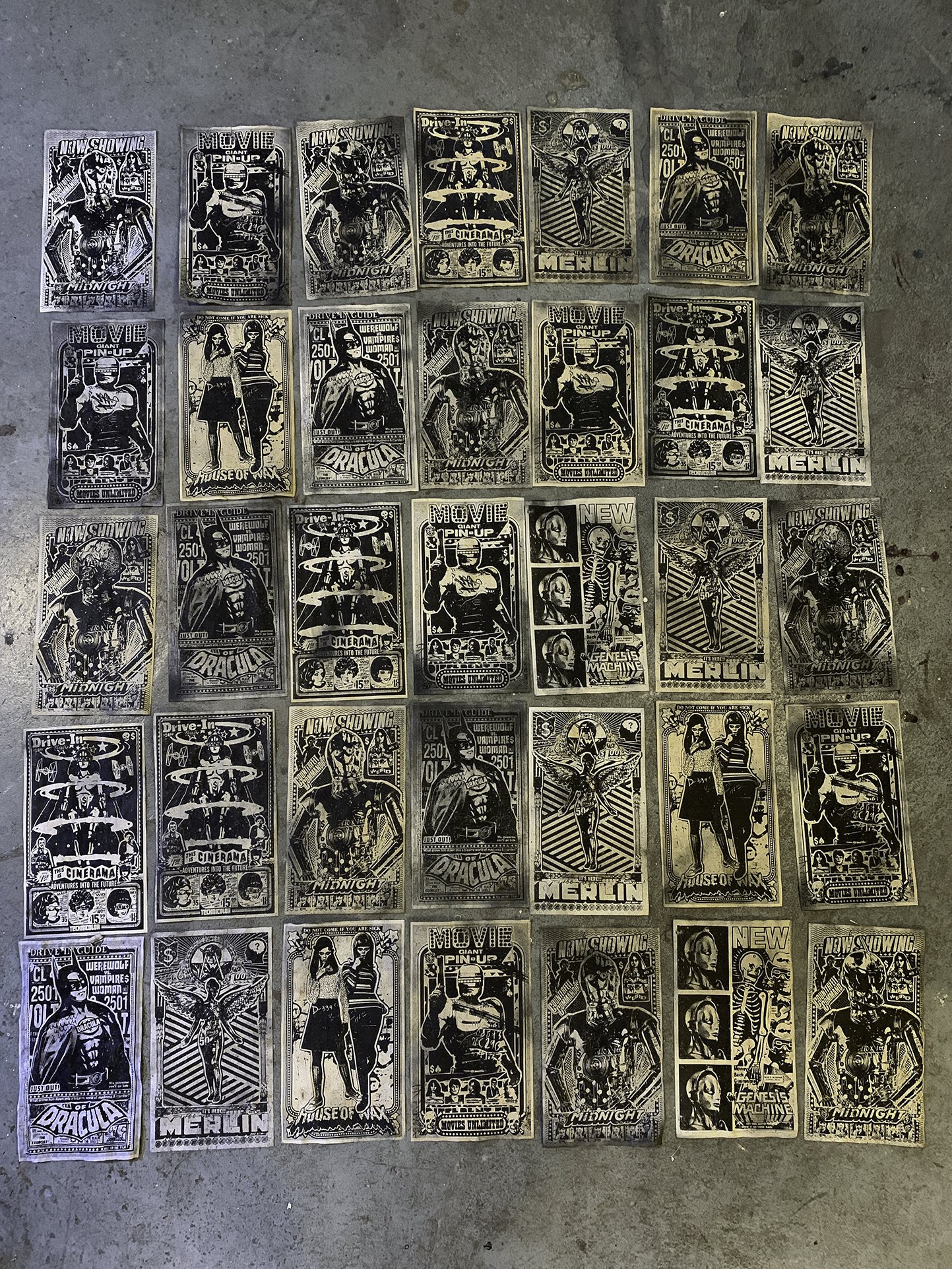
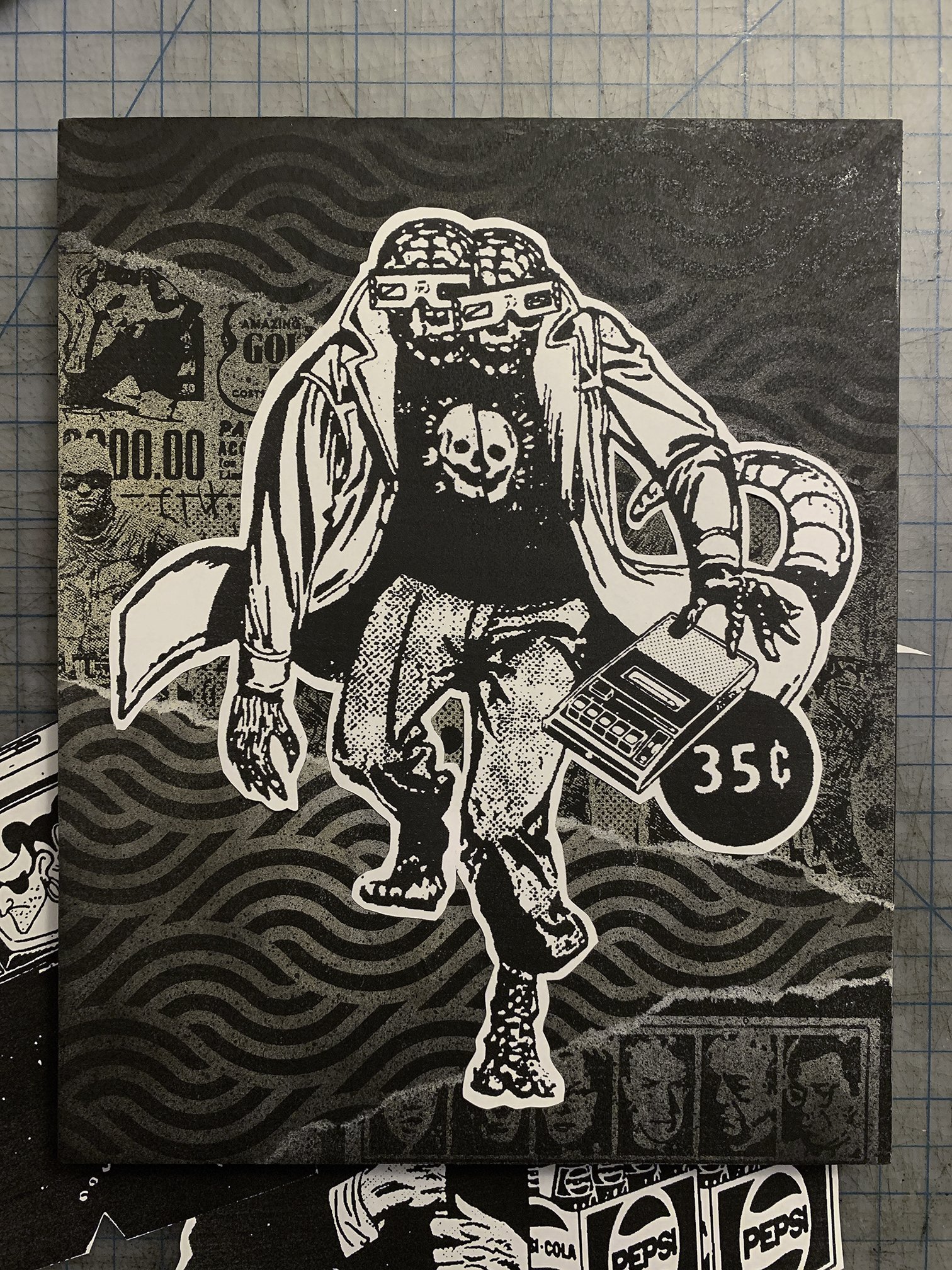
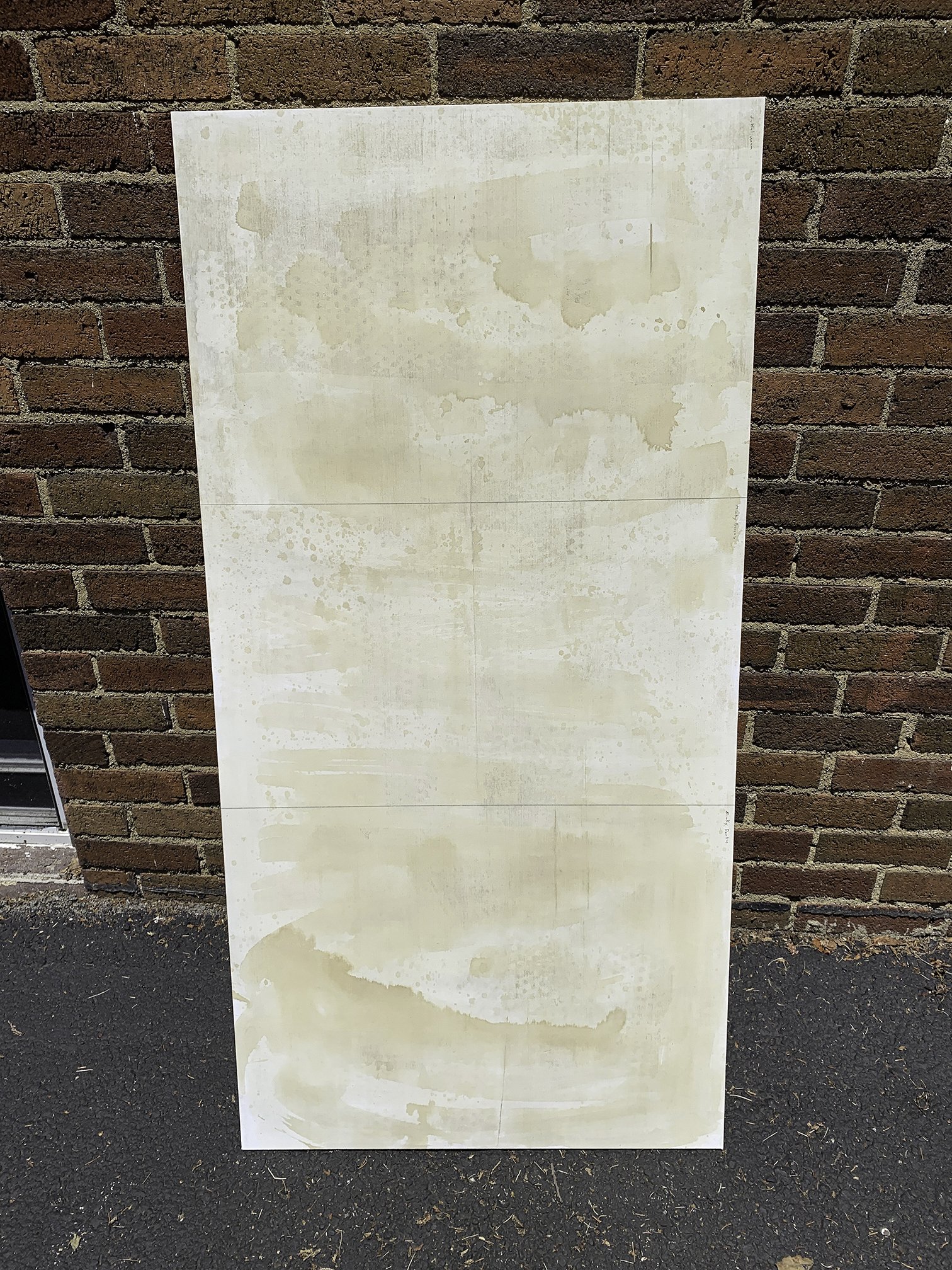

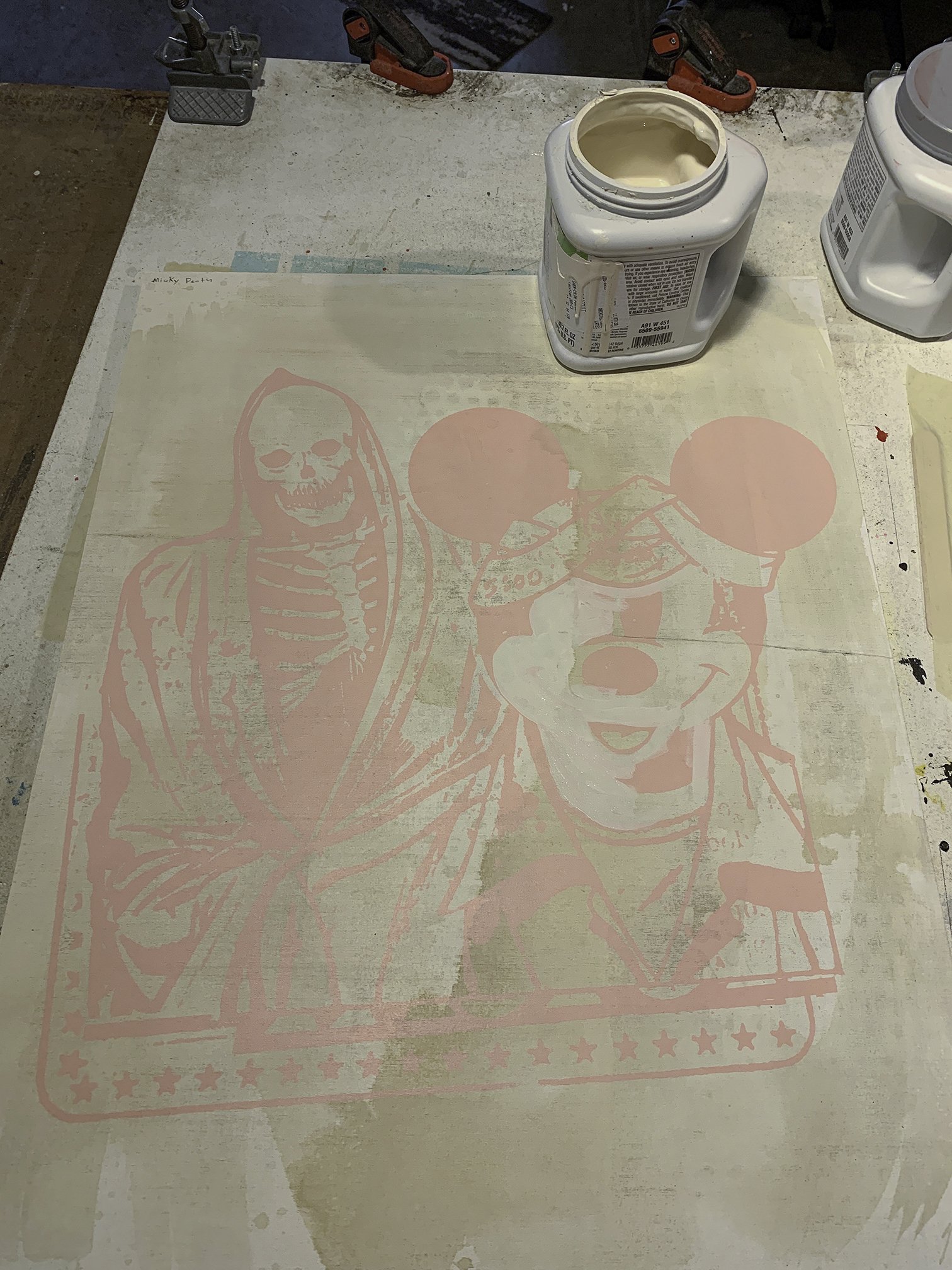

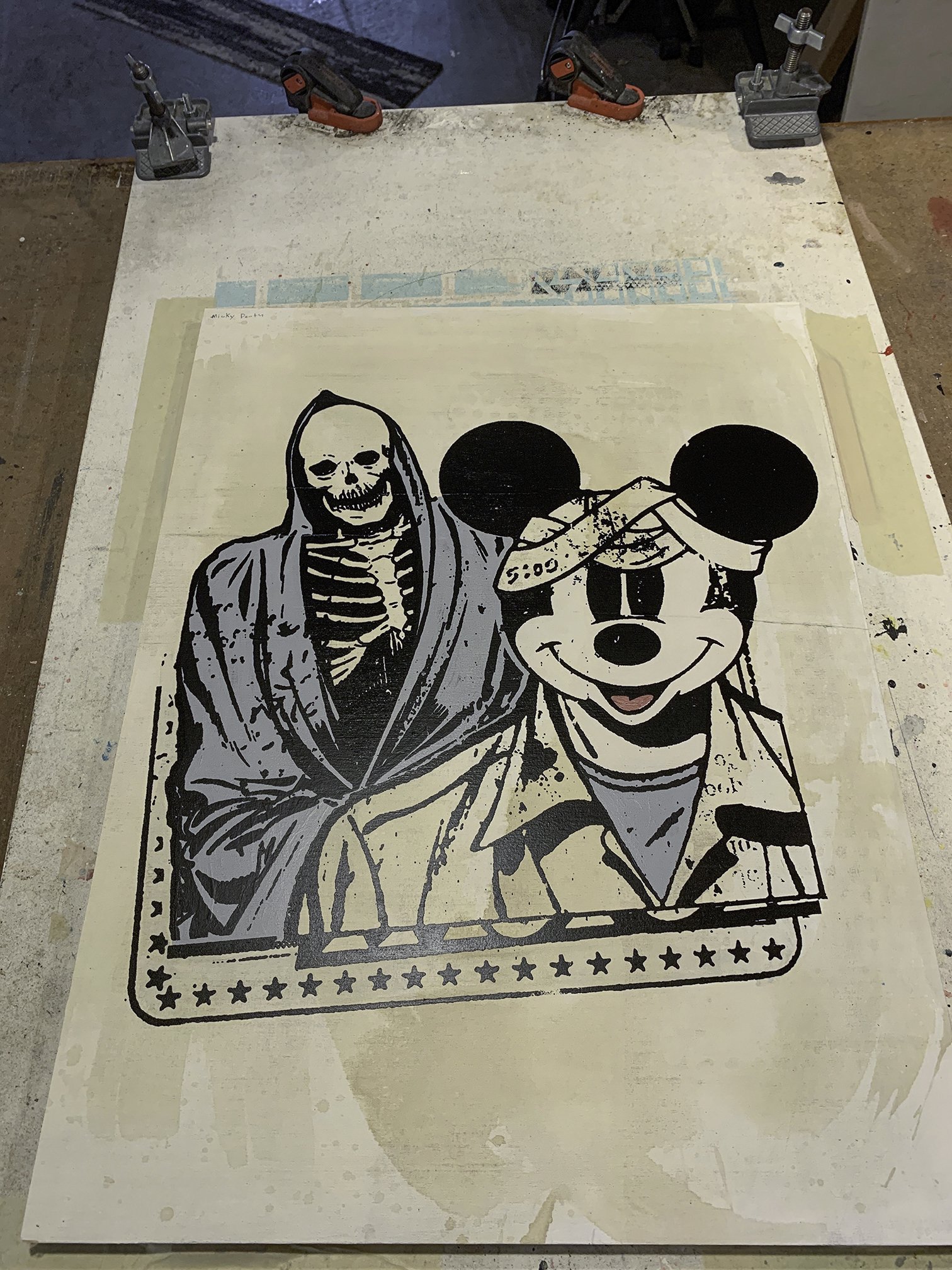
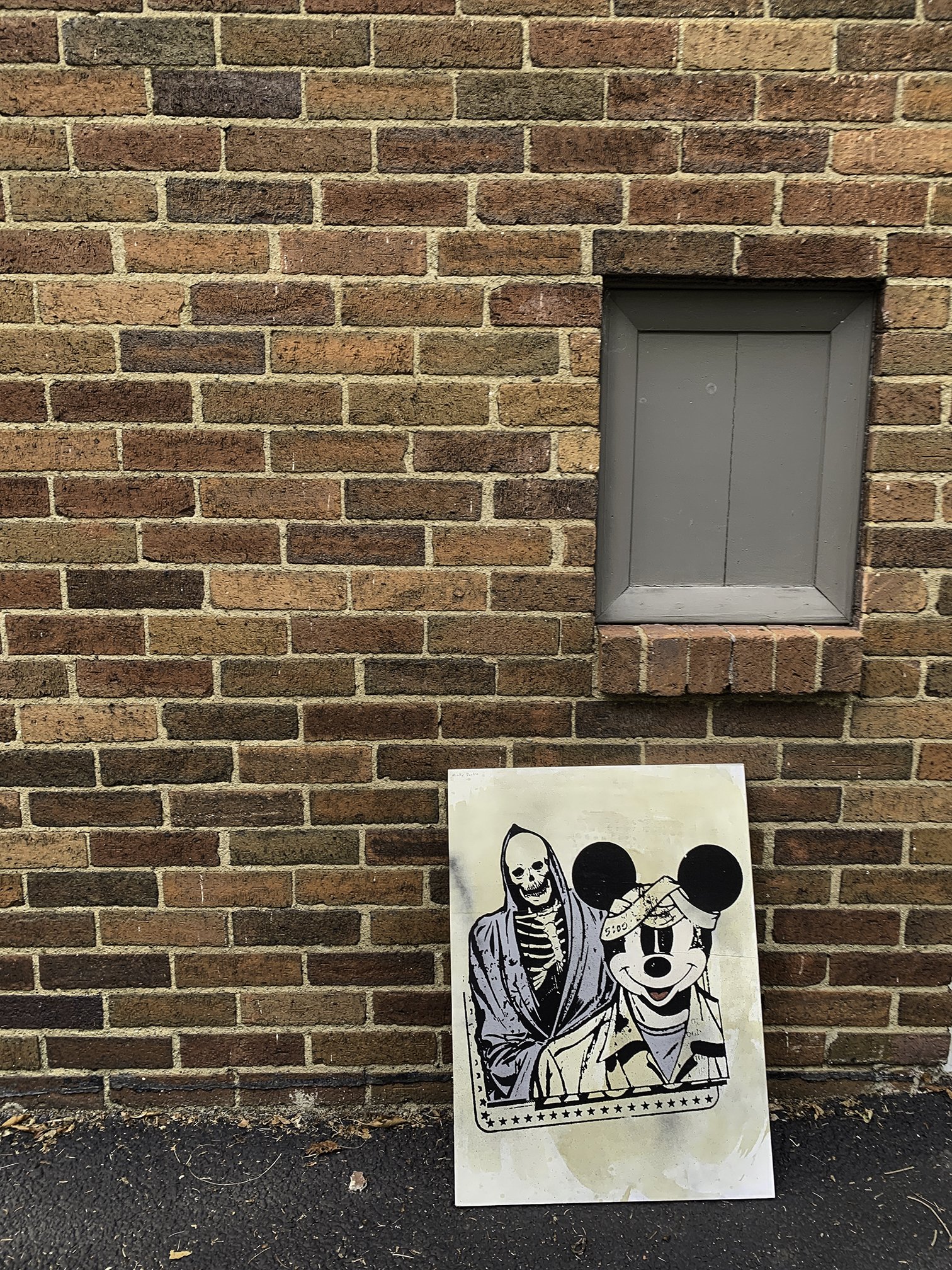
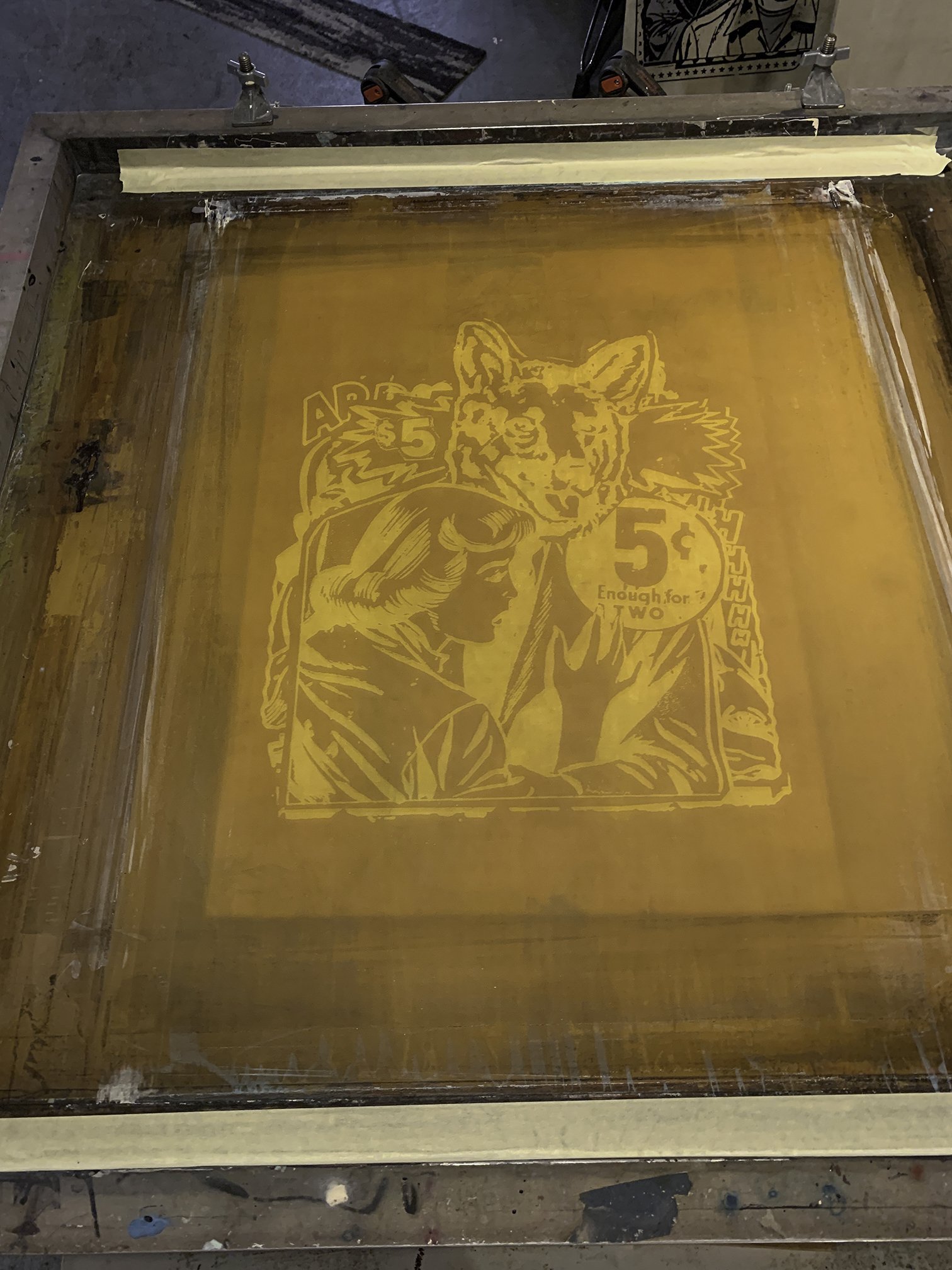
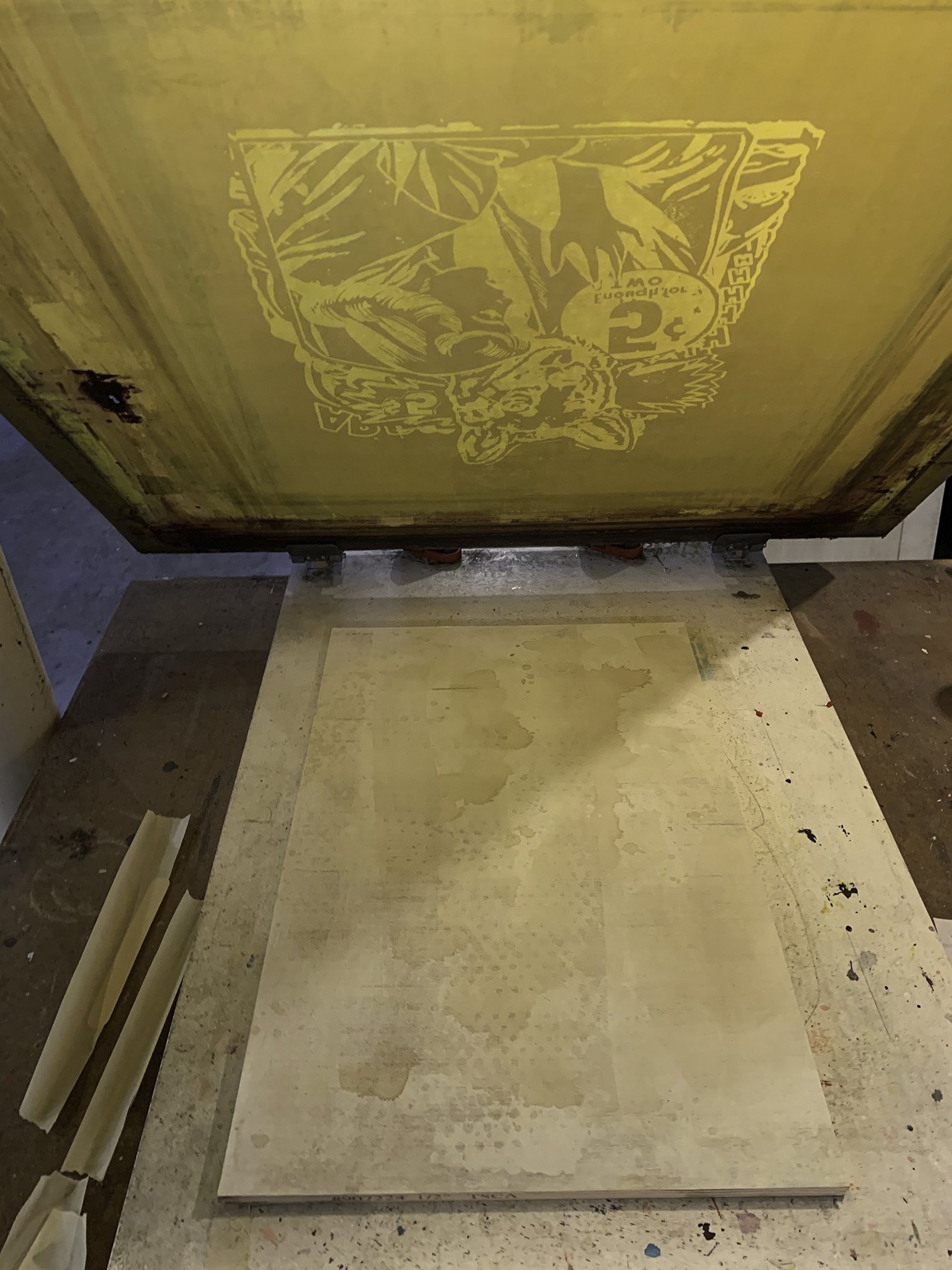
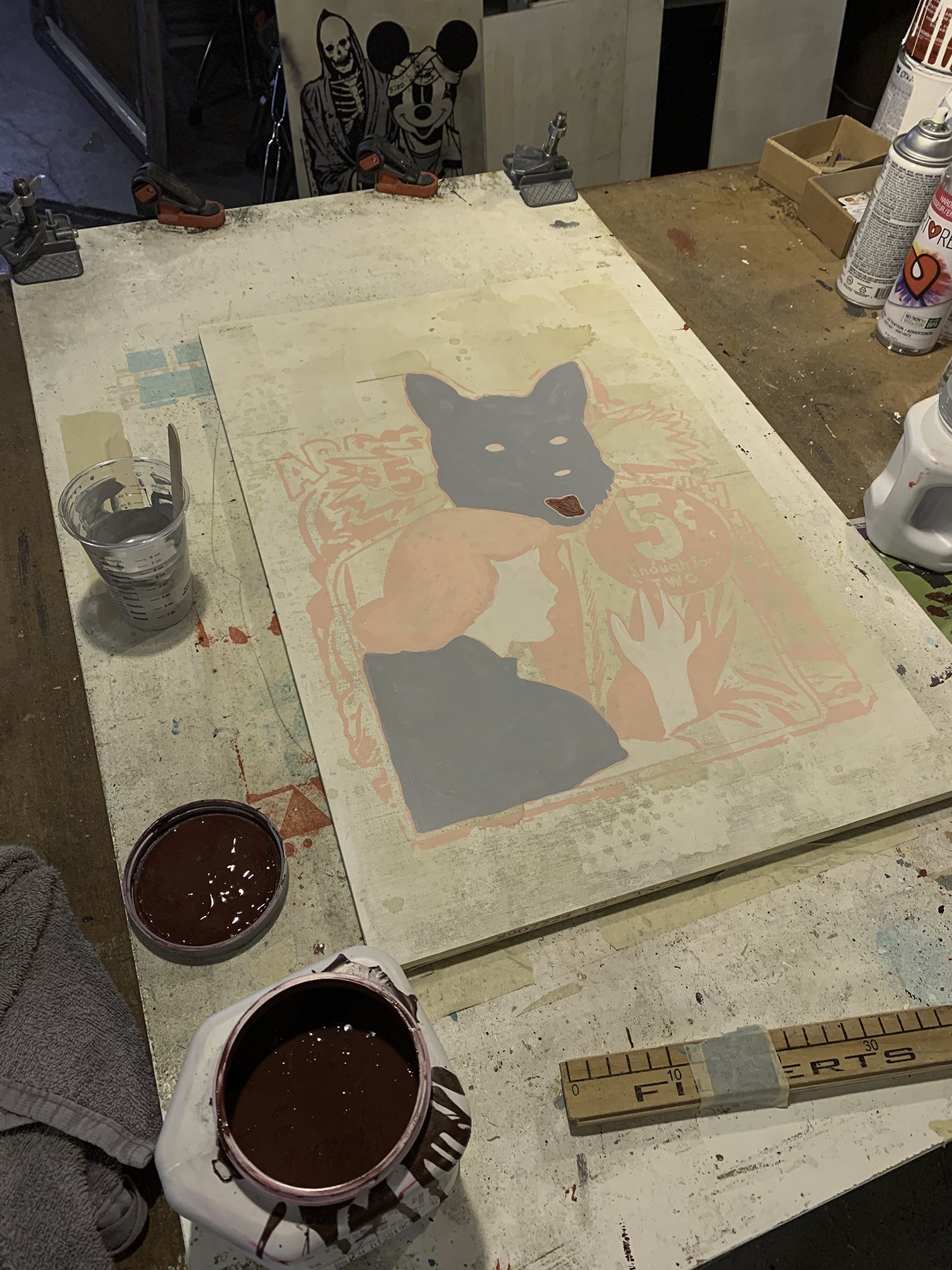
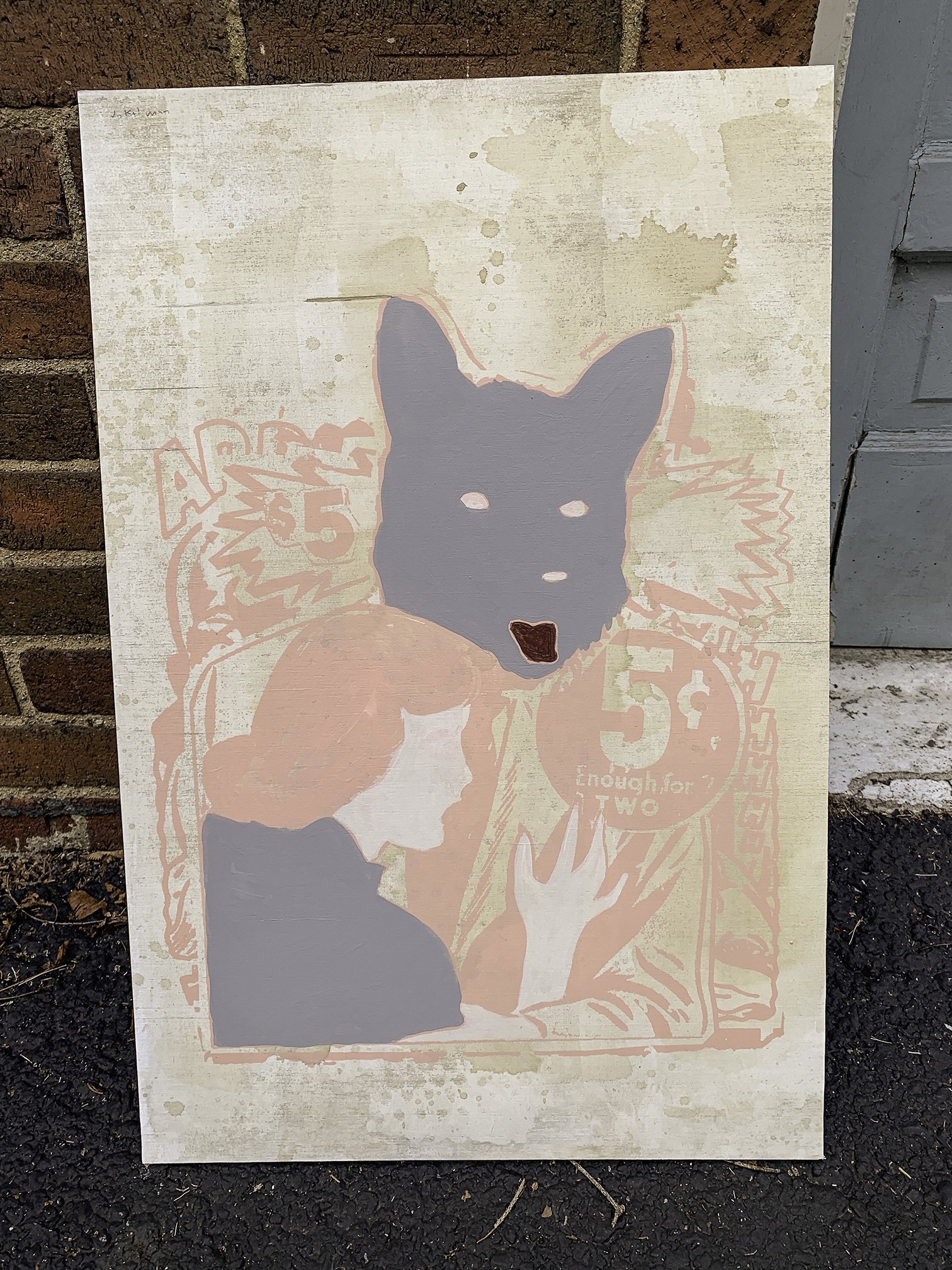
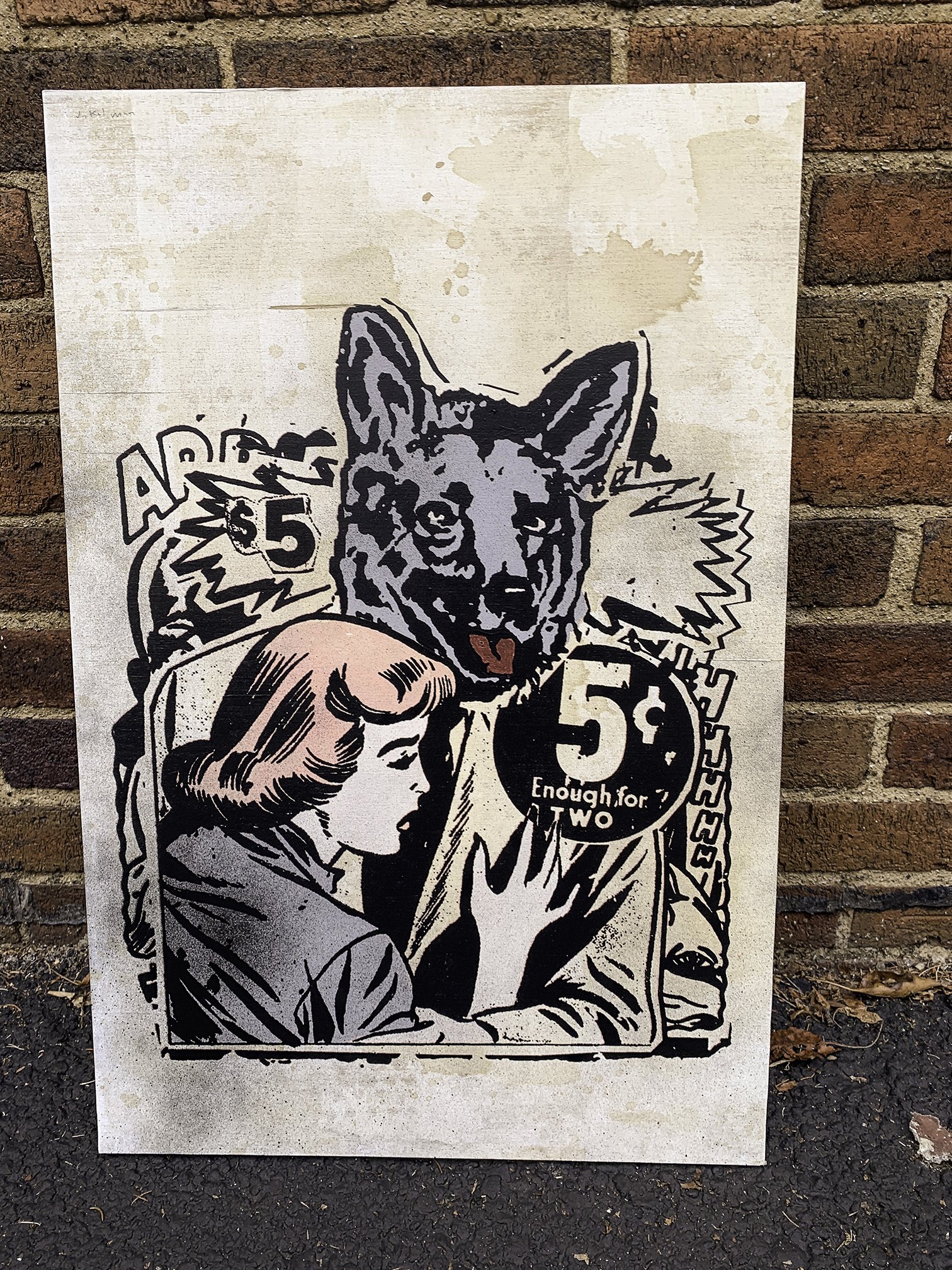
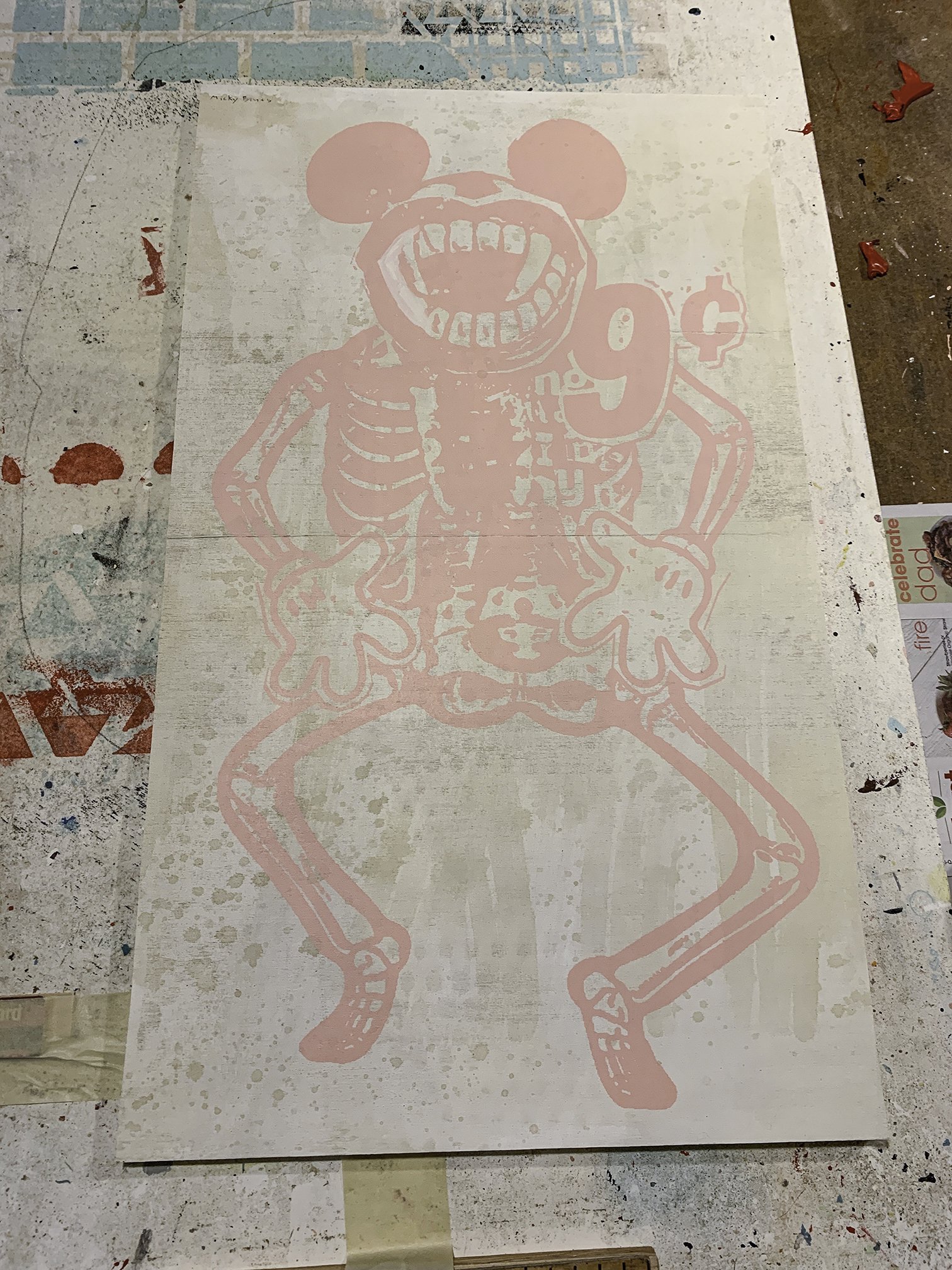
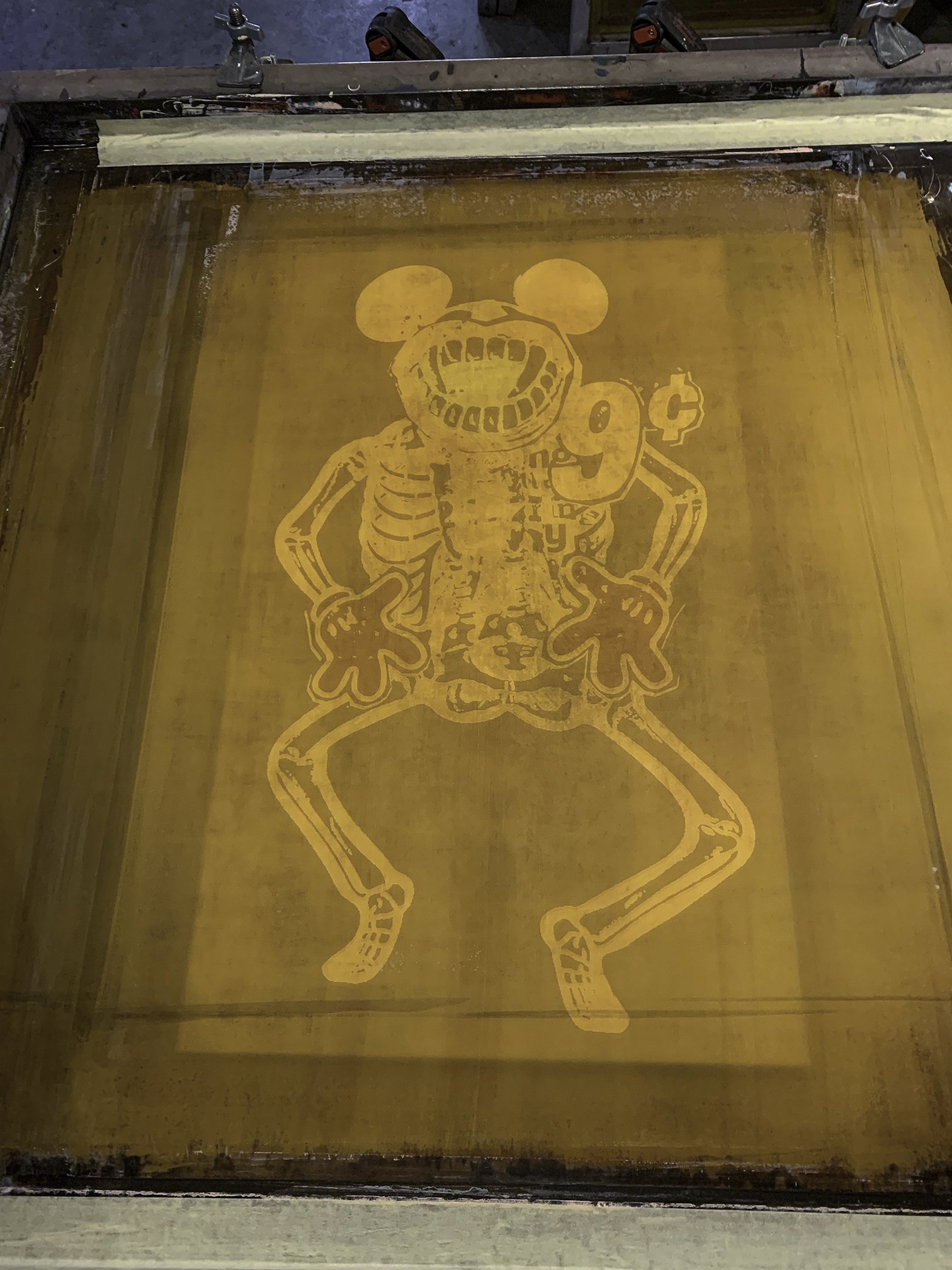
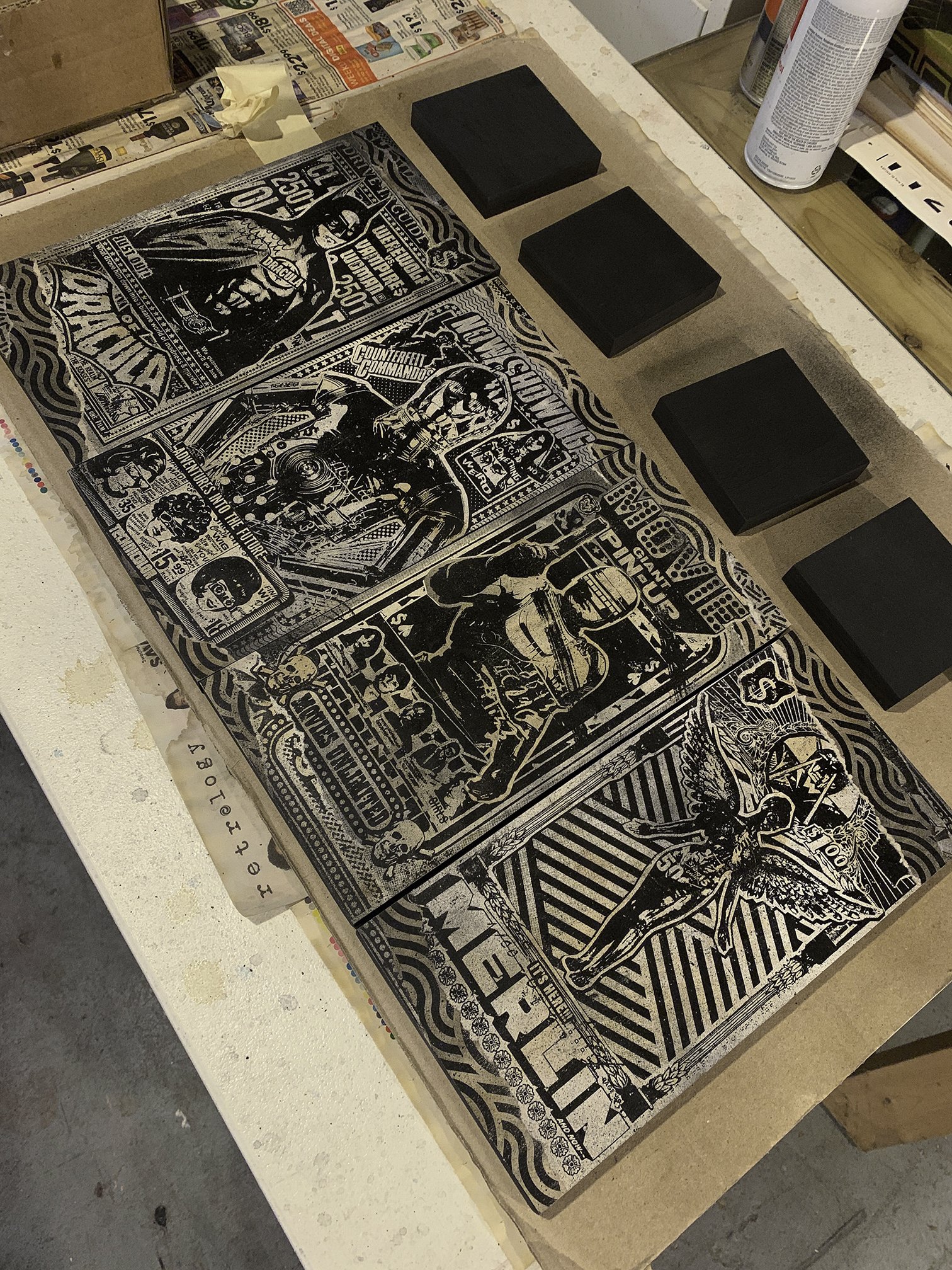
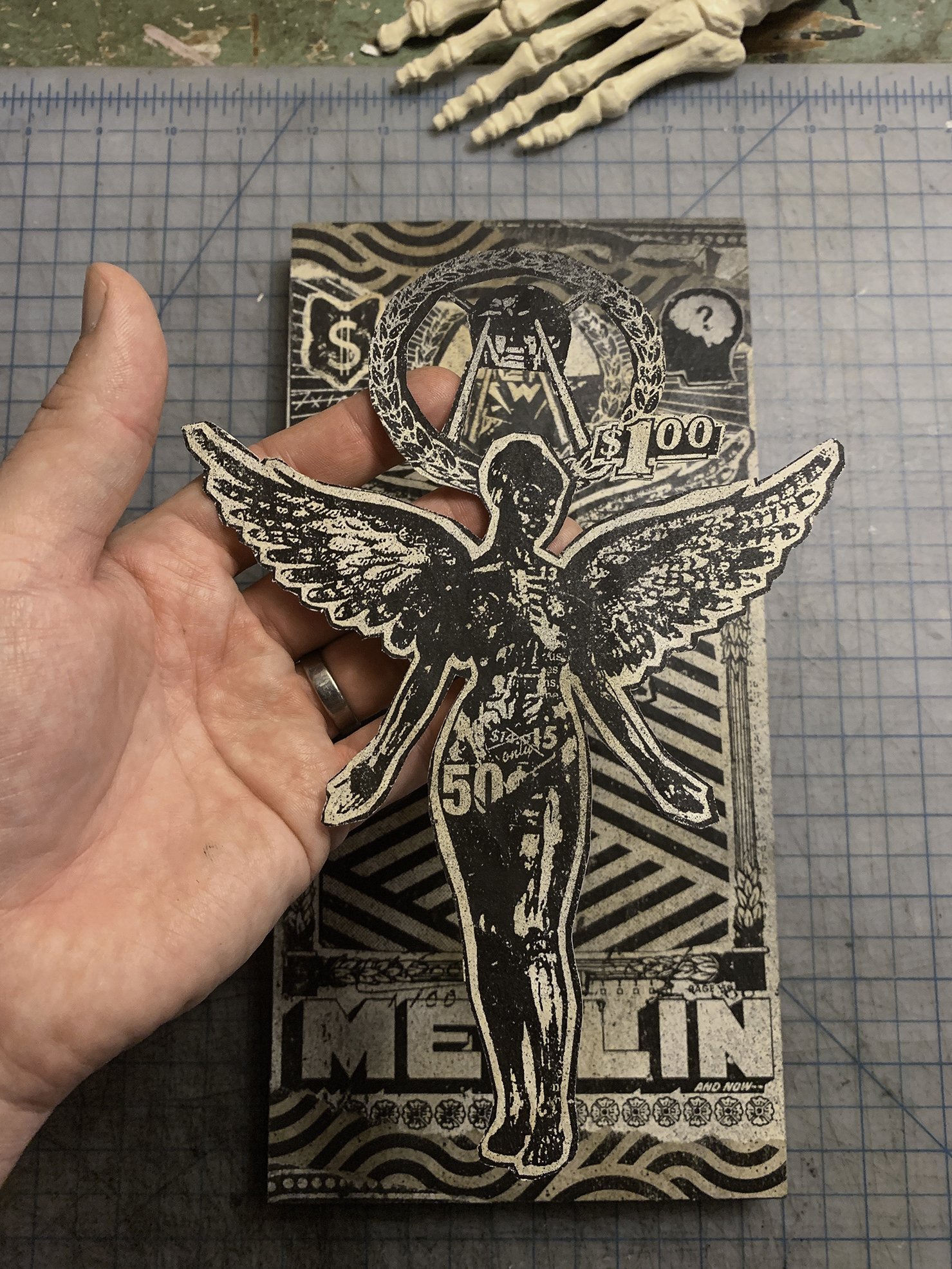
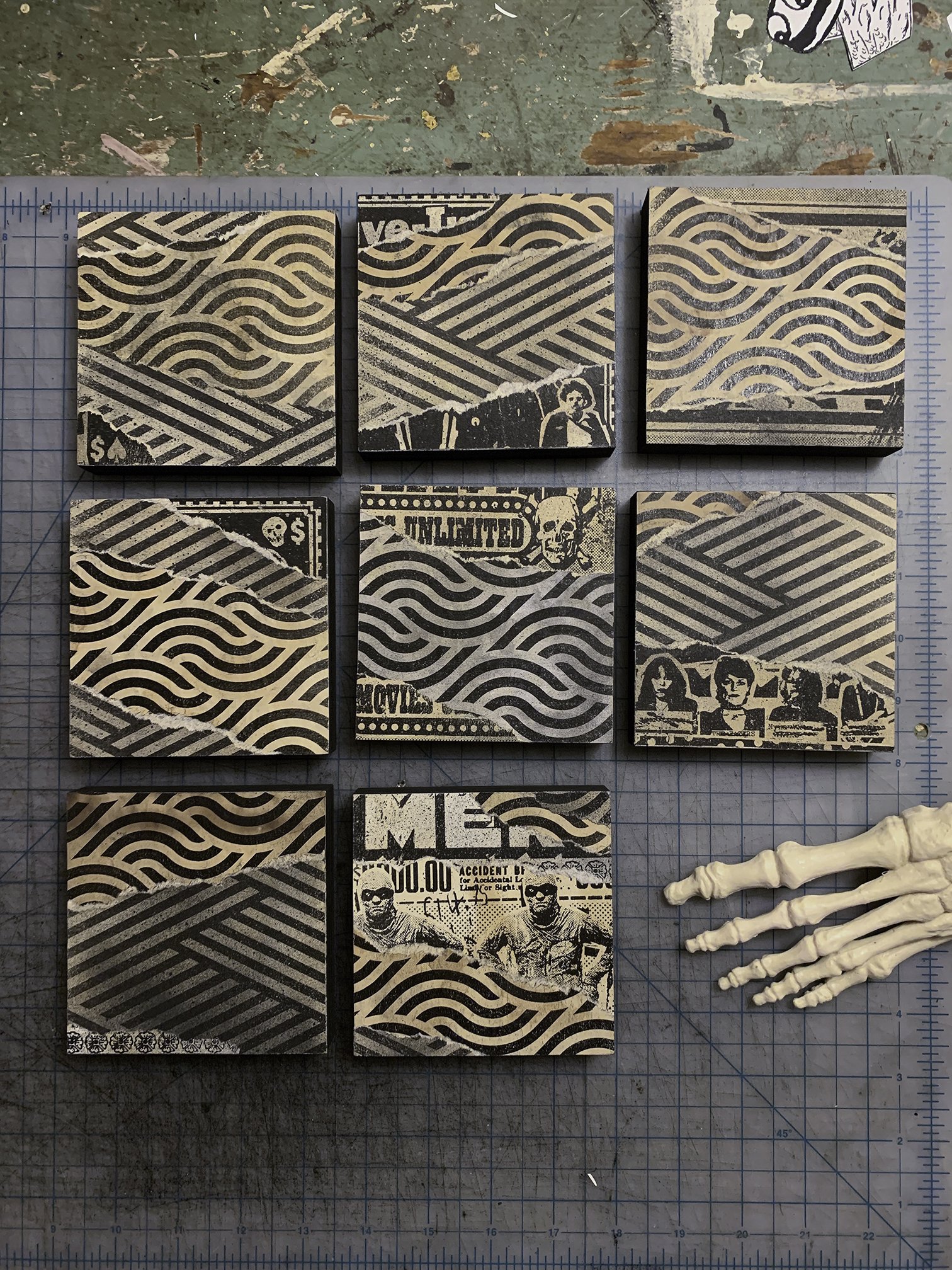

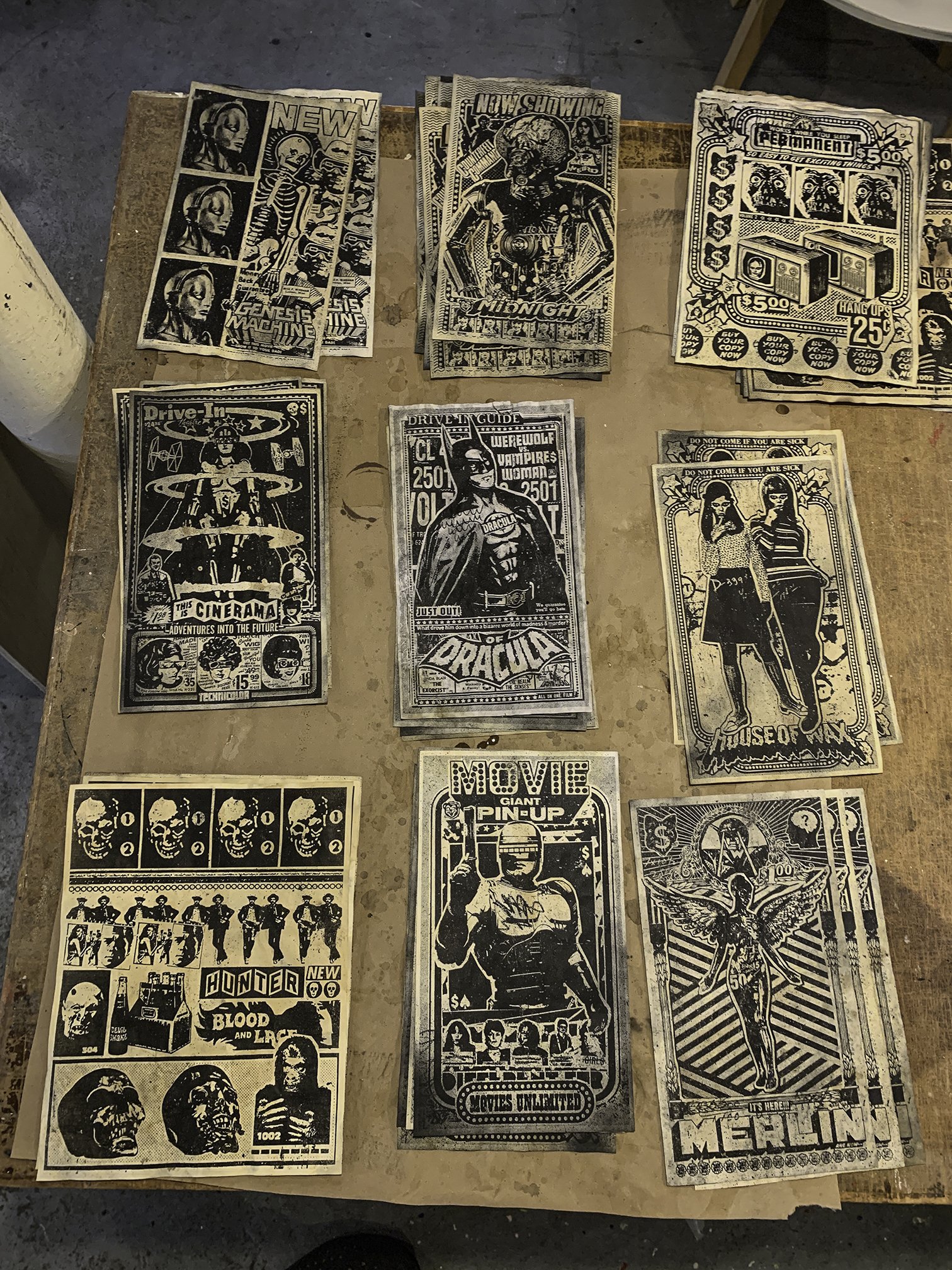
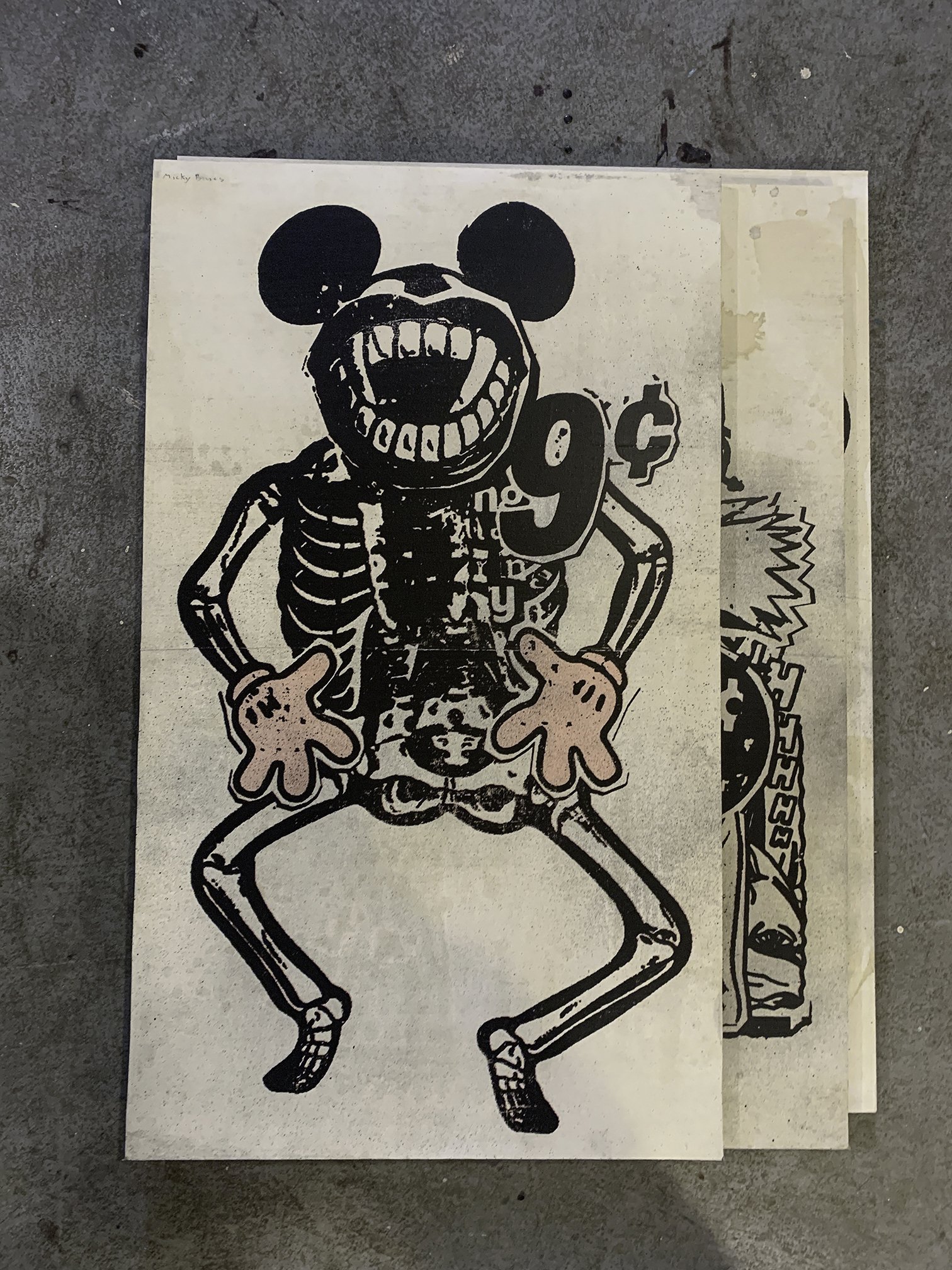
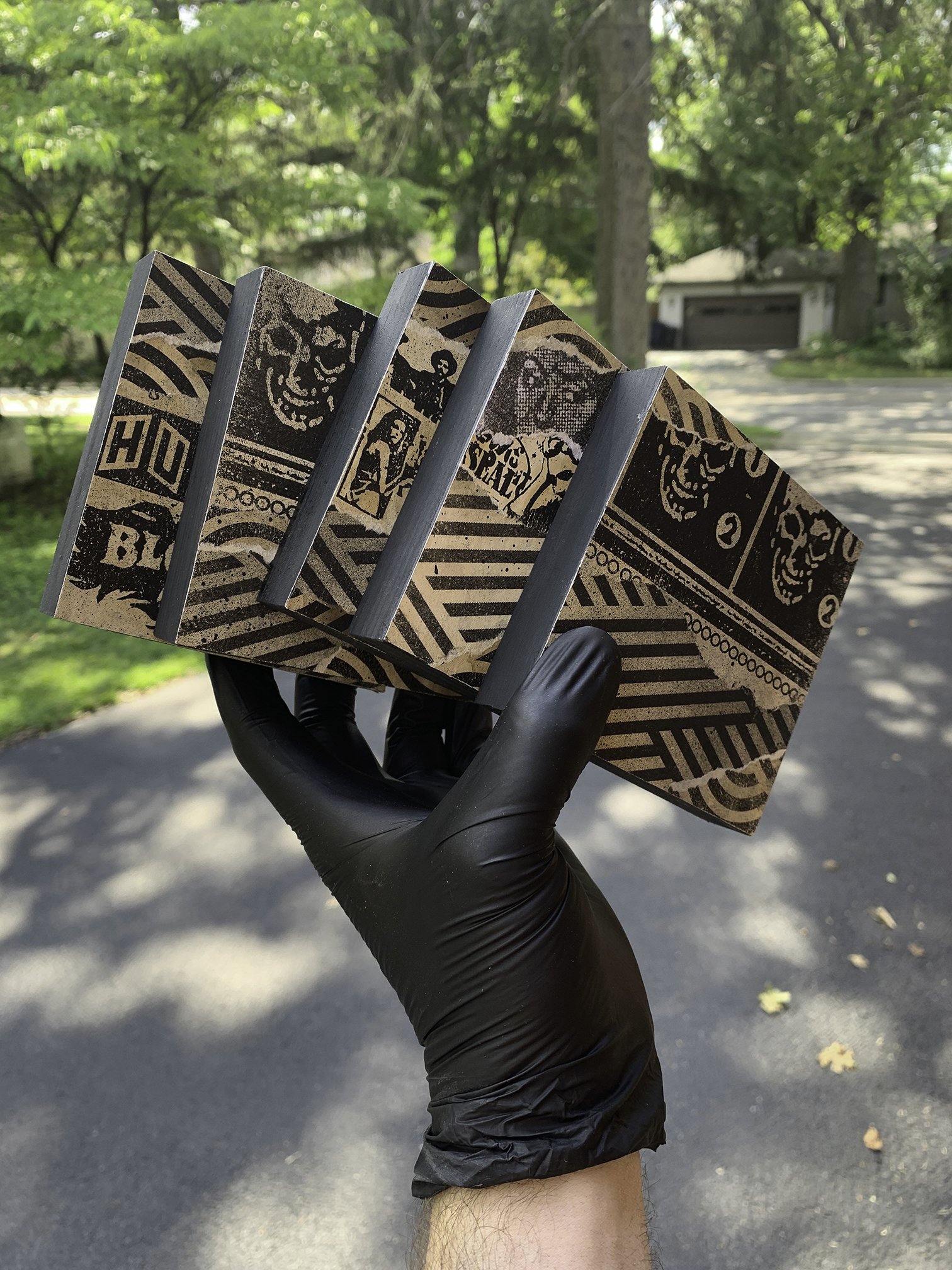
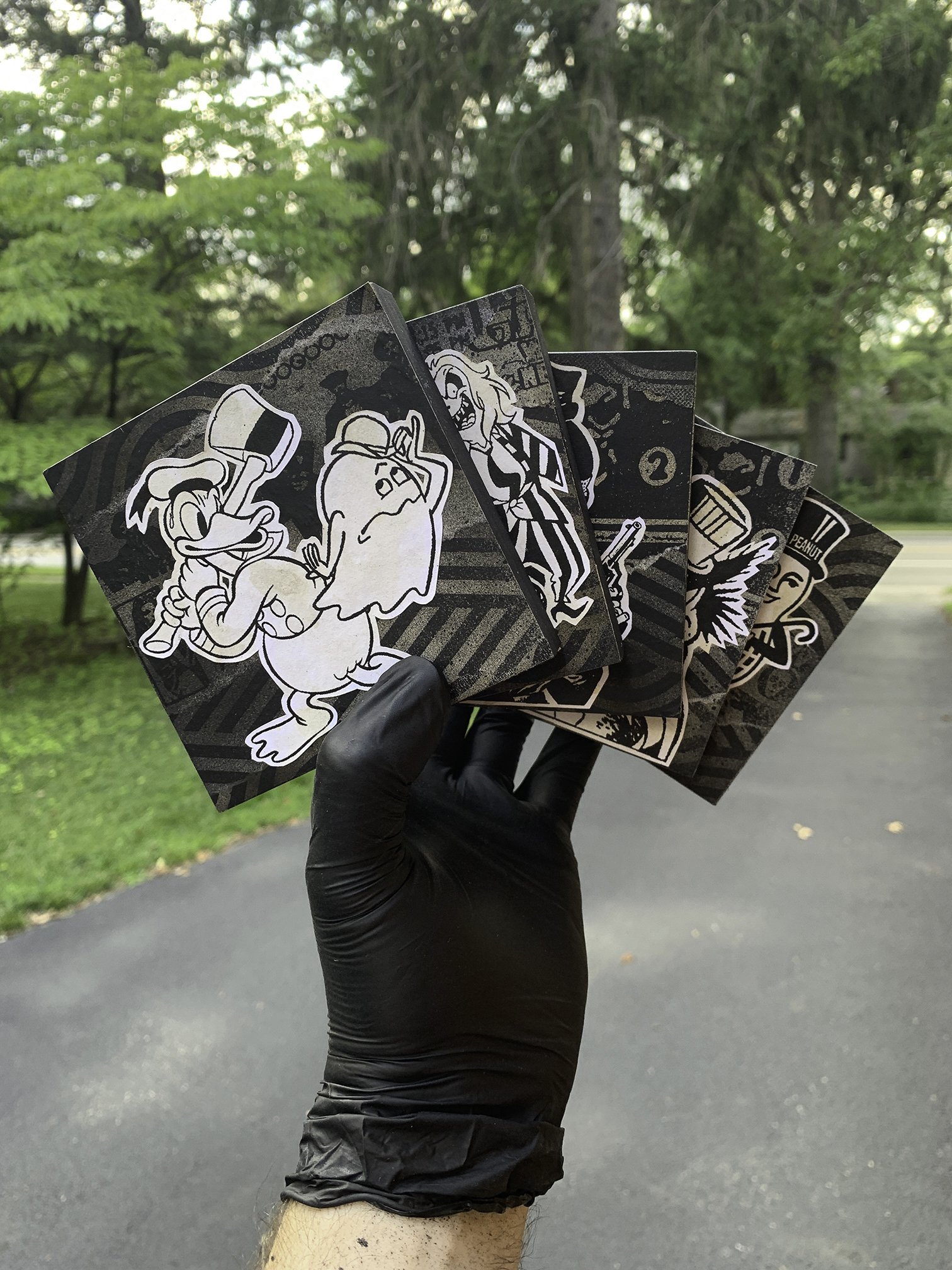


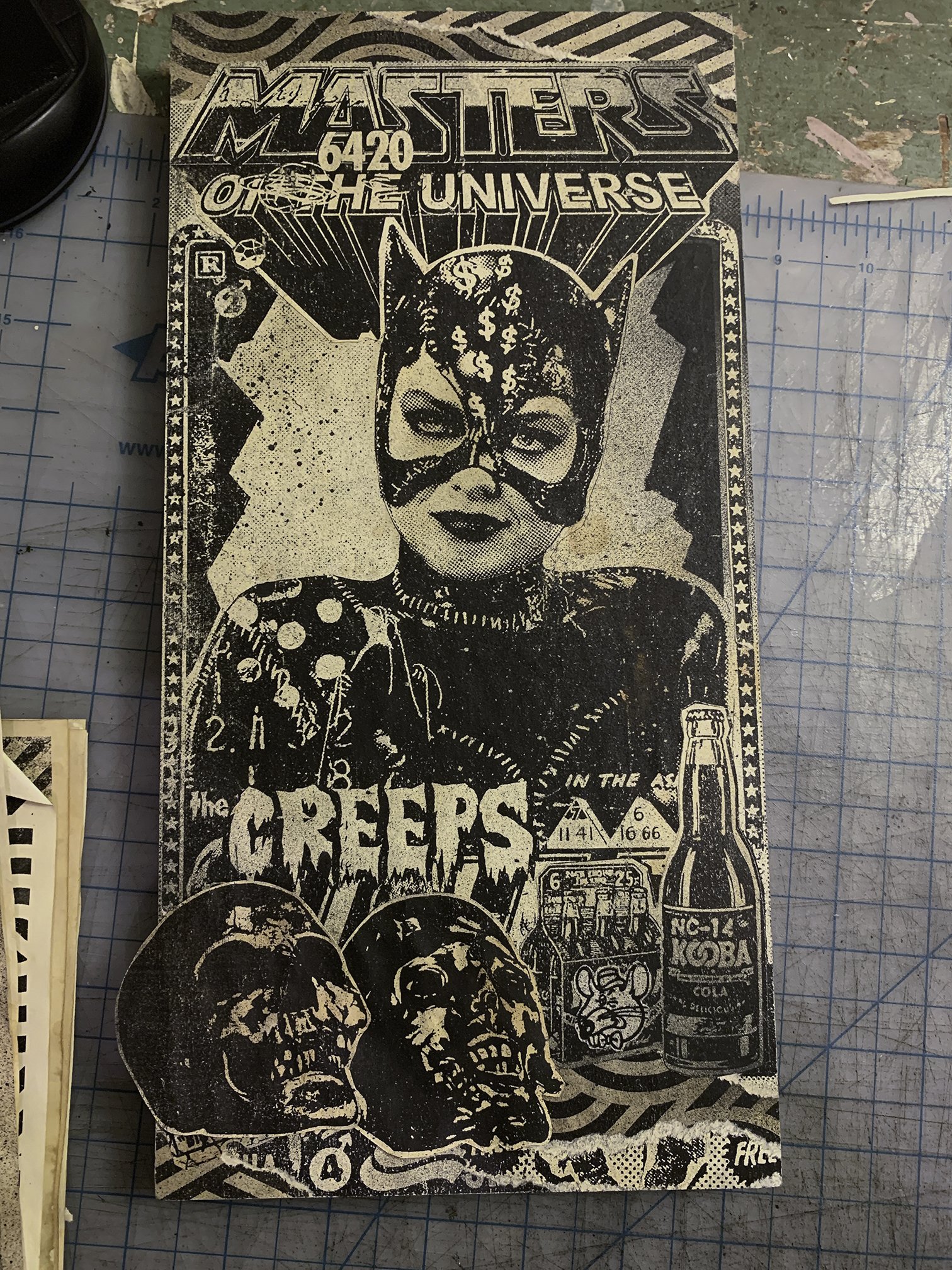
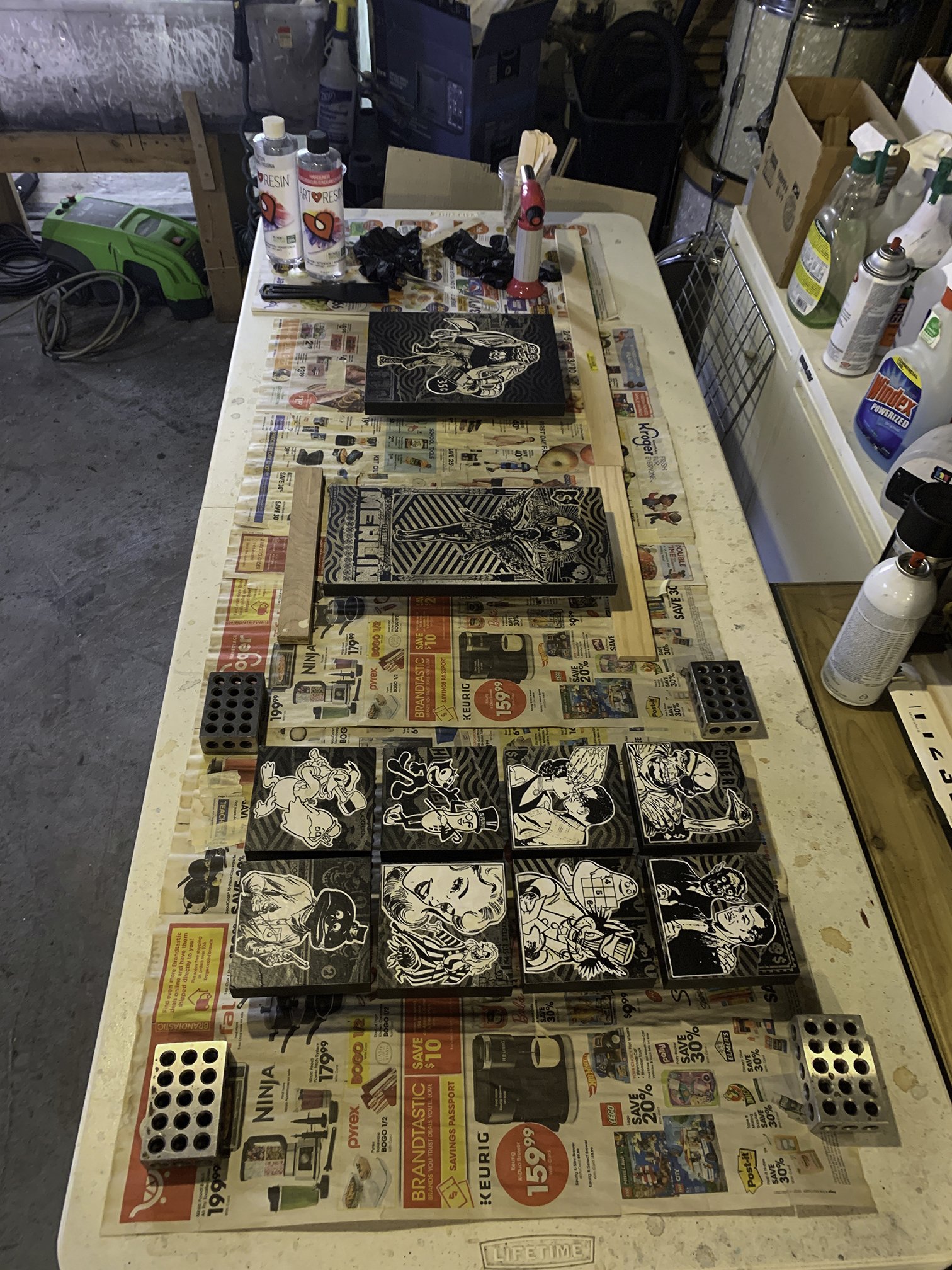
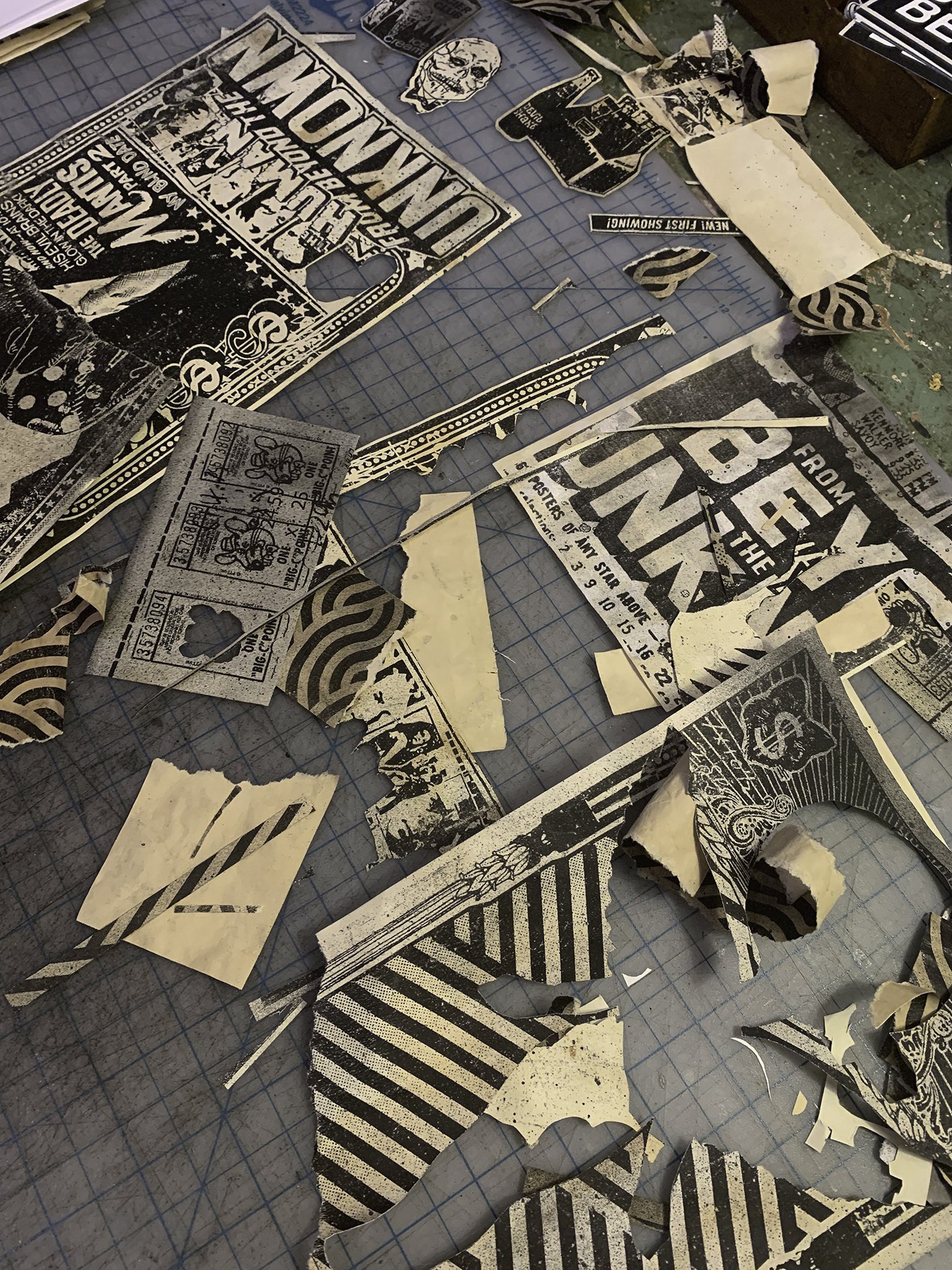
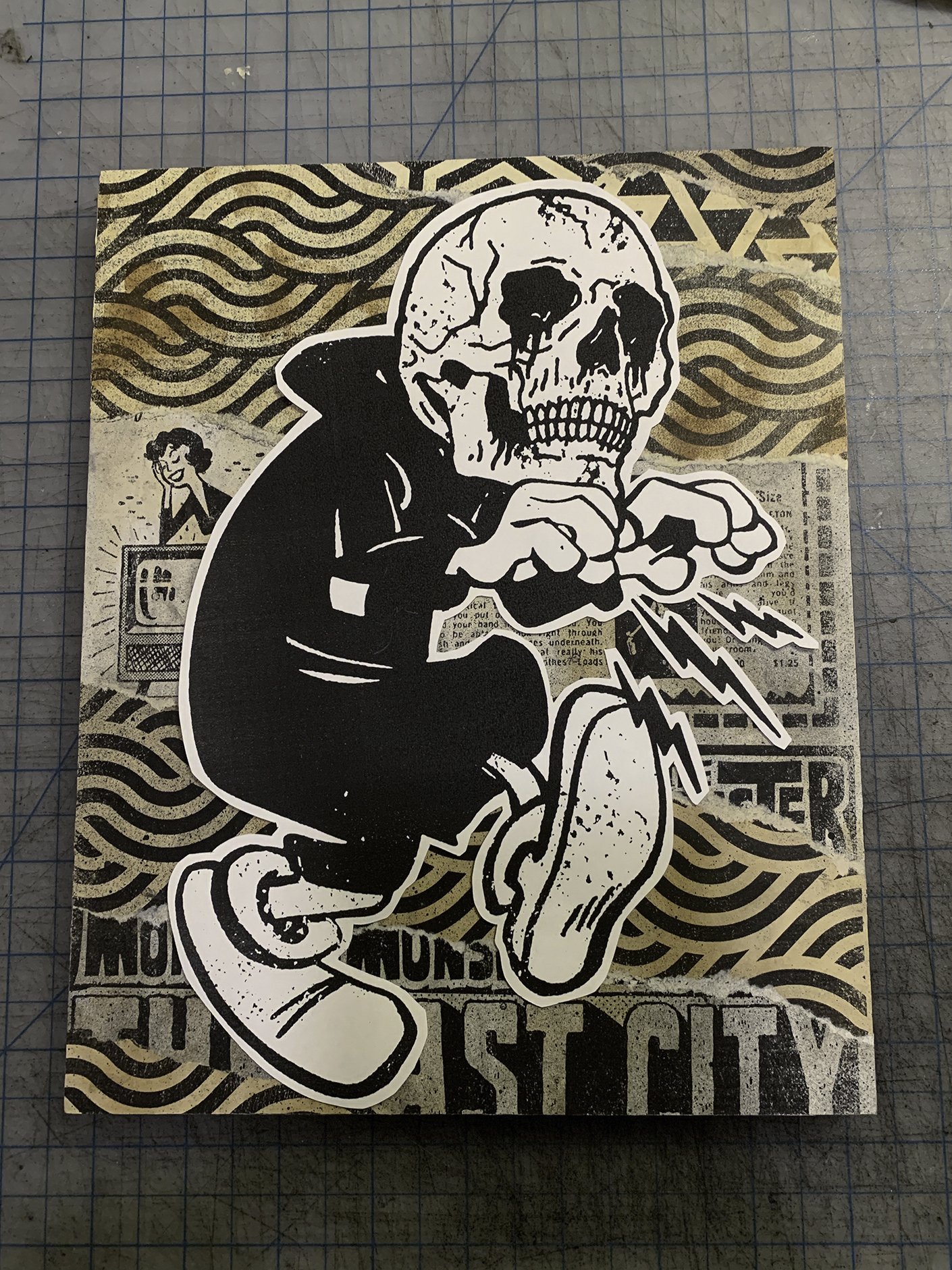
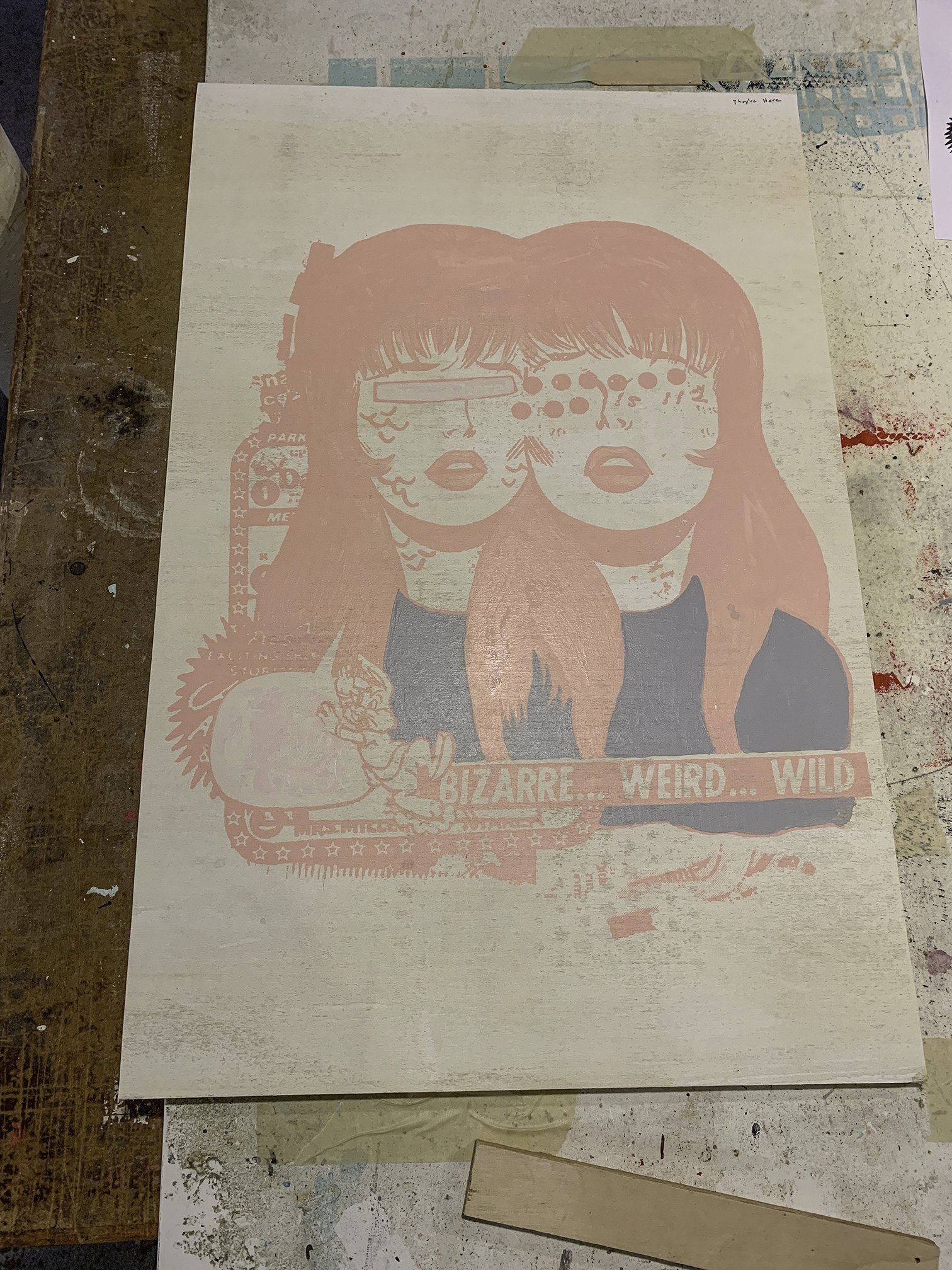
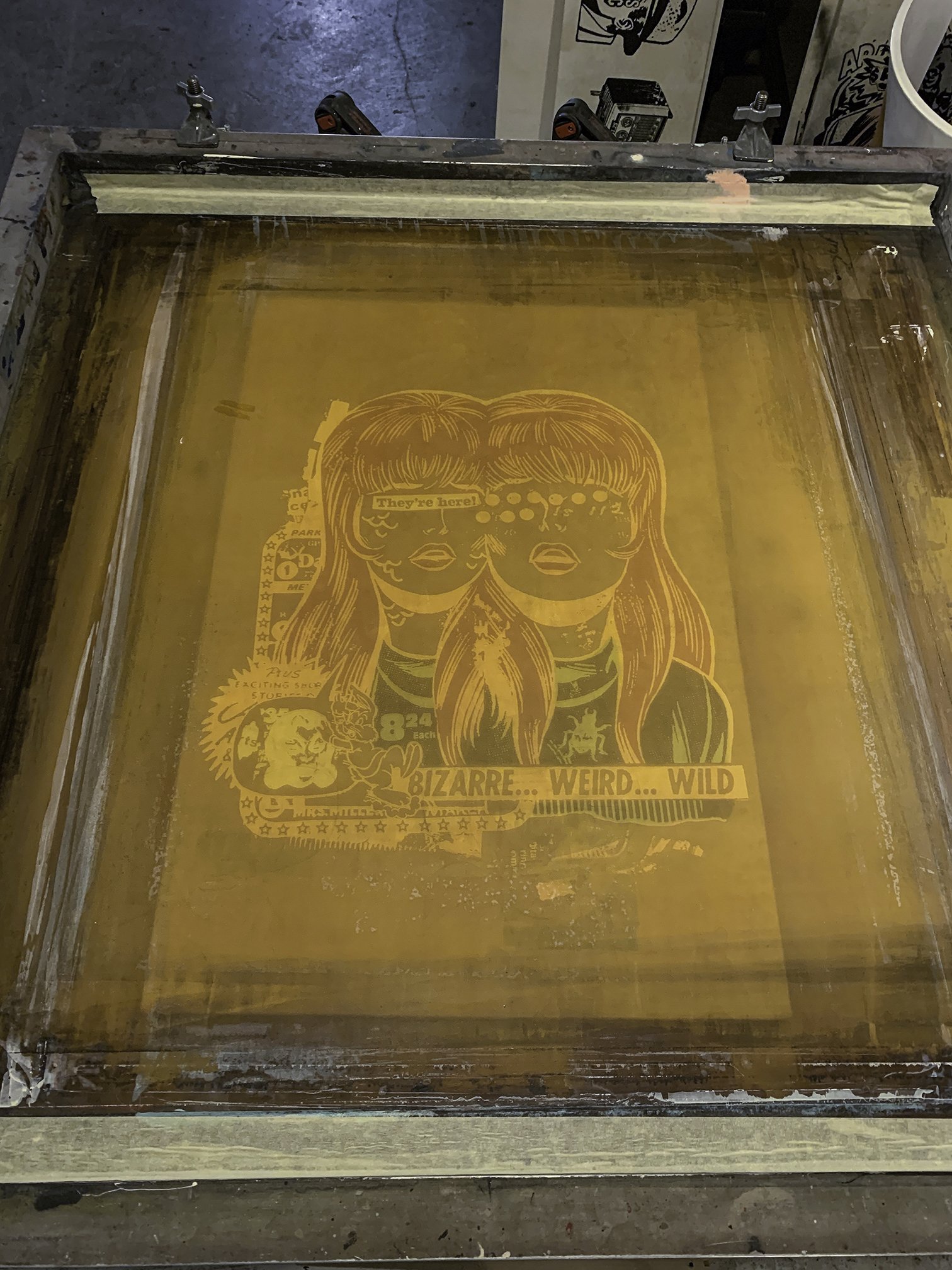

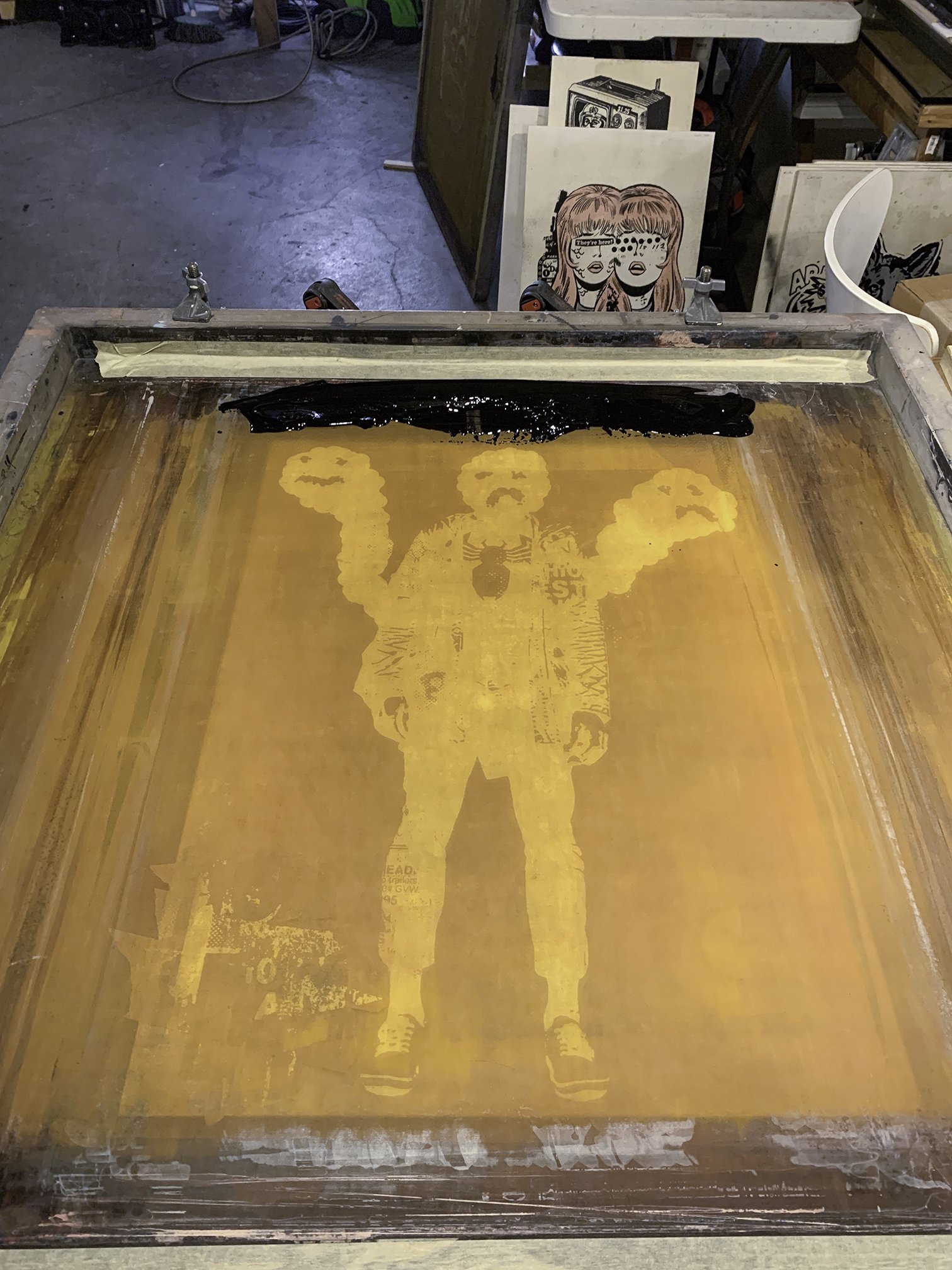
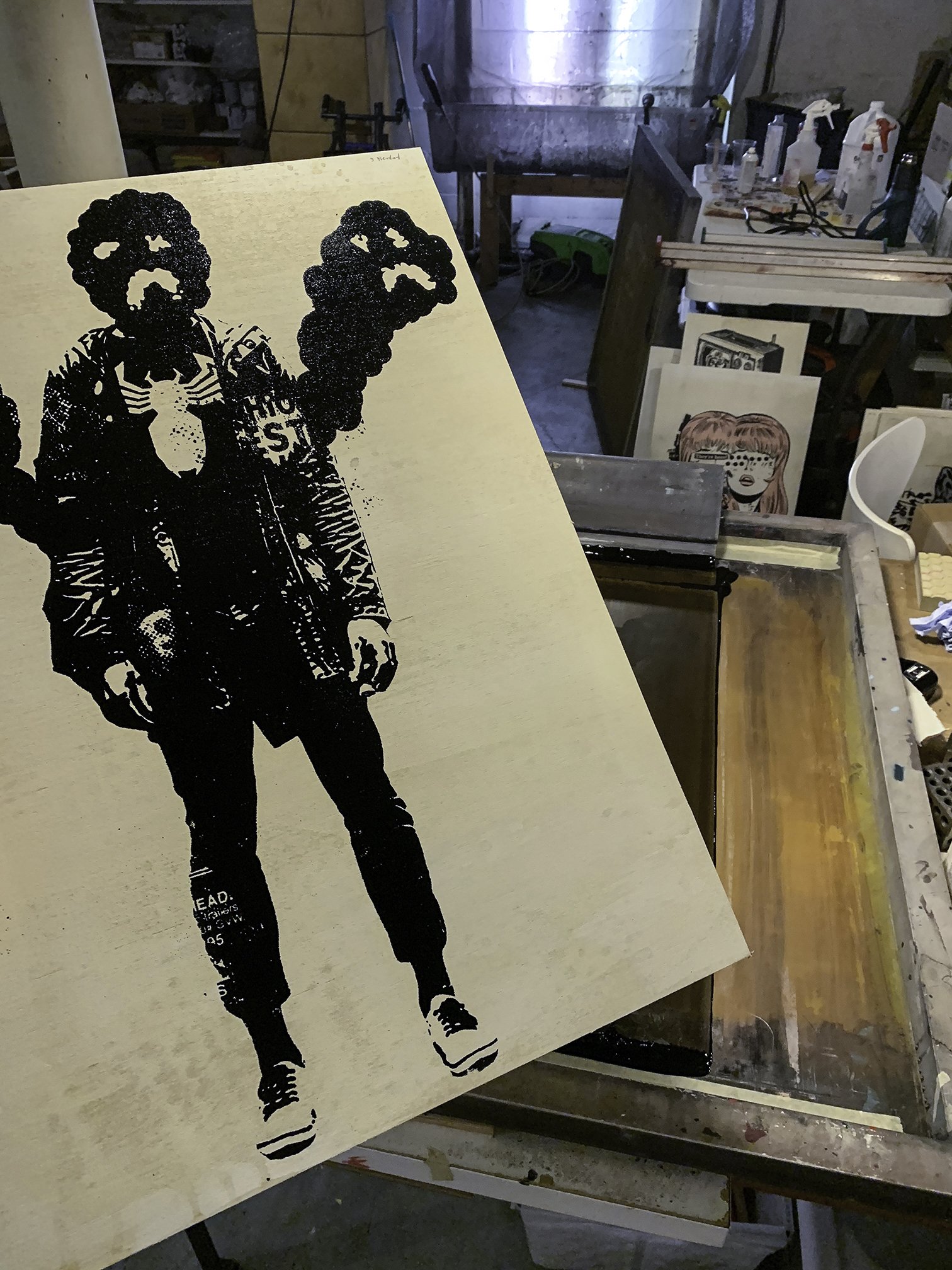
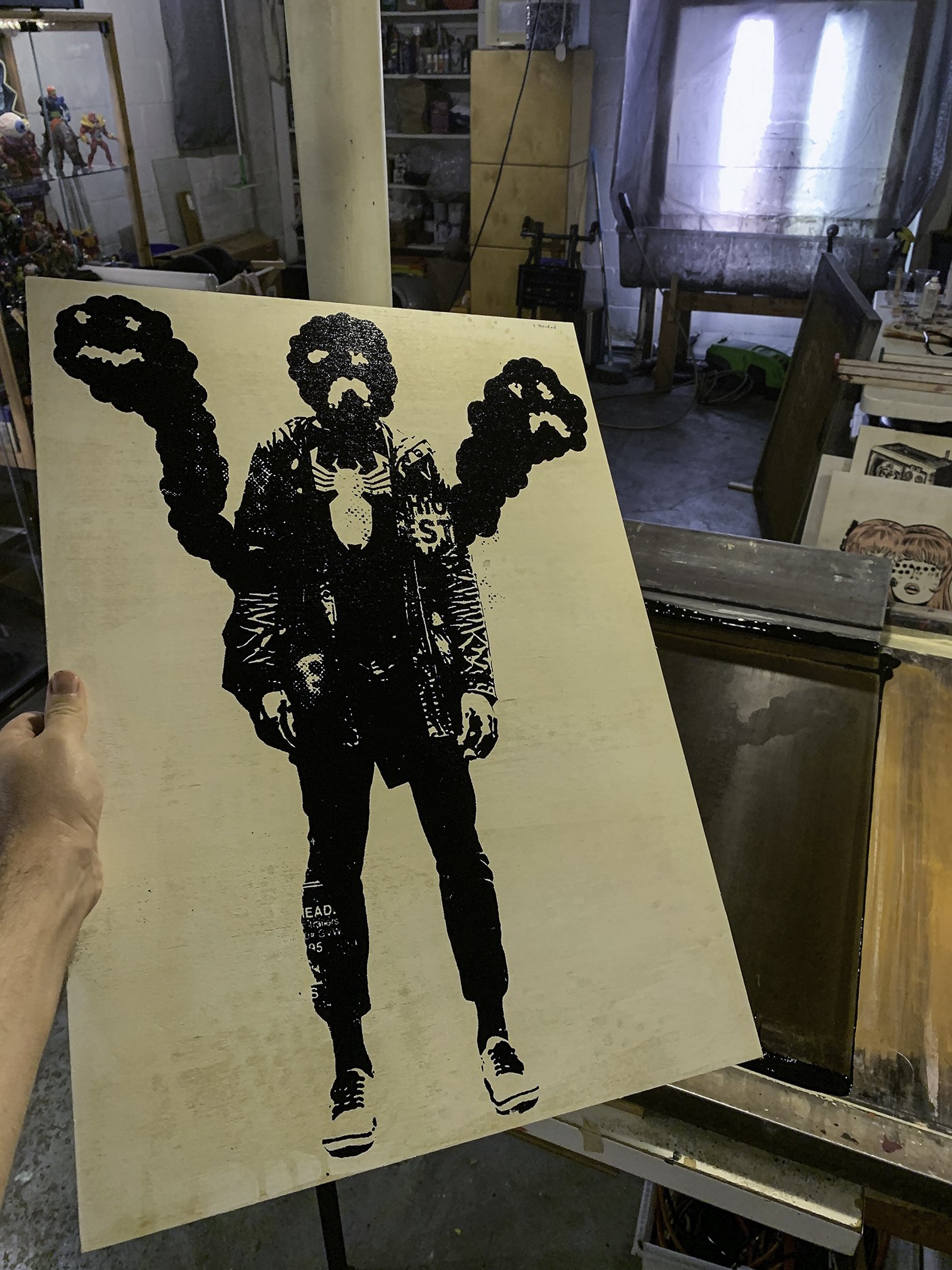
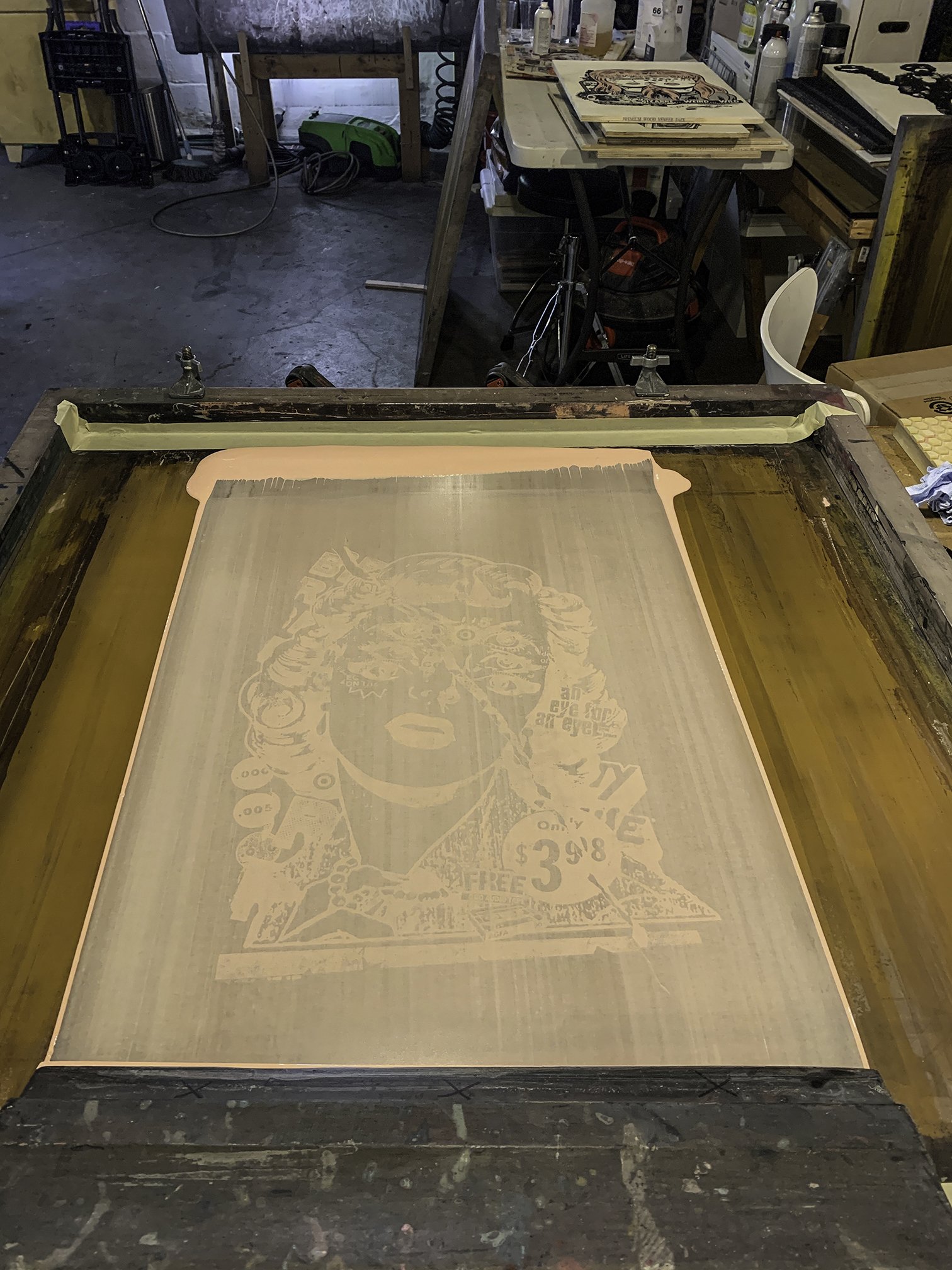
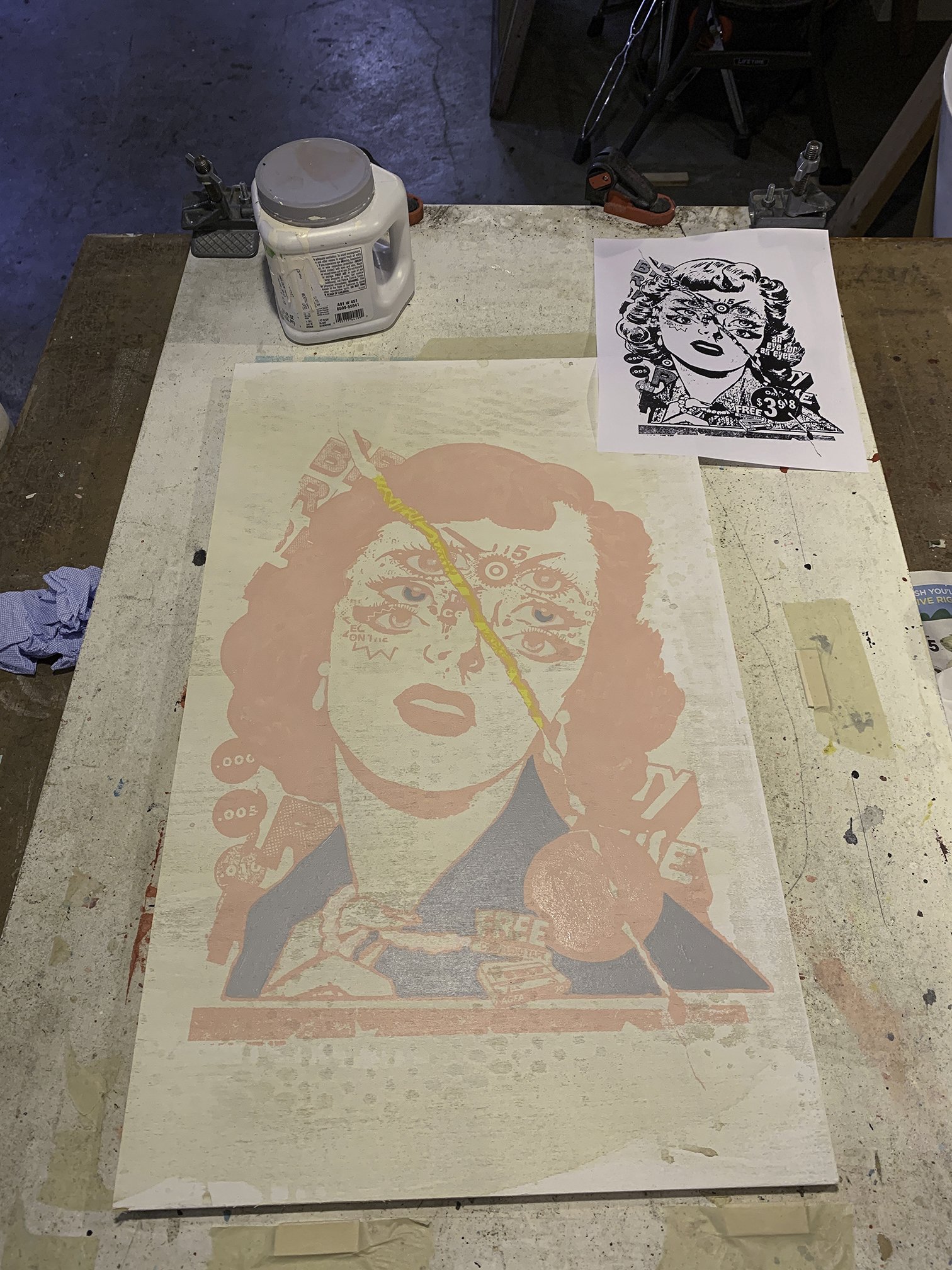
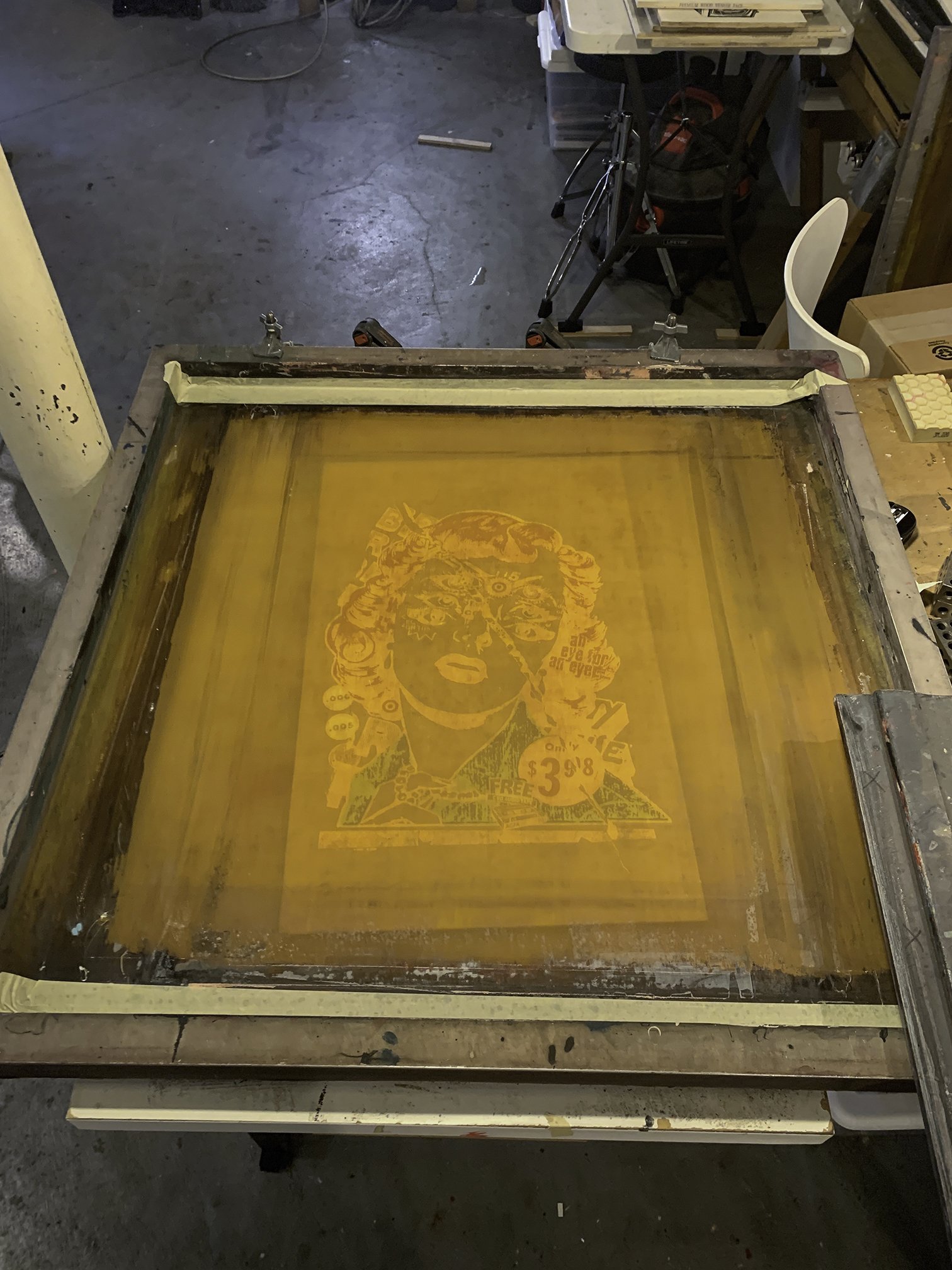
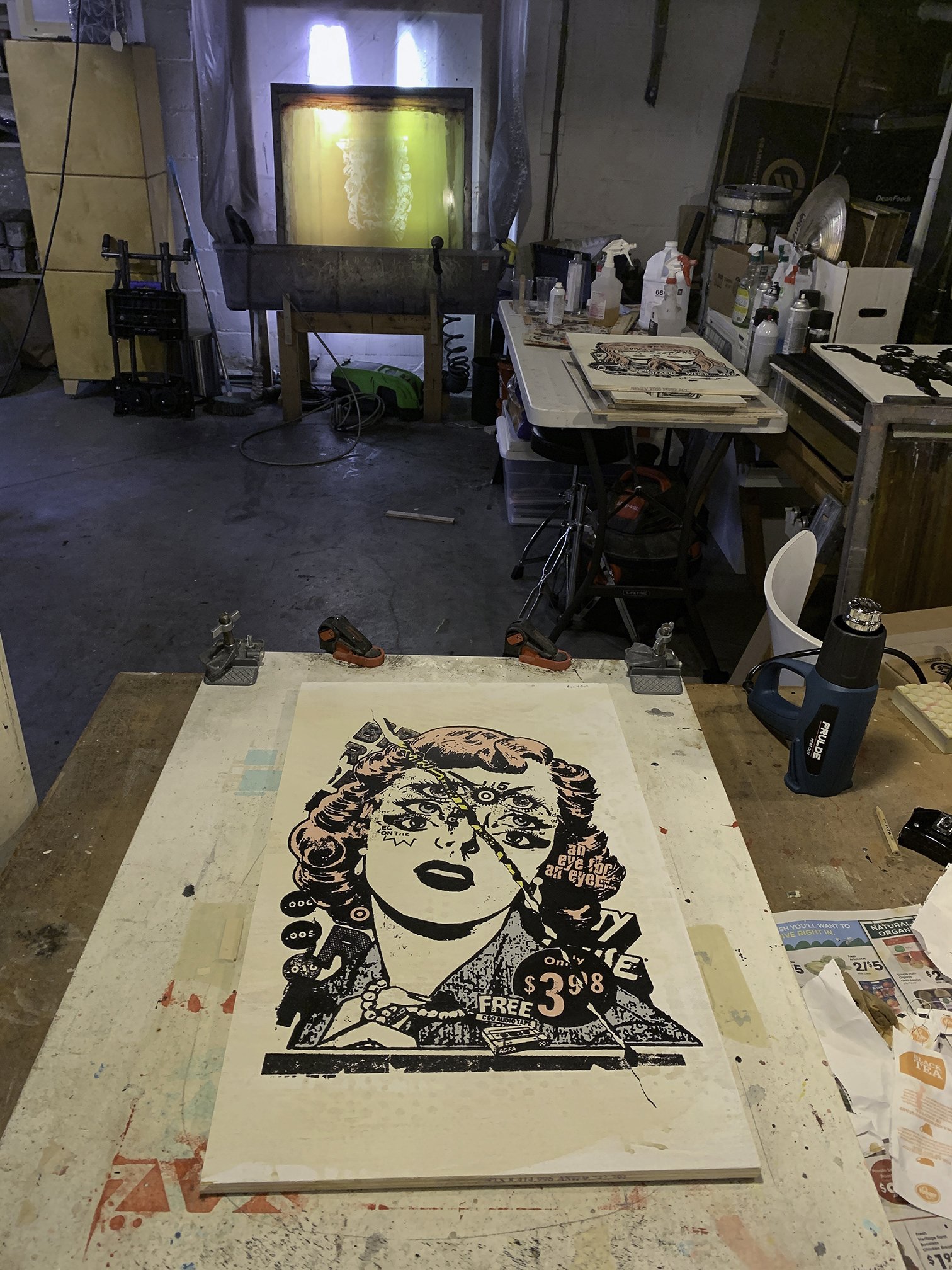

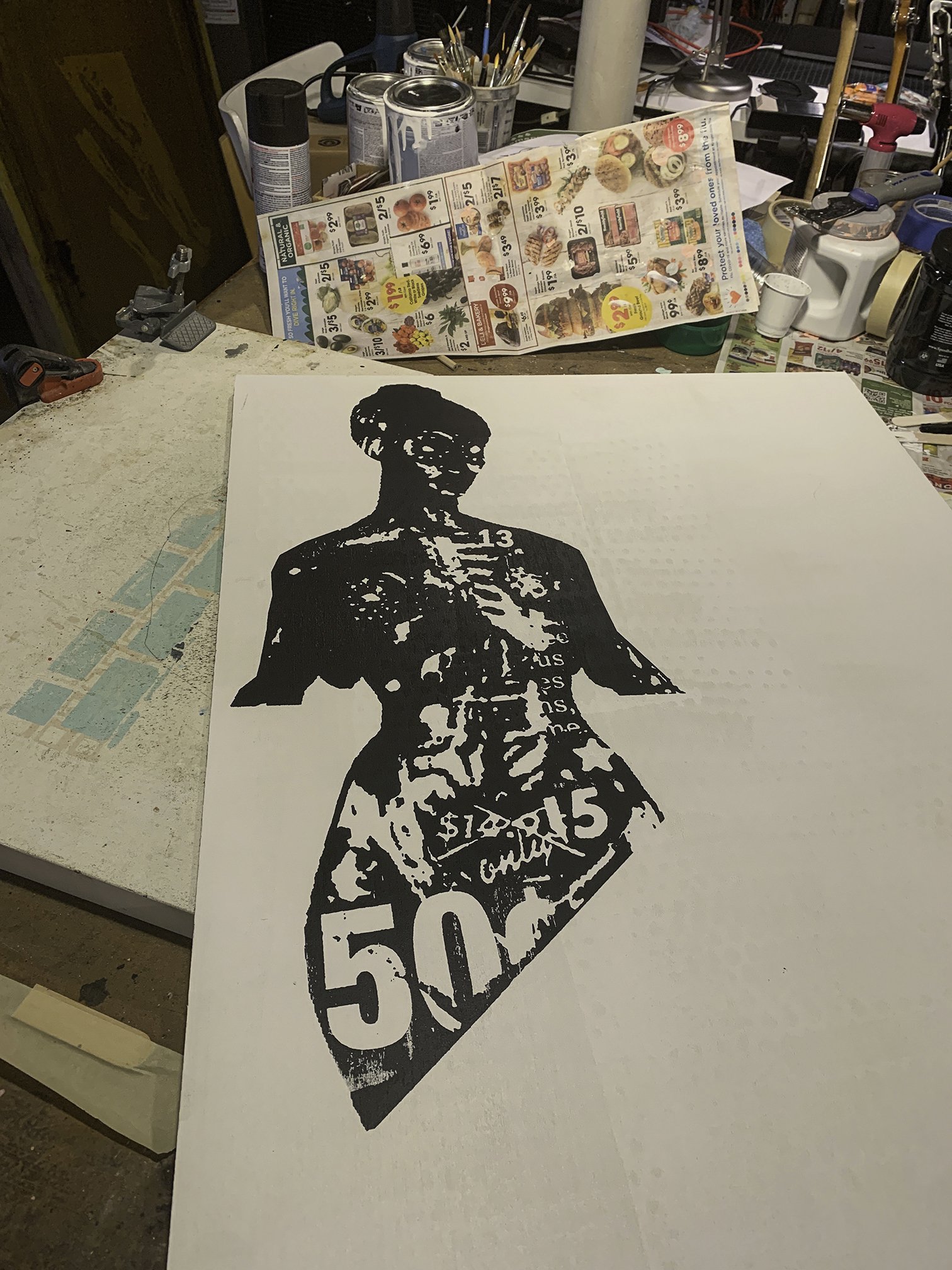
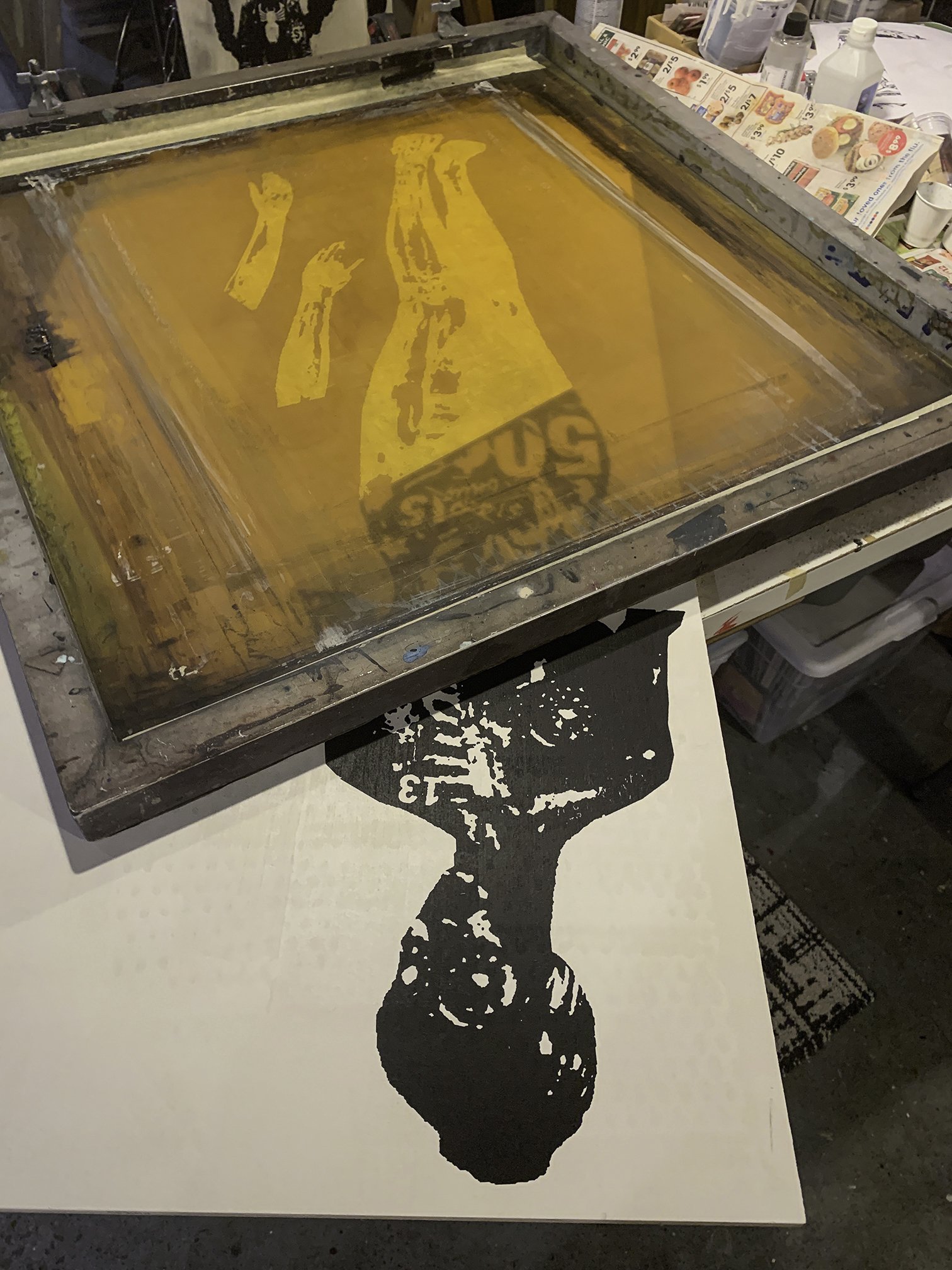
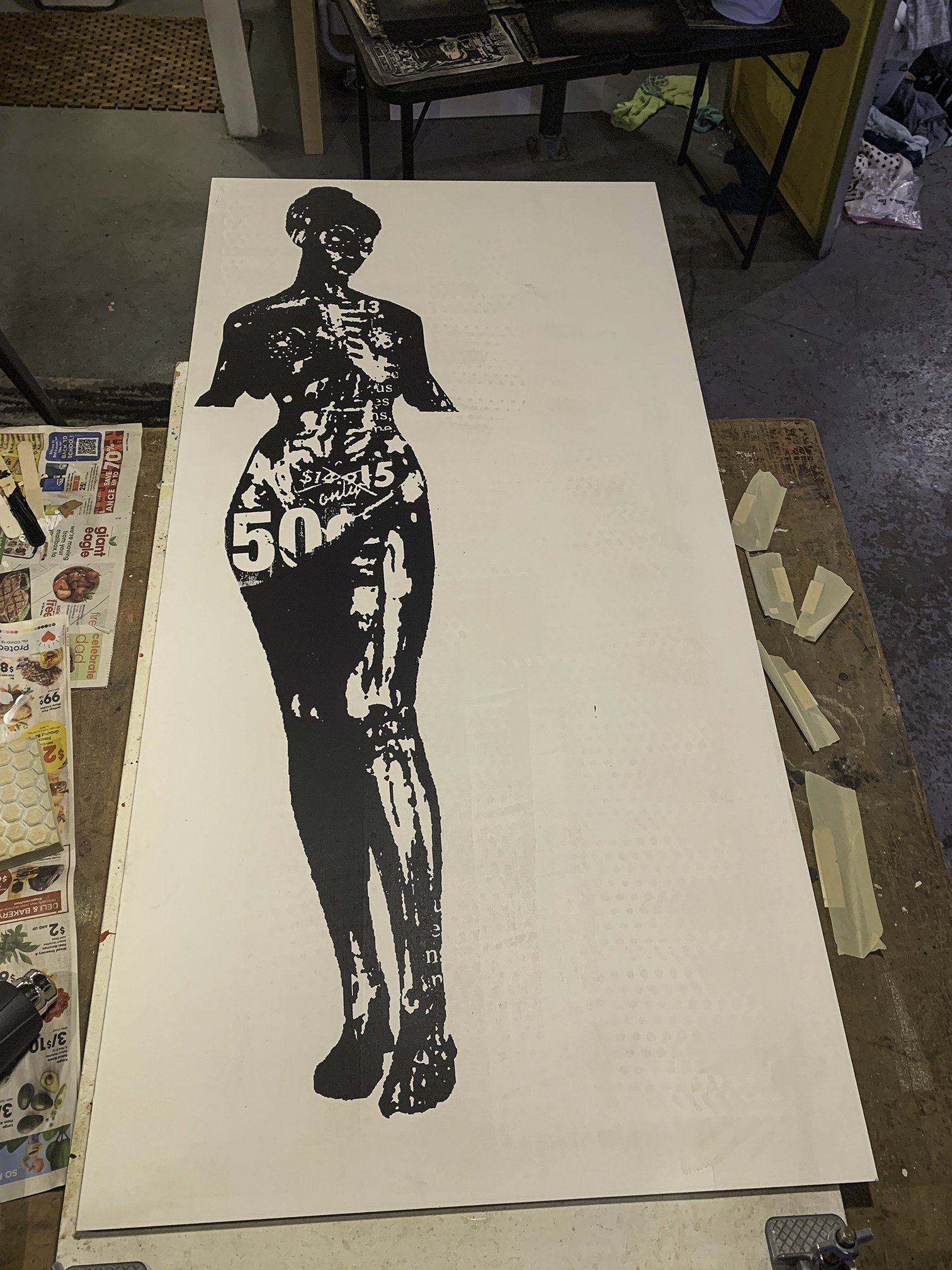
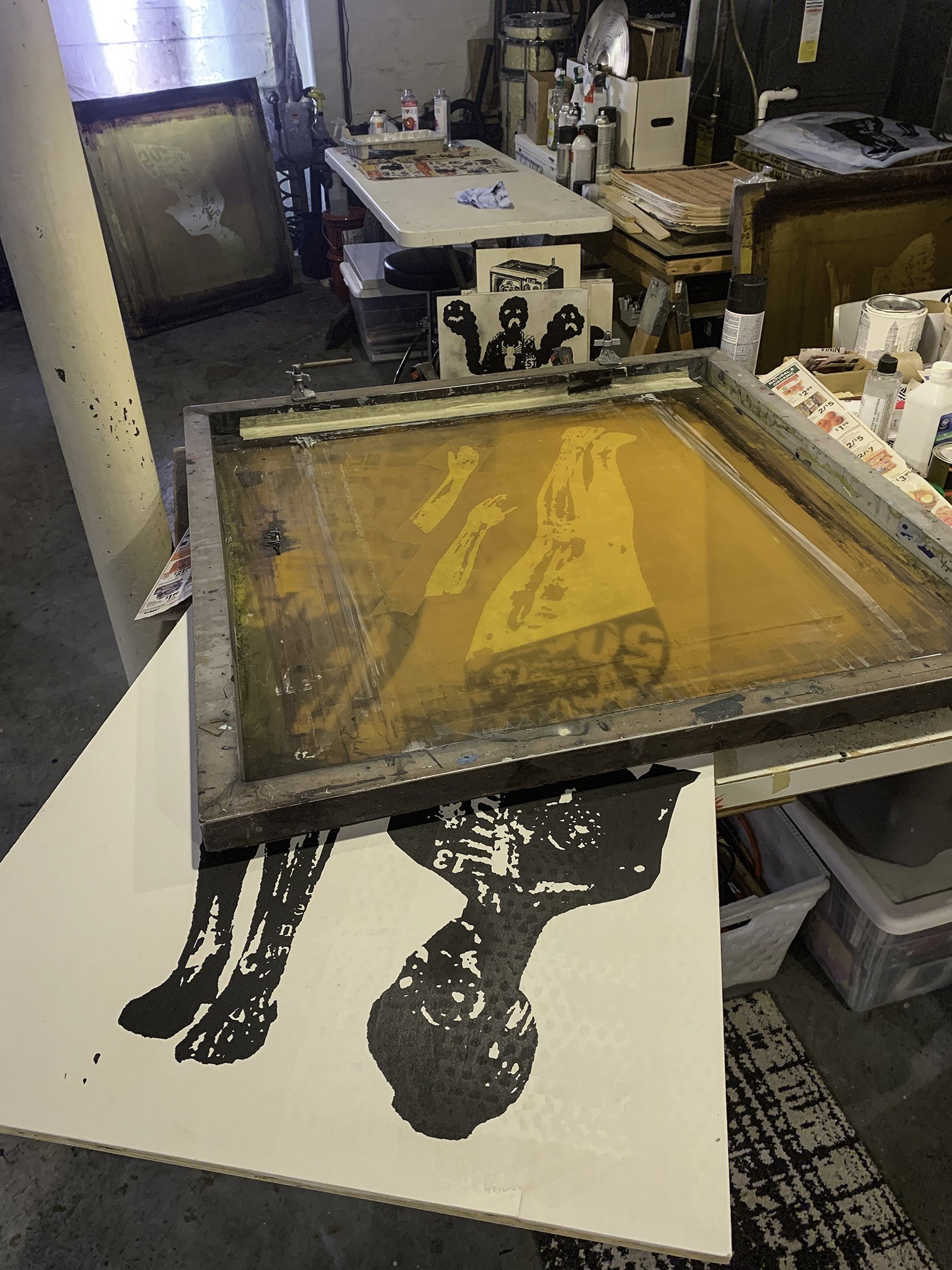
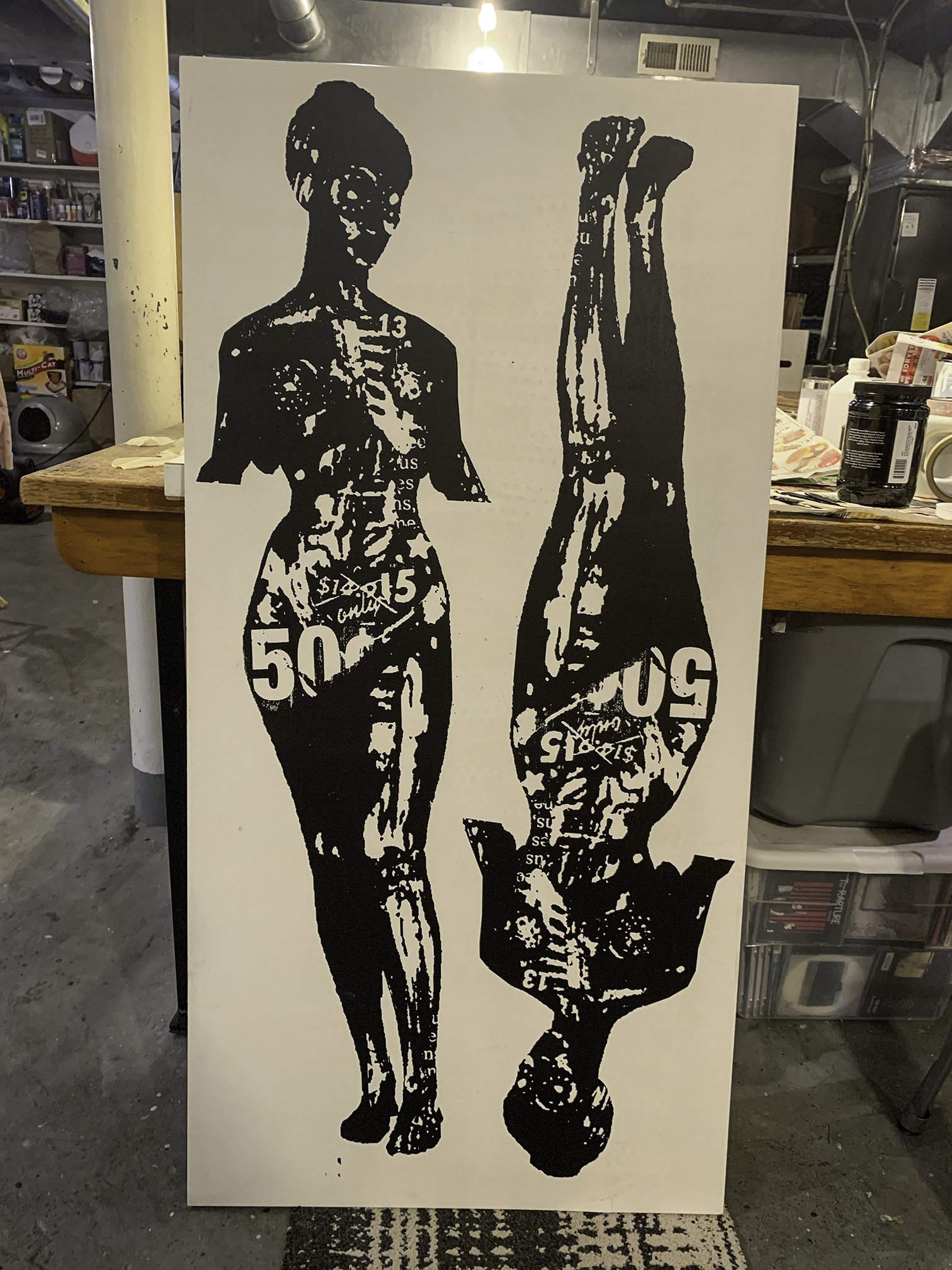
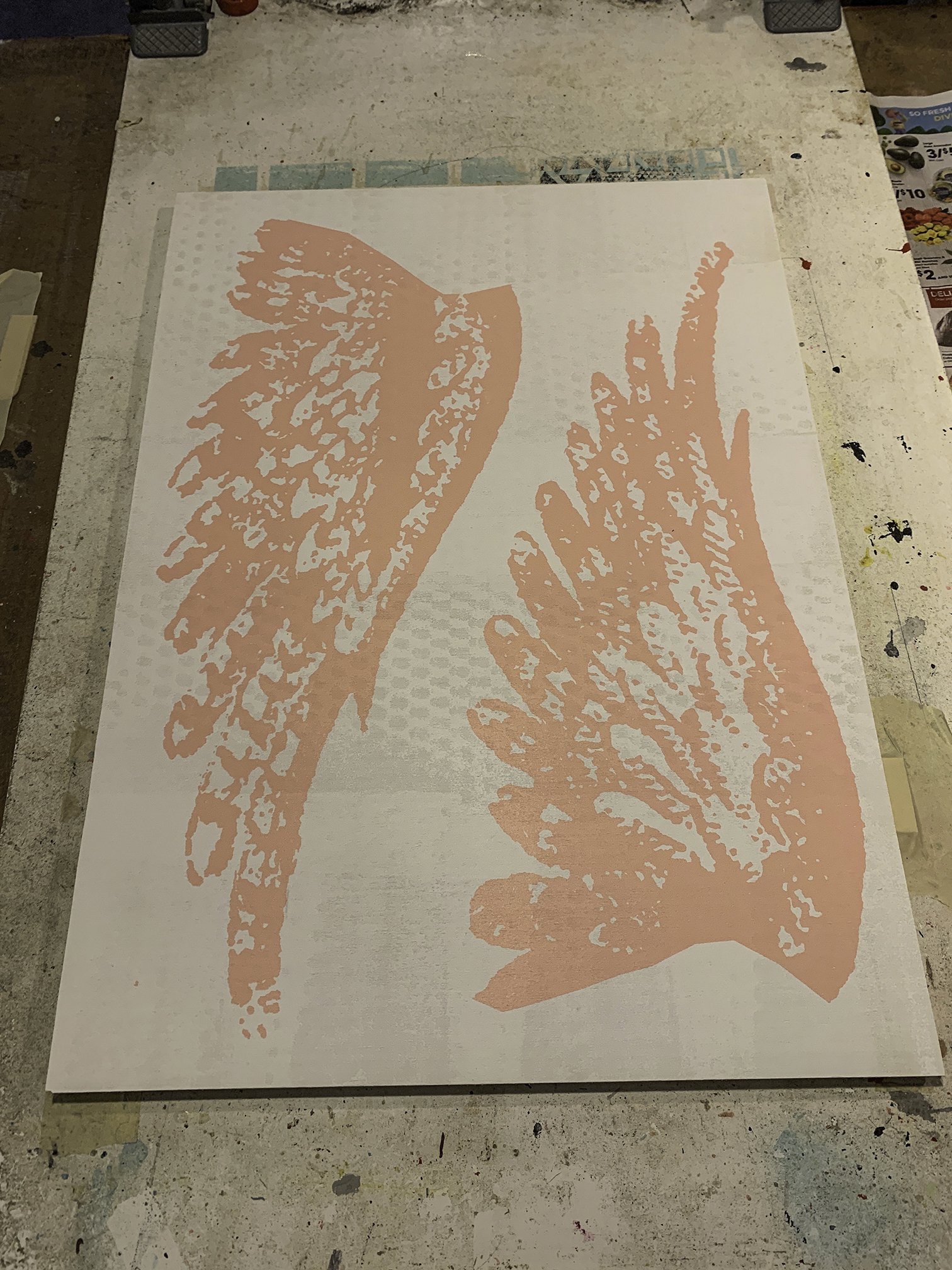
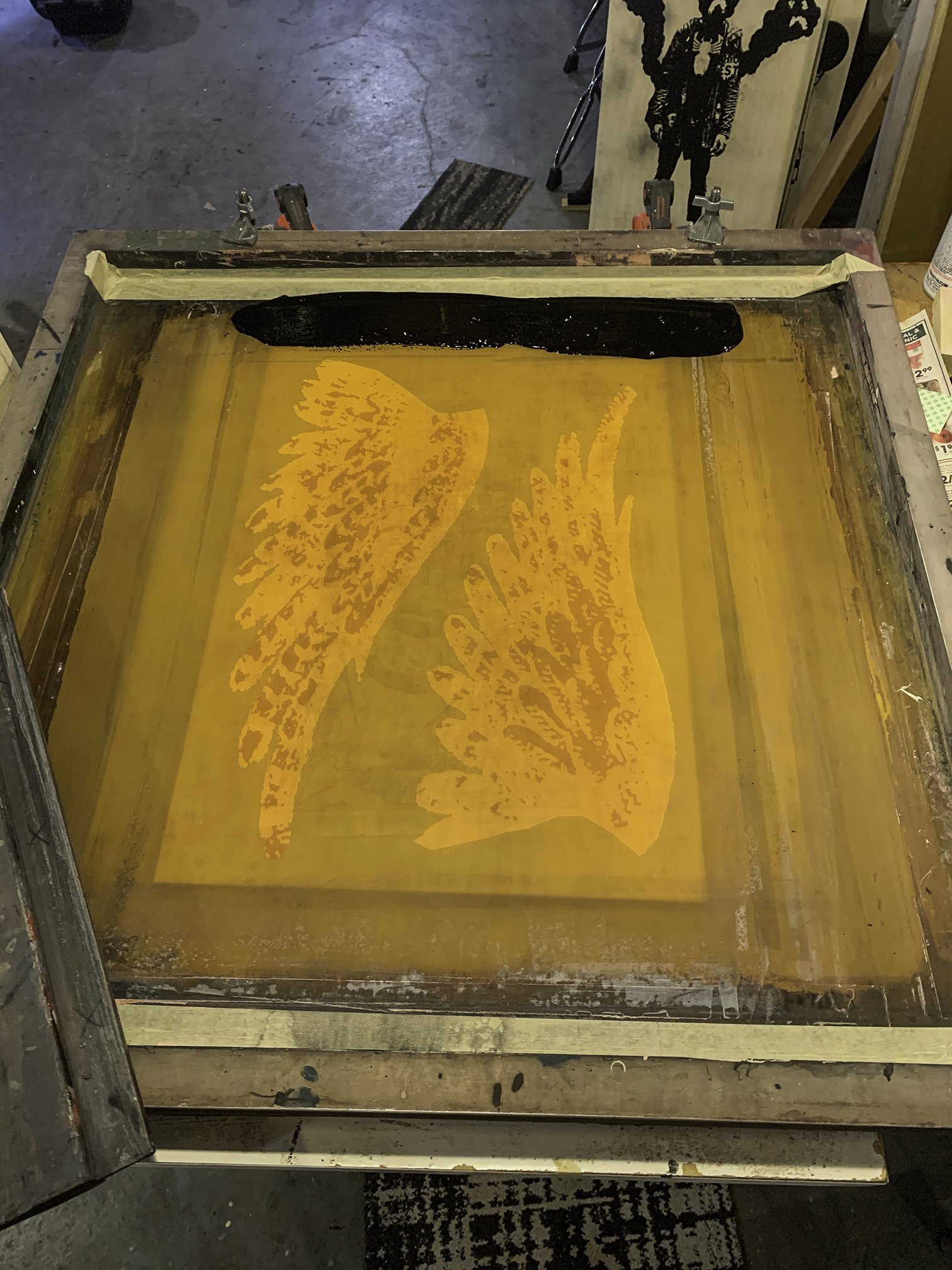
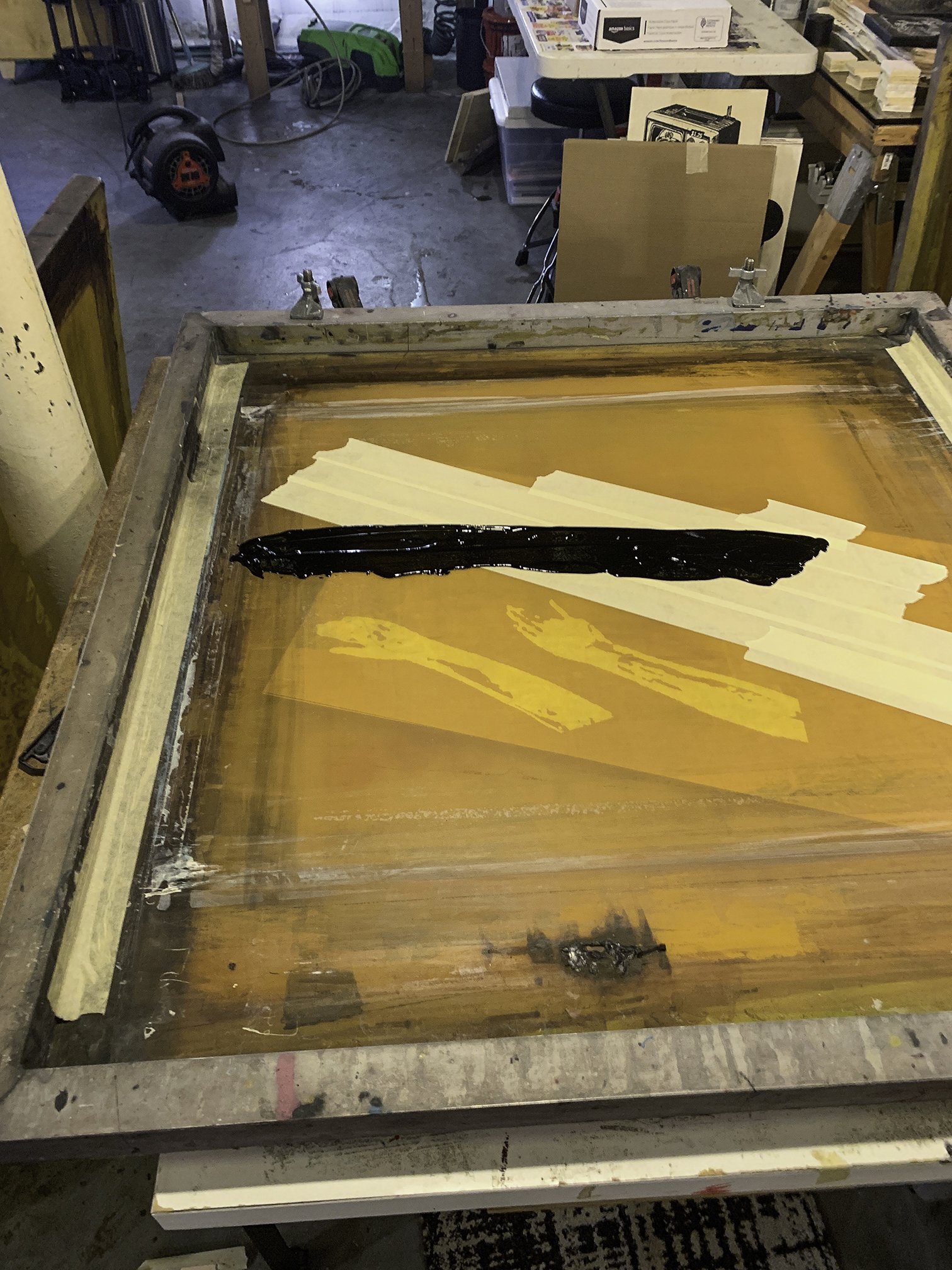
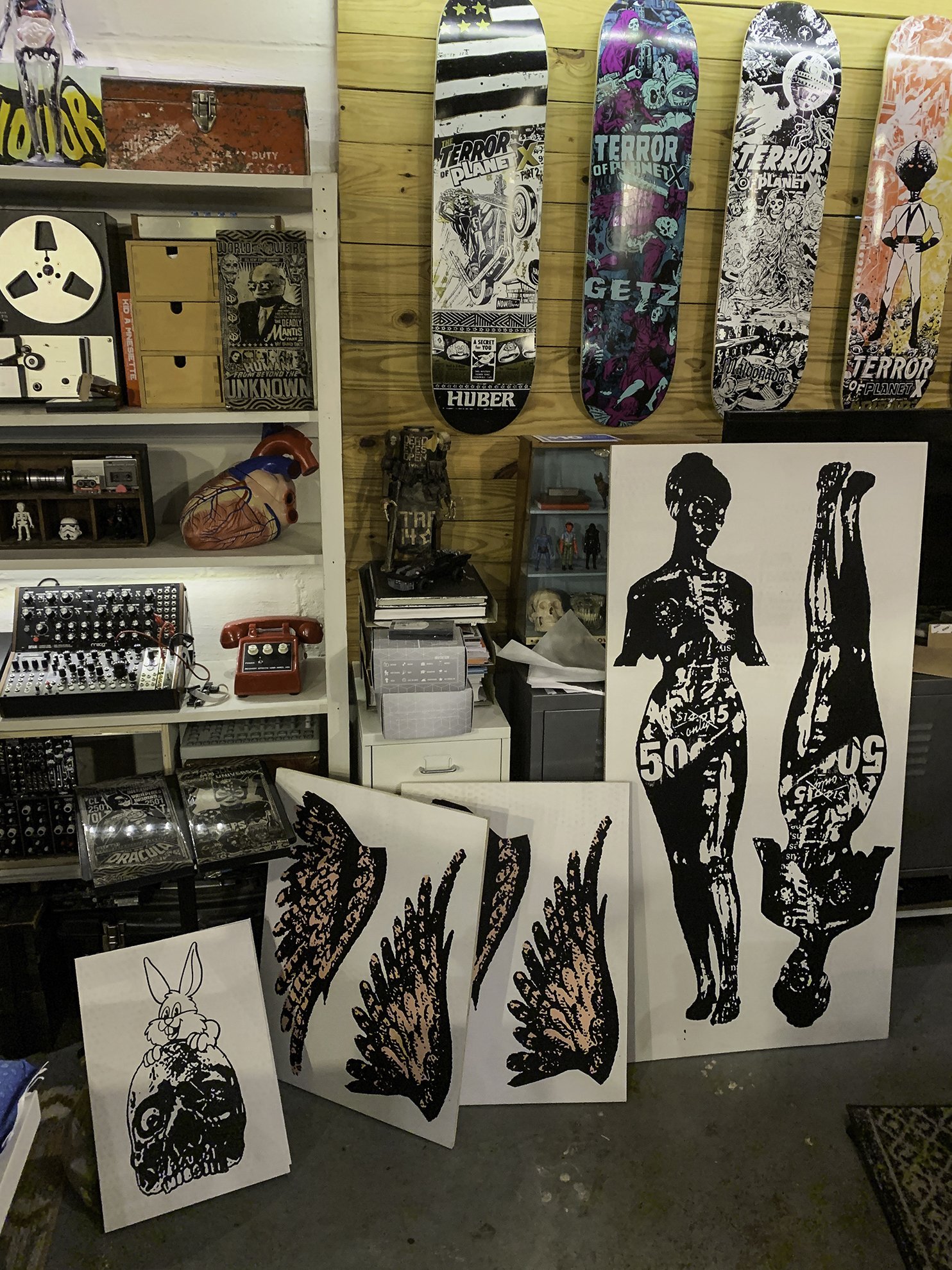
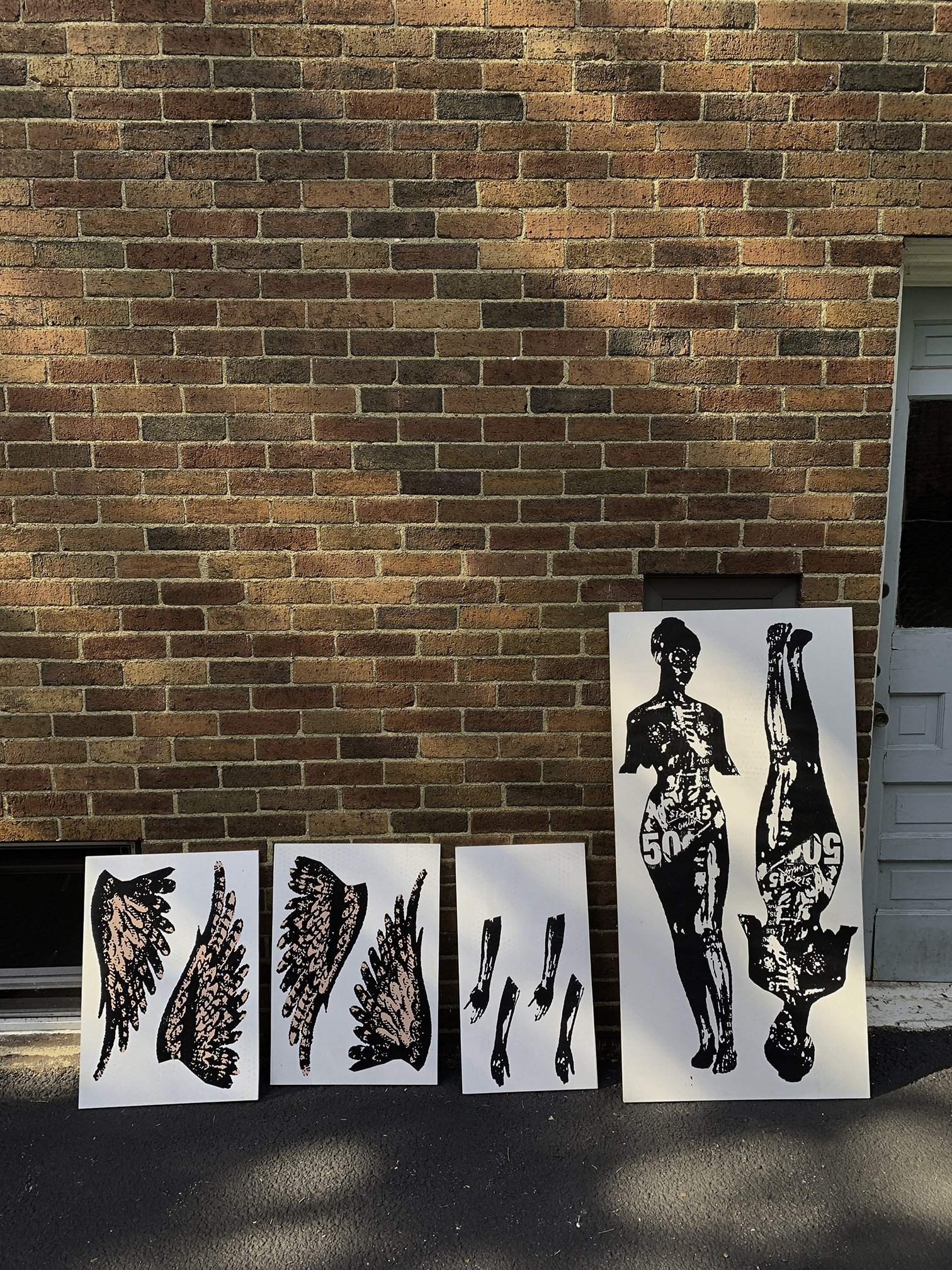
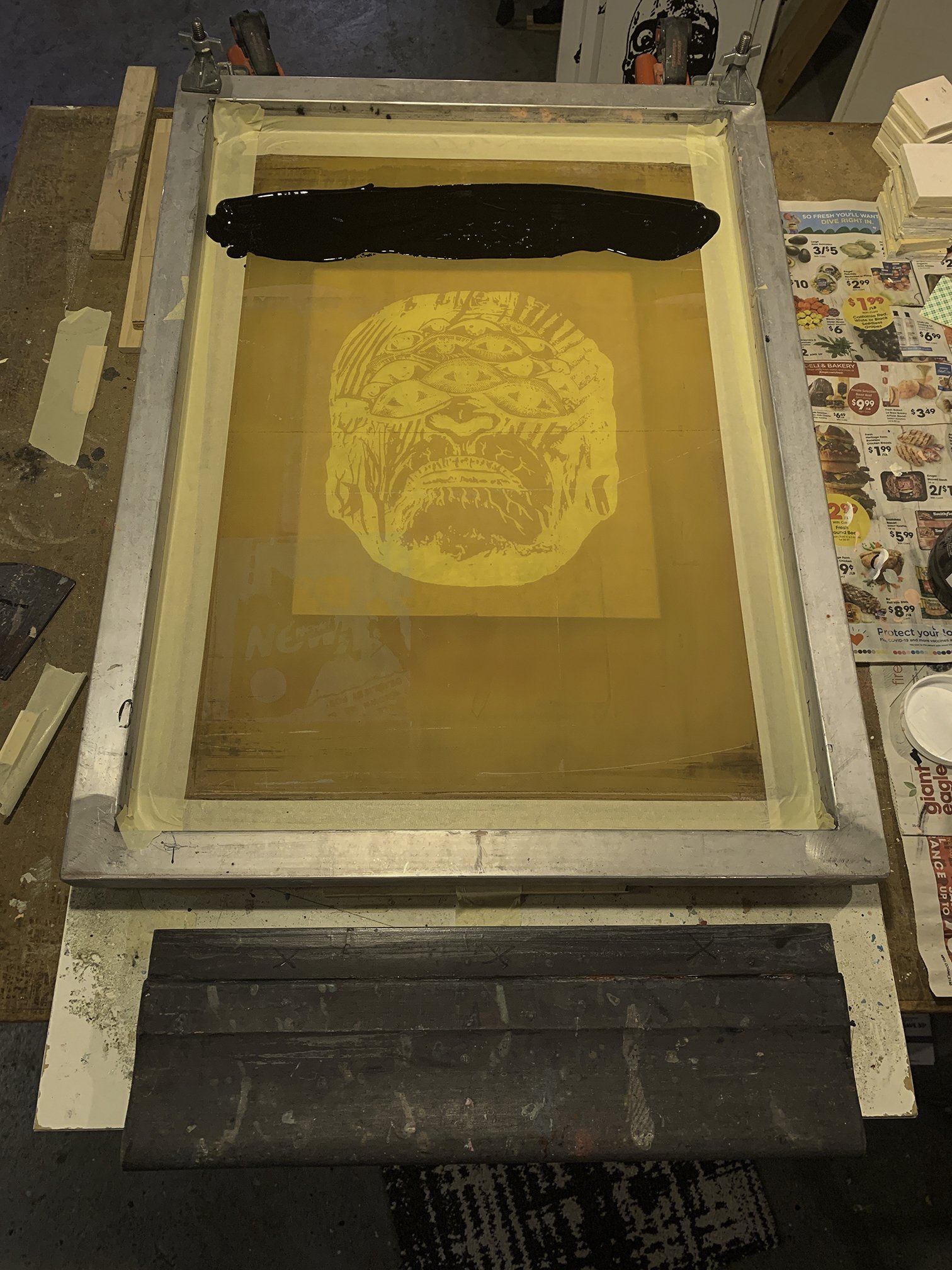
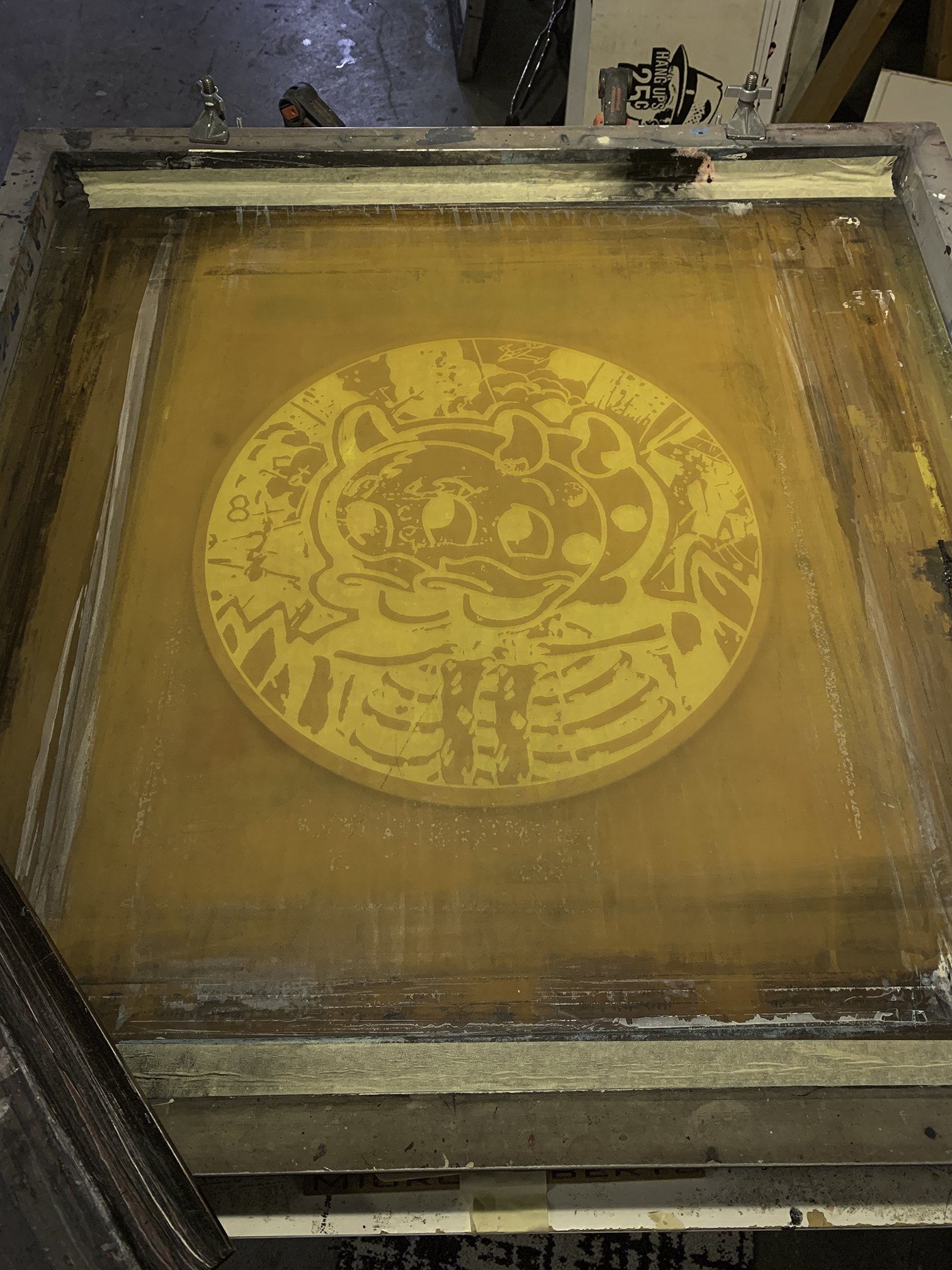
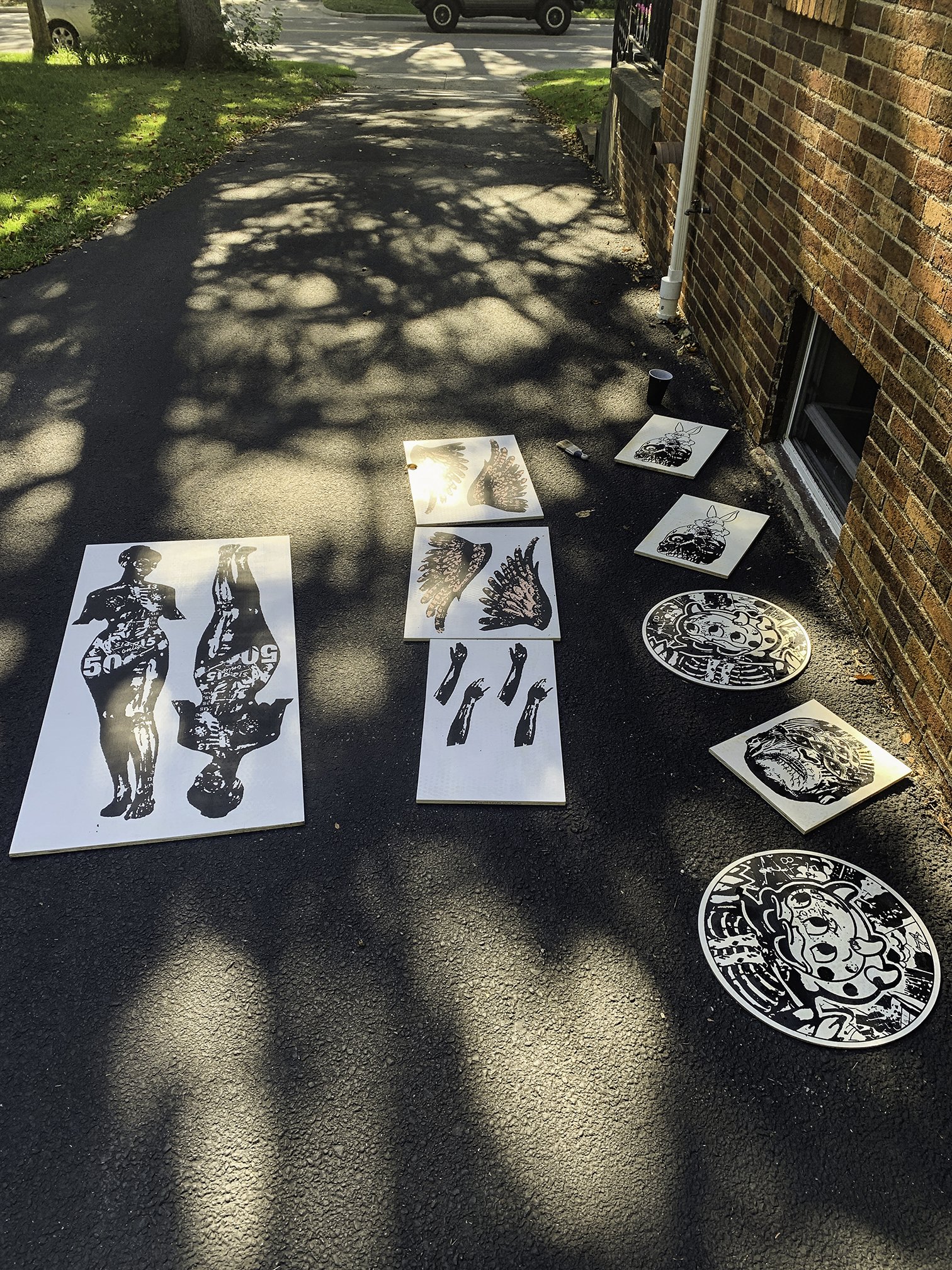

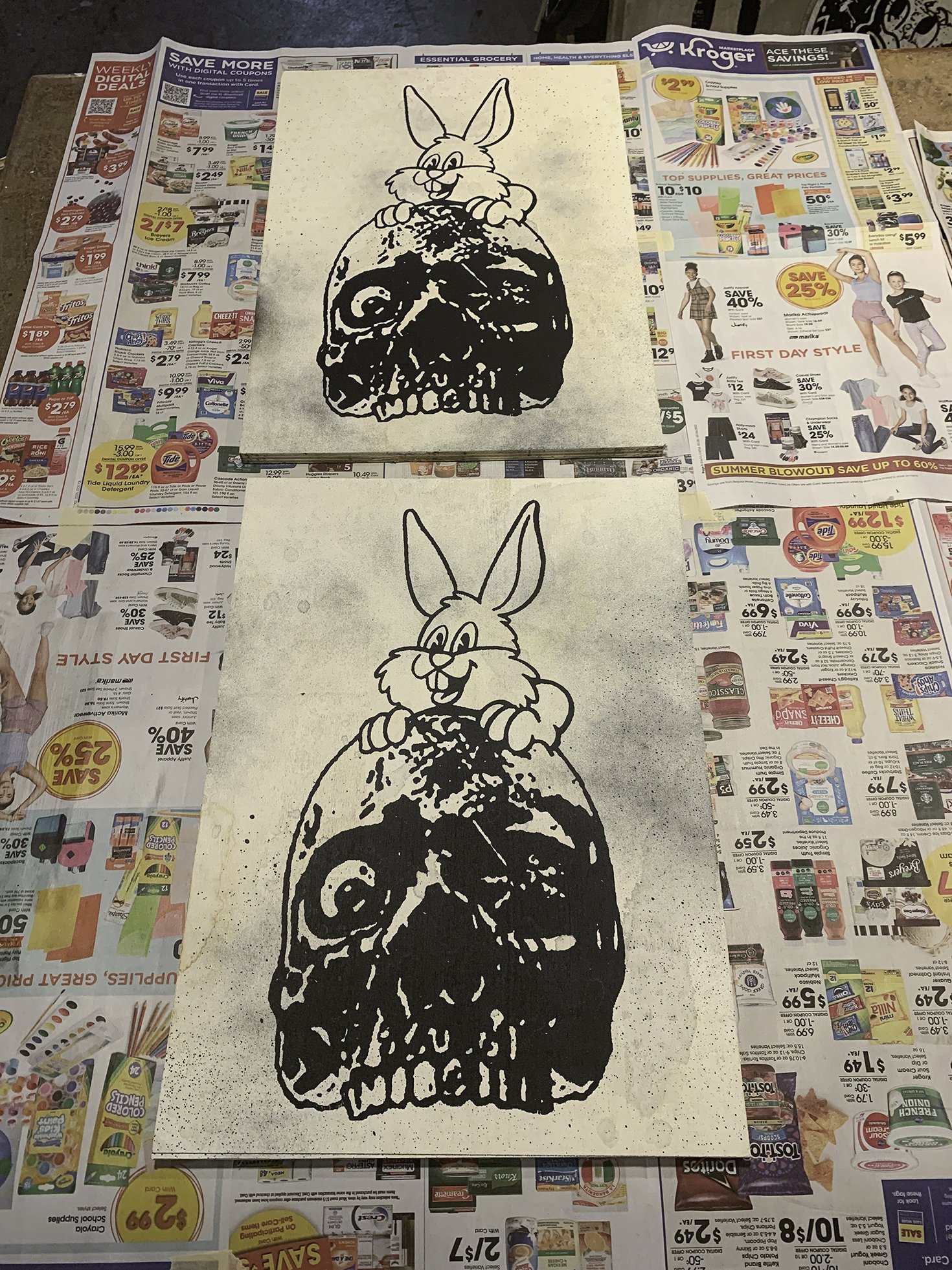
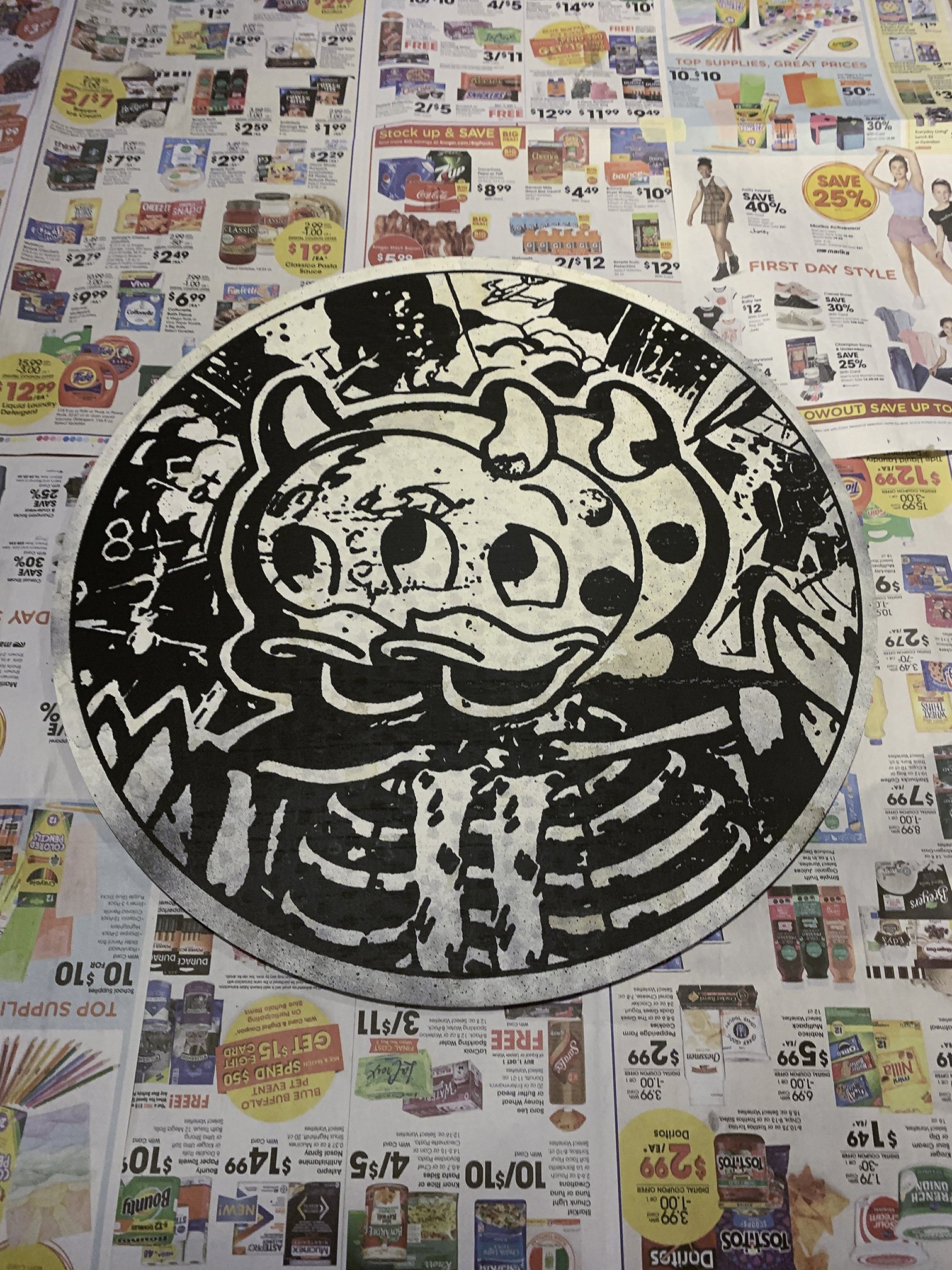
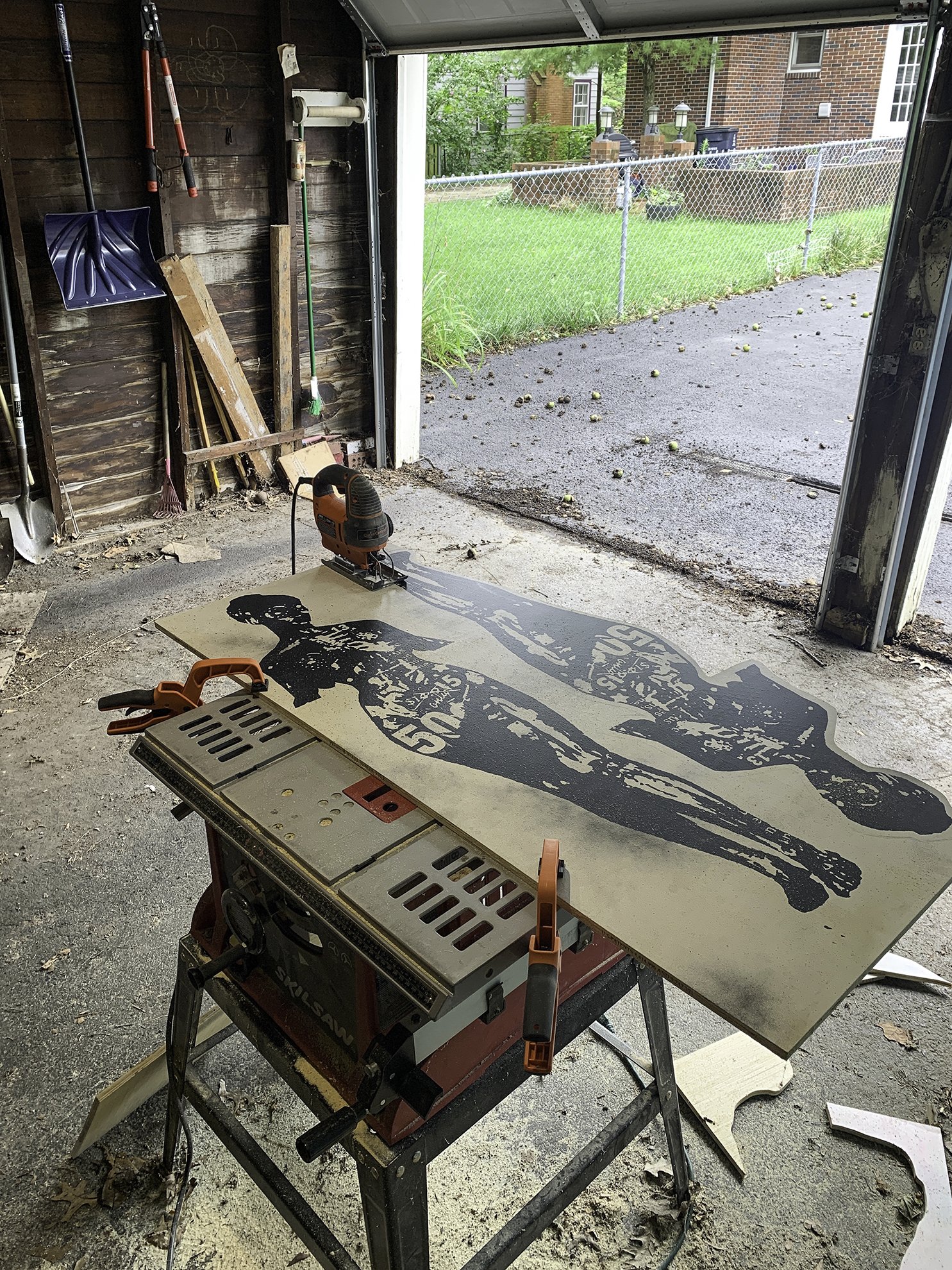

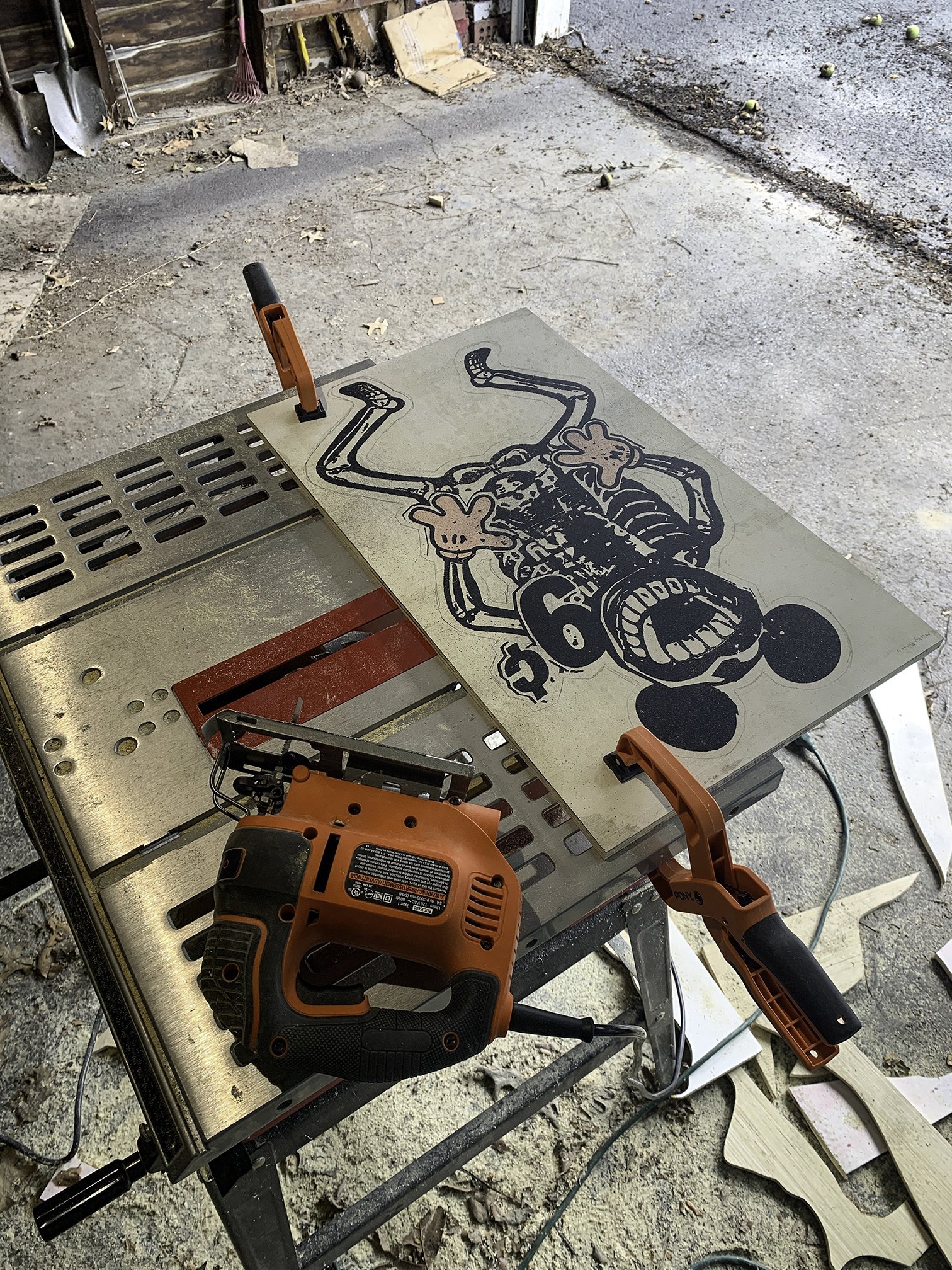
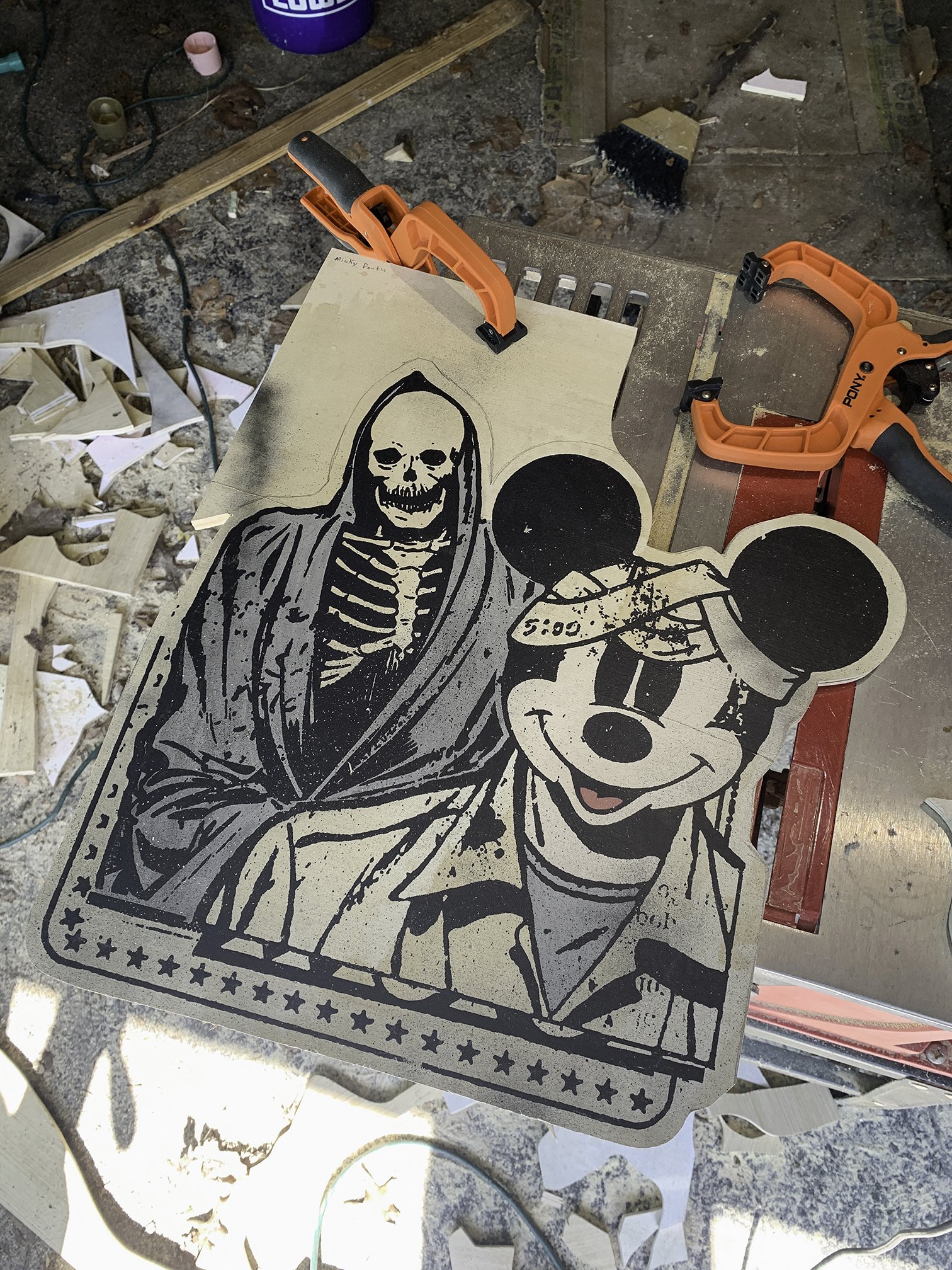
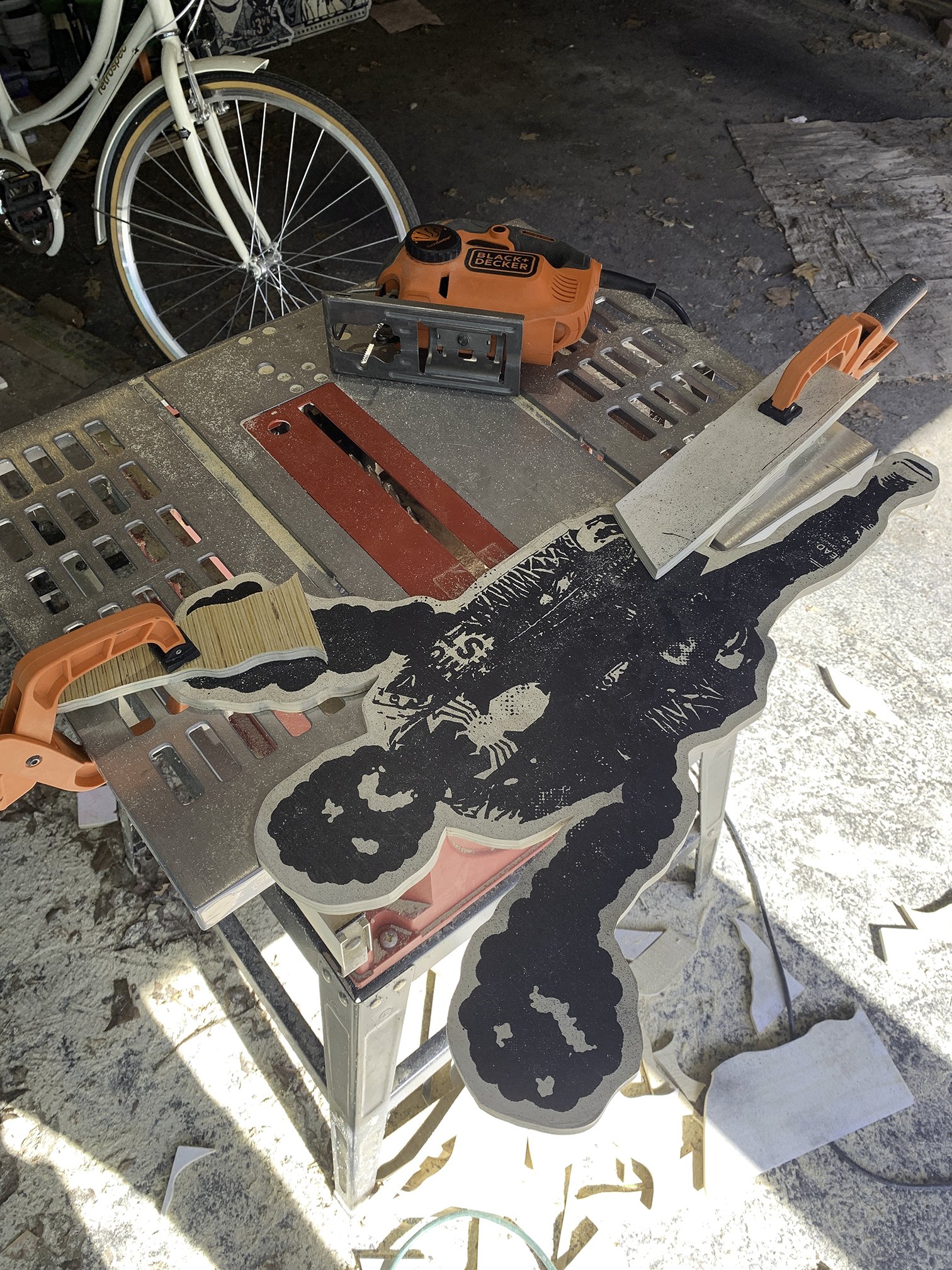
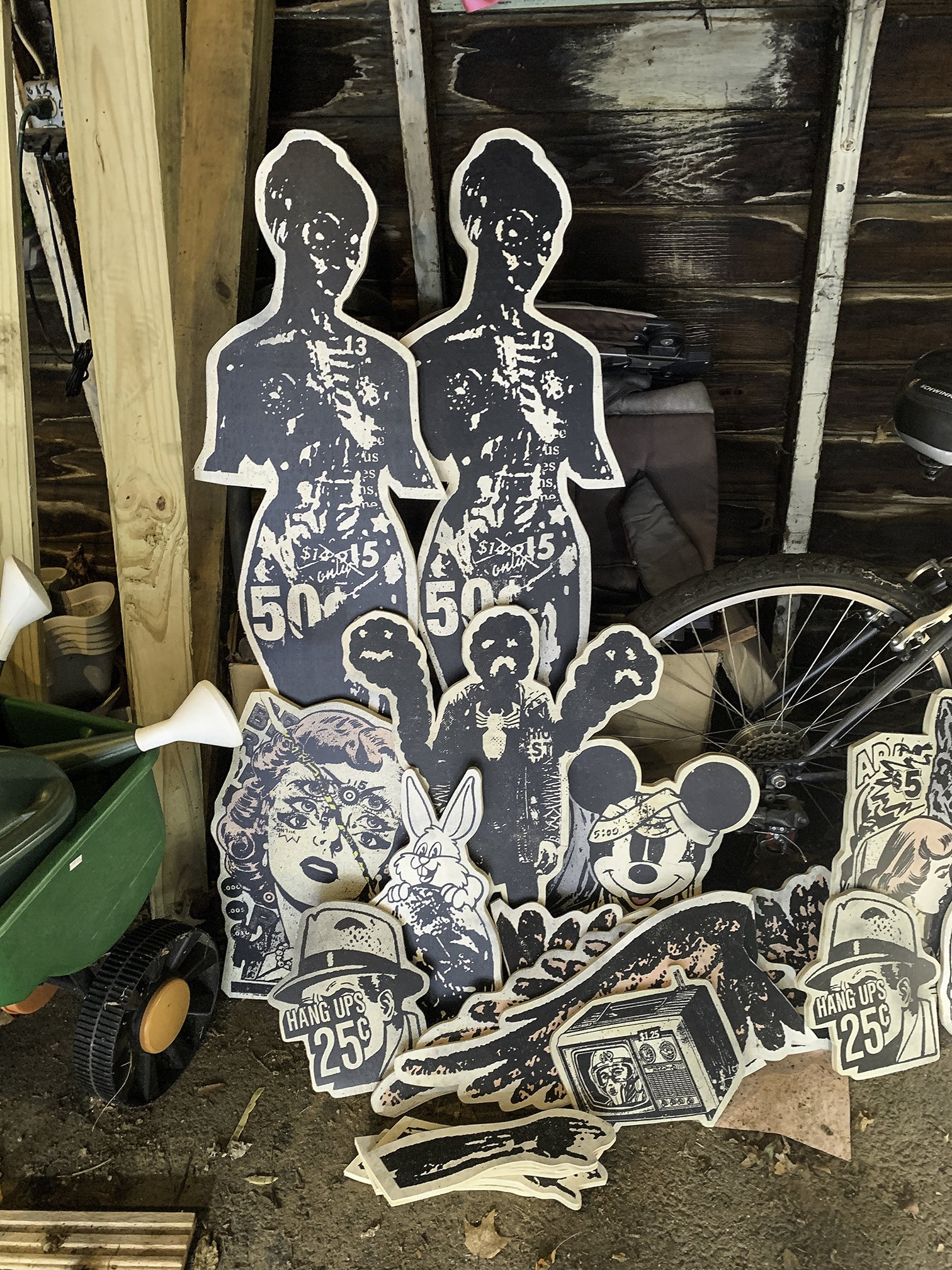
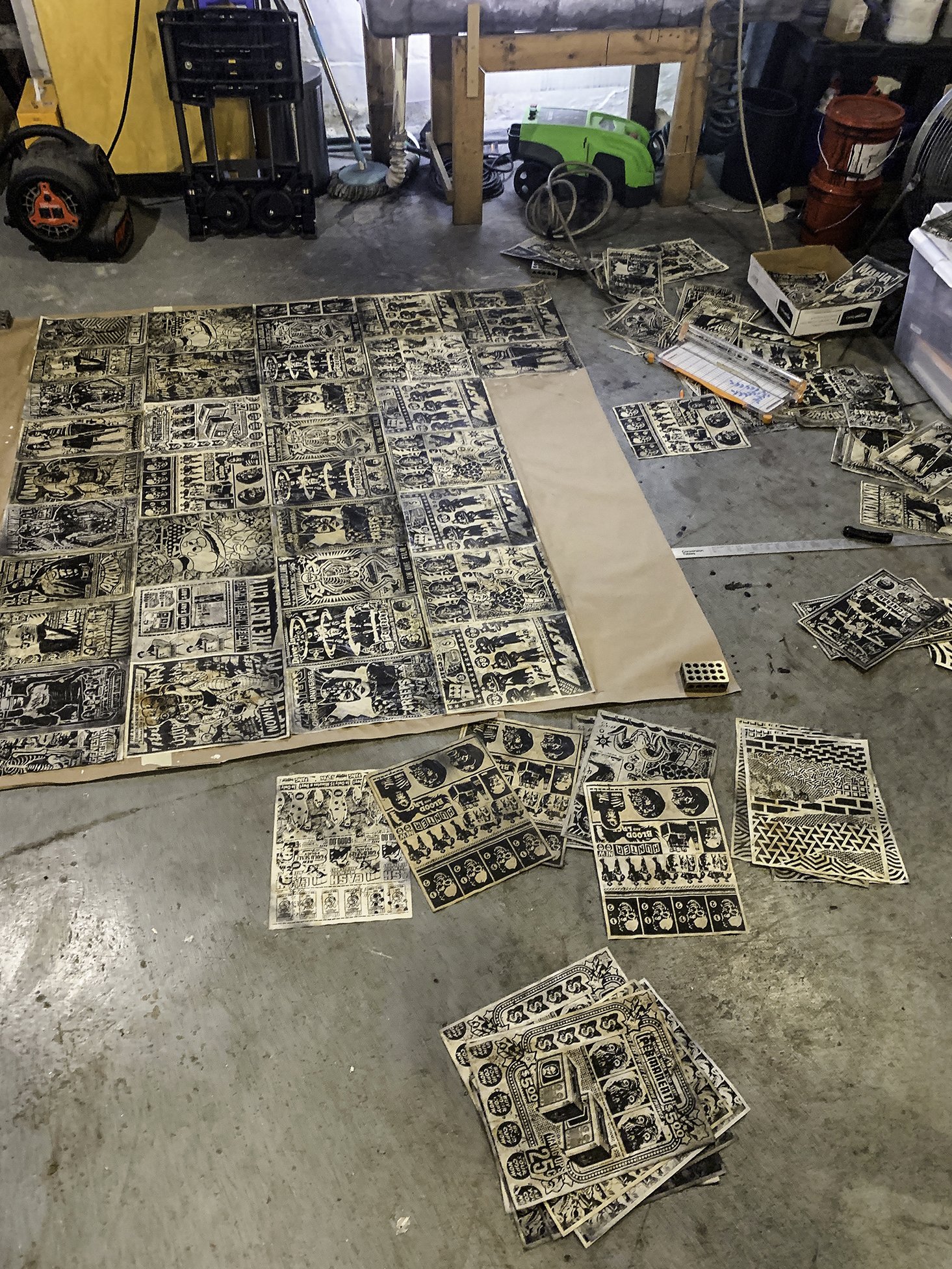

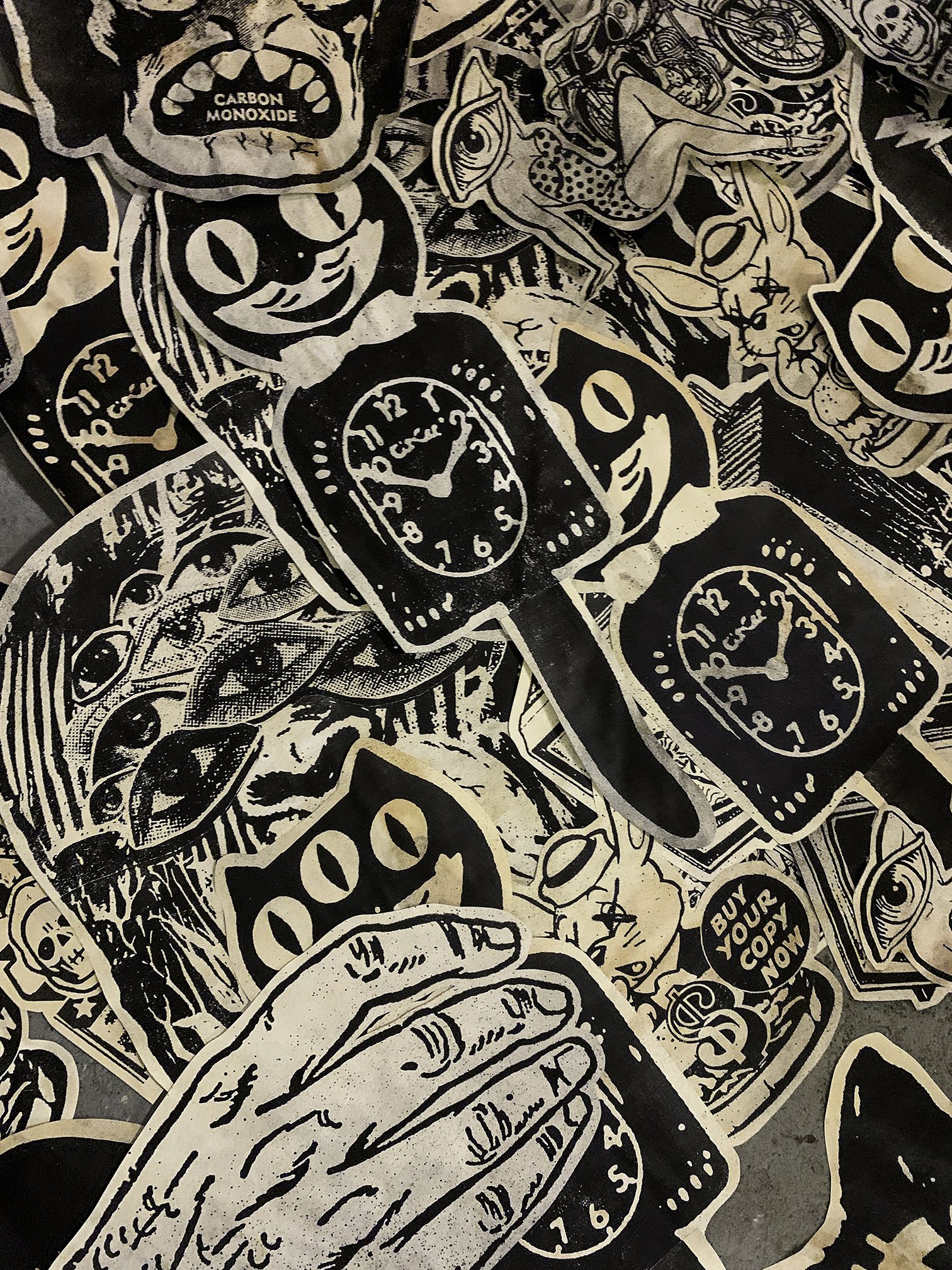
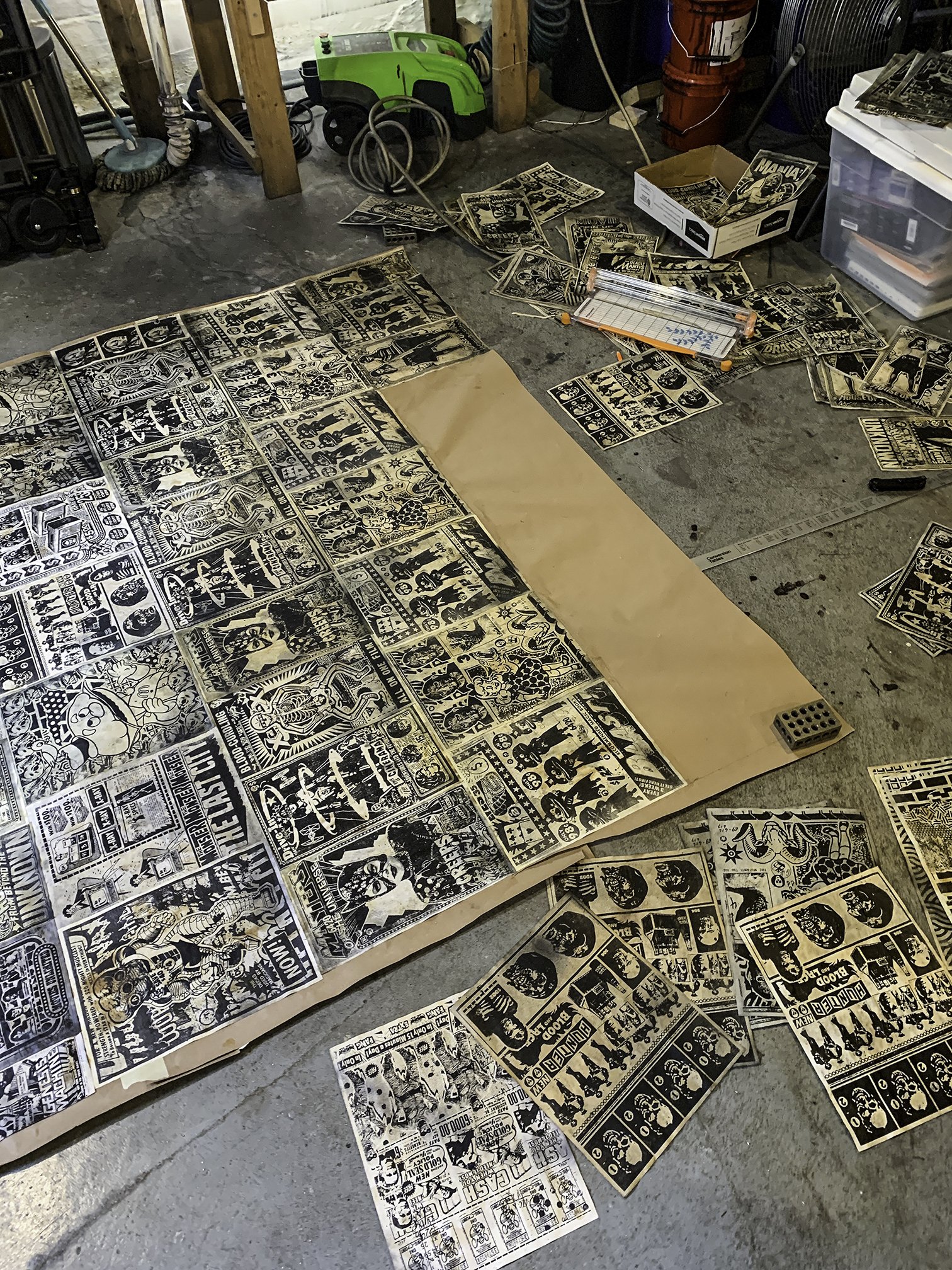
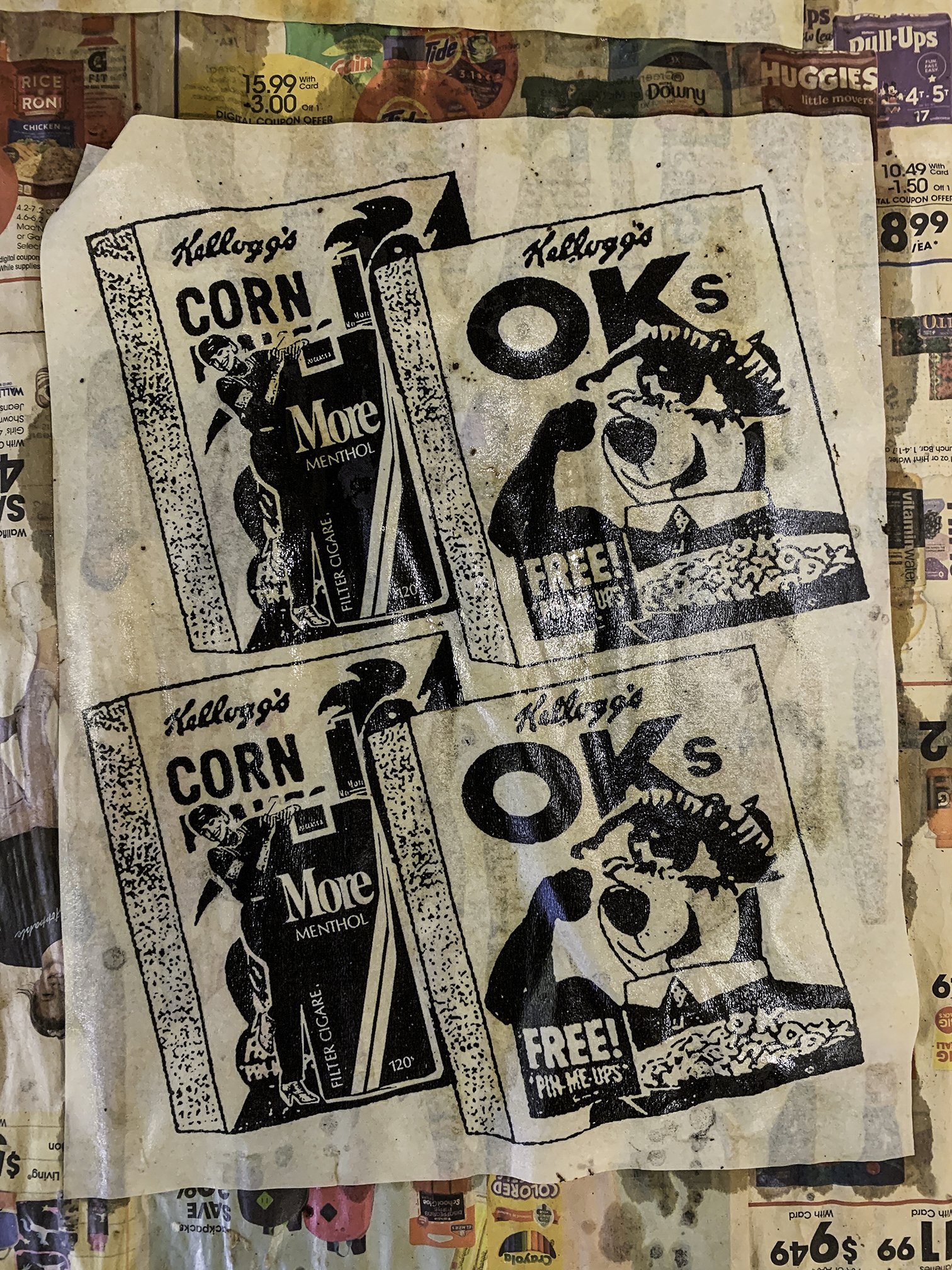
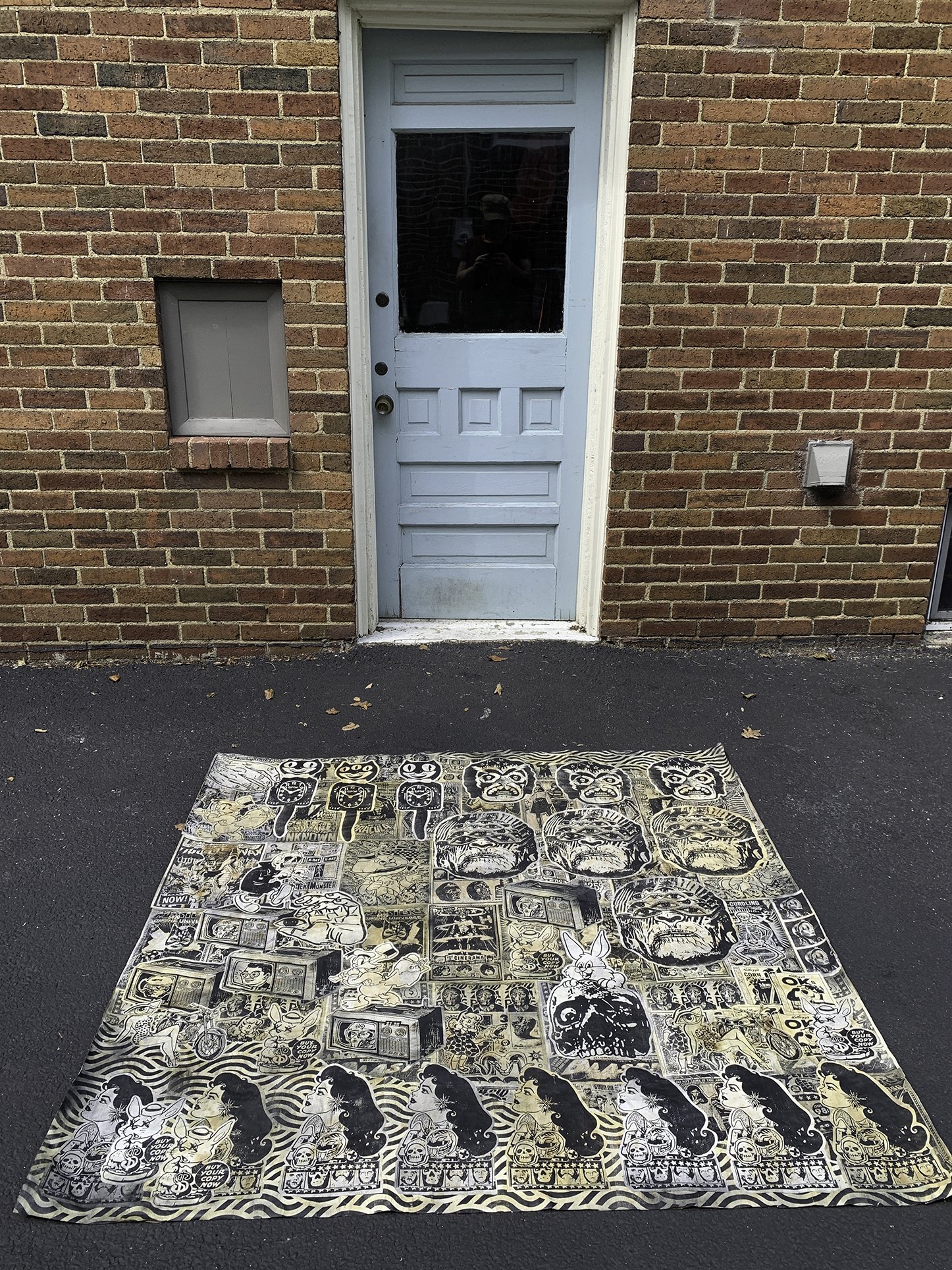
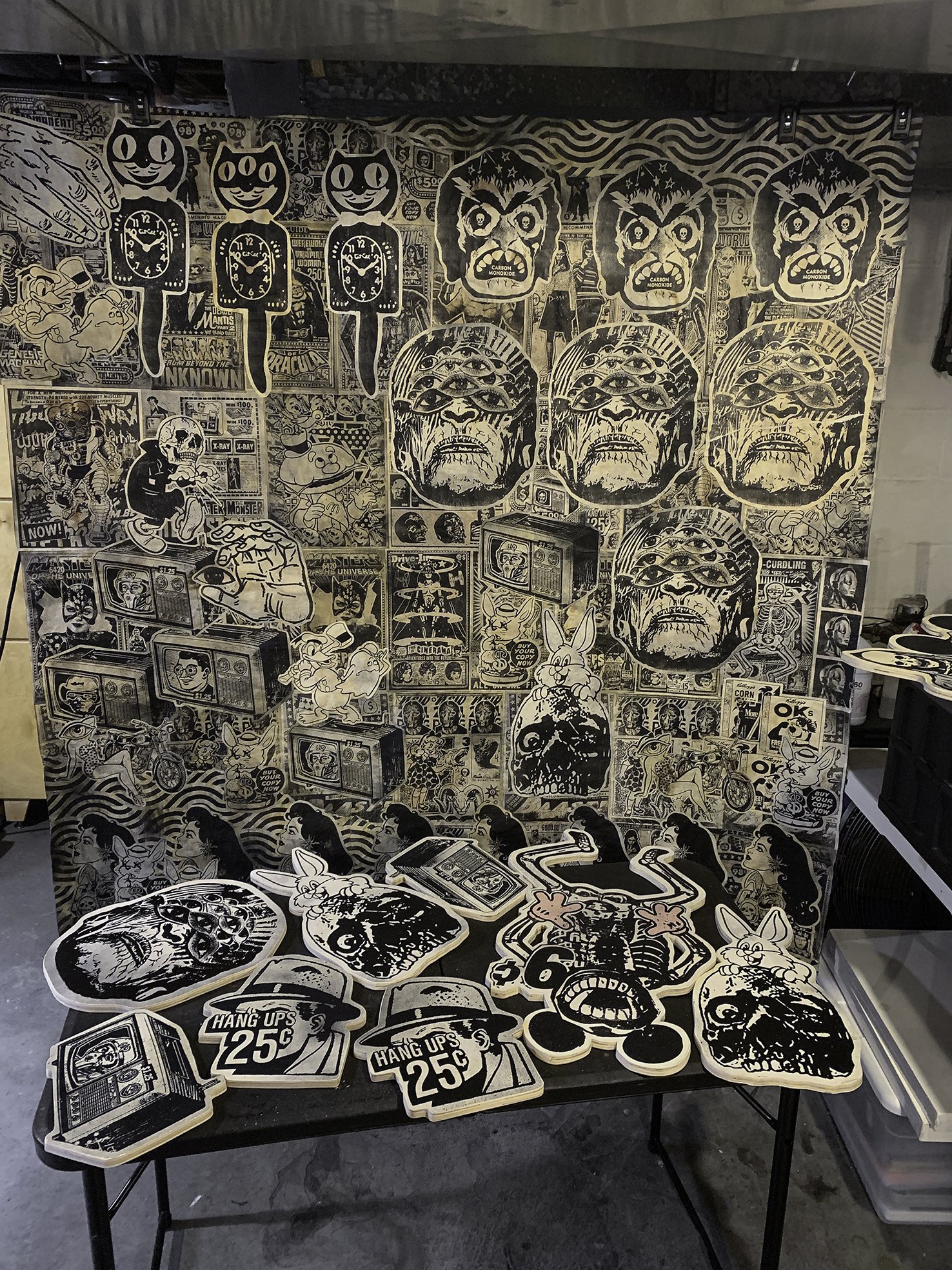
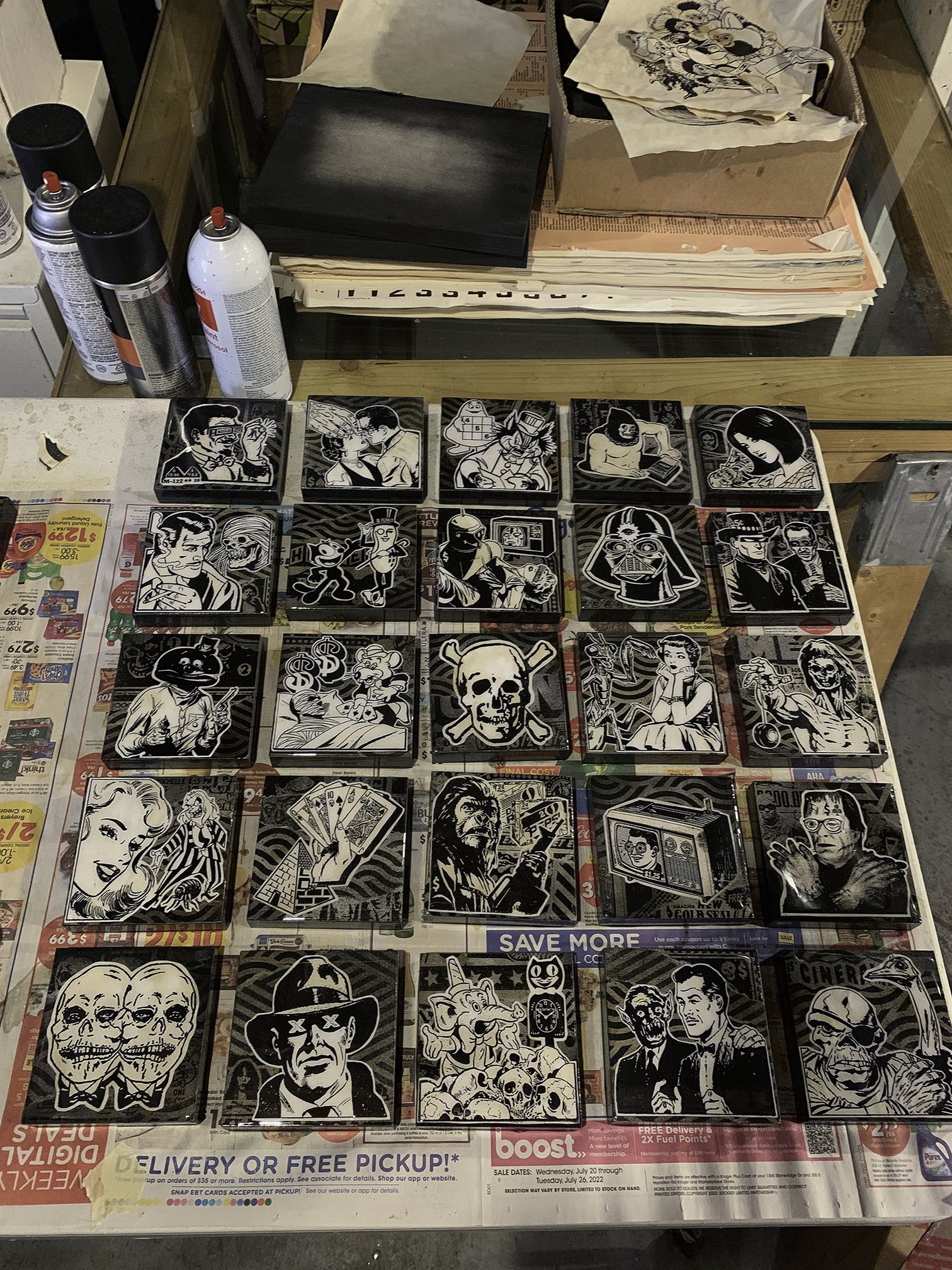
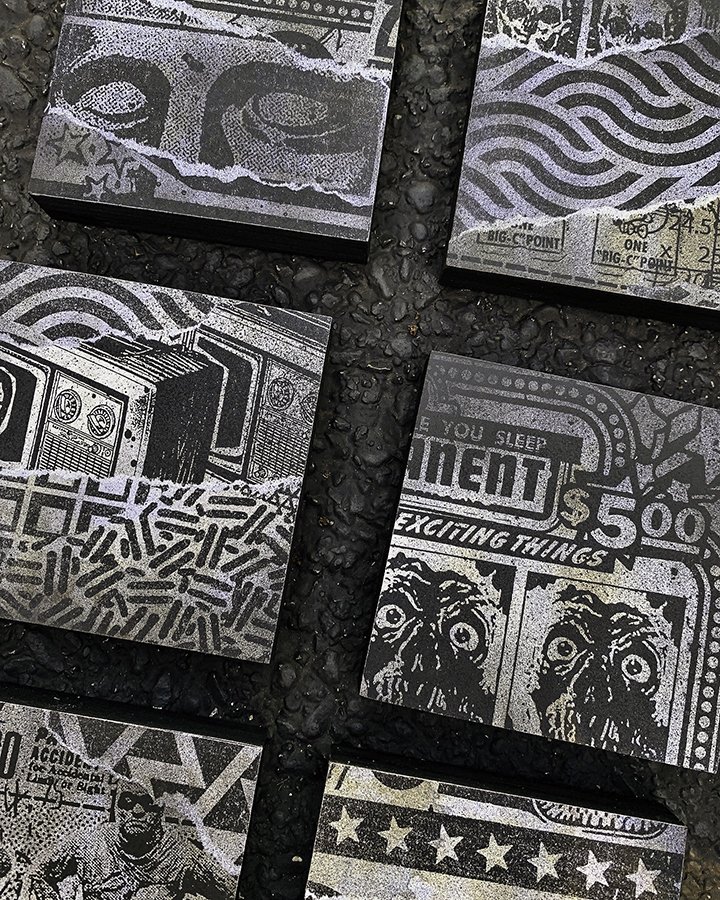
—Installation and location—
Finding a place to hang the show was by far the biggest challenge. It was easy to daydream about a the perfect space, but I had no idea where I could actually do it. There’s not a lot of easily accessible empty industrial spaces here (at least to my knowledge). I had already produced 2/3 of the work before knowing if I even had a place I could use. Looking for help with this problem I reached out to Nick Fancher, a photographer friend to see if he had any locations he was familiar with, and to my luck he did. In fact he had a studio in one. He invited me to check it out, and it was perfect. His studio is located at The Fort, a partially converted maker space here in Columbus, Ohio. It still has a lot of empty warehouse spaces and the rest is filled out with artist studios and small businesses.
It was a huge relief to actually have such a space secured. It was raw and atmospheric, just like I had envisioned. Everything felt much more real and possible with that huge detail worked out. The day of installation was fairly smooth going. We had a 5 hour block of time to set up, photograph it all, and pack it up. I was assisted by Nick and my wife, Hristina Panovska. It took about 3.5 hours to get it set up, and once it was, we immediately started documenting.
I would like to give Nick a great deal of credit in capturing the best images of the show. Getting the scale correct without having the artwork get completely lost within the space was a challenge. In the end, all that is left of the show are the images and artifacts - Nick is a skilled photographer and did an amazing job capturing it all. It was a tight amount of time to document it all. I was offered the opportunity to keep the show in place and as tempting as that was, the plan was alway to have it be a fleating moment and I wanted to follow through on that concept.
Big thanks goes out to the Great Folks running The Fort, Nick Fancher, Hristina Panovska, Joe Simbar, Greg Jones, my Patreon members, and all of you who took the time to view the work and read all of this.
This was an independent production, but I couldn't have done it without all of you and your support. I’m truly grateful.
Cheers!
Paul

